Tasting glasses
View all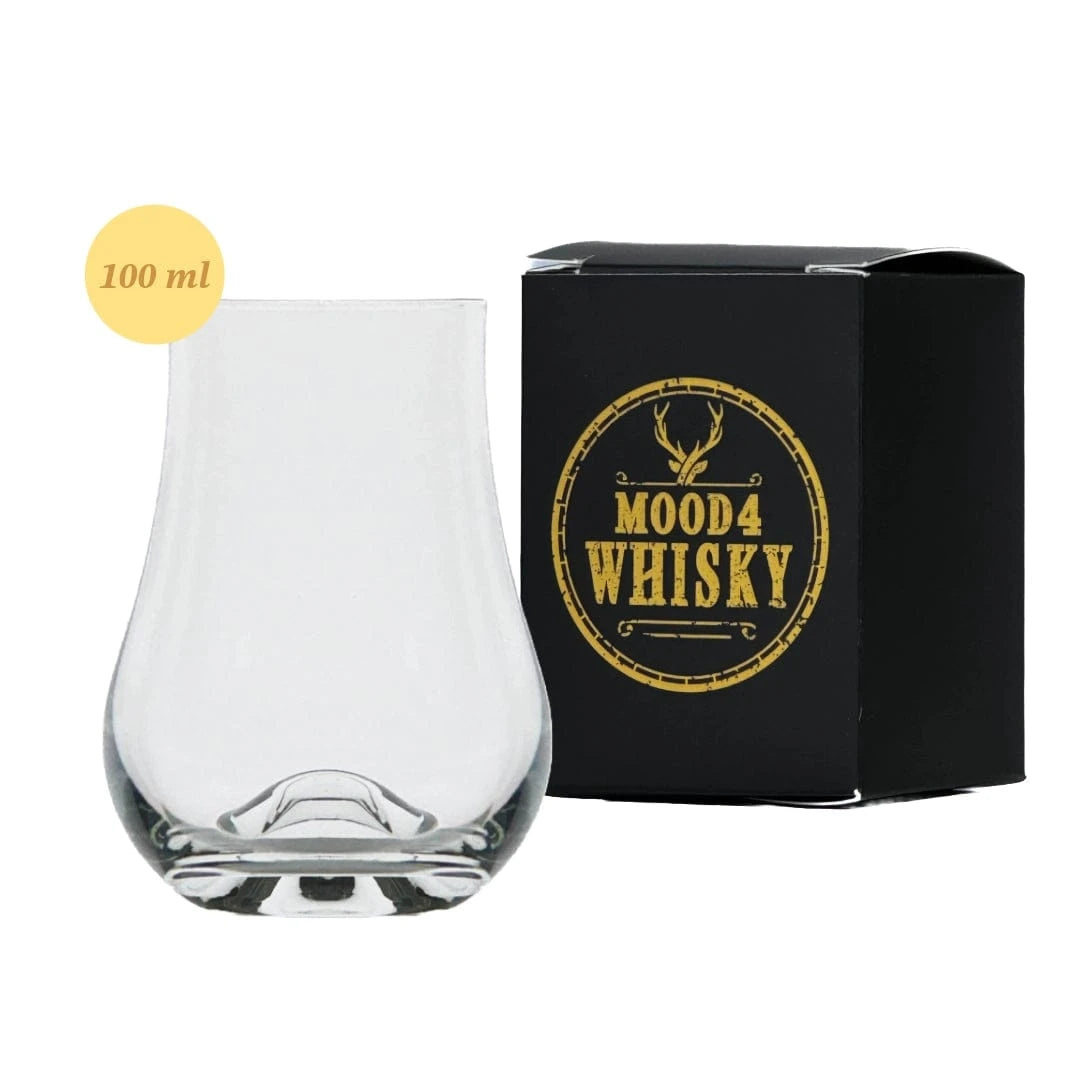
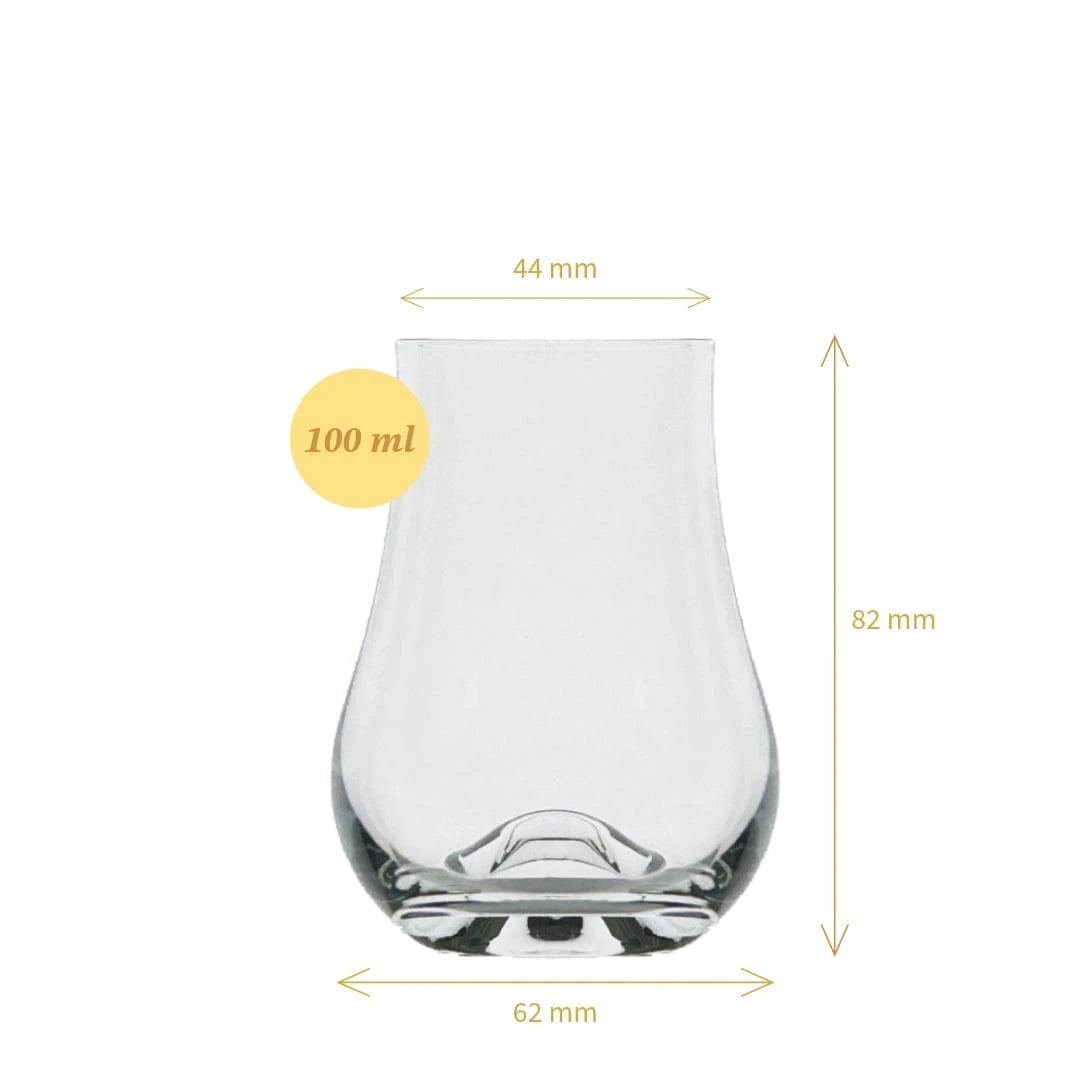
Mood4Whisky – Whisky Taster – 100 ml – Gift Carton
€8,95
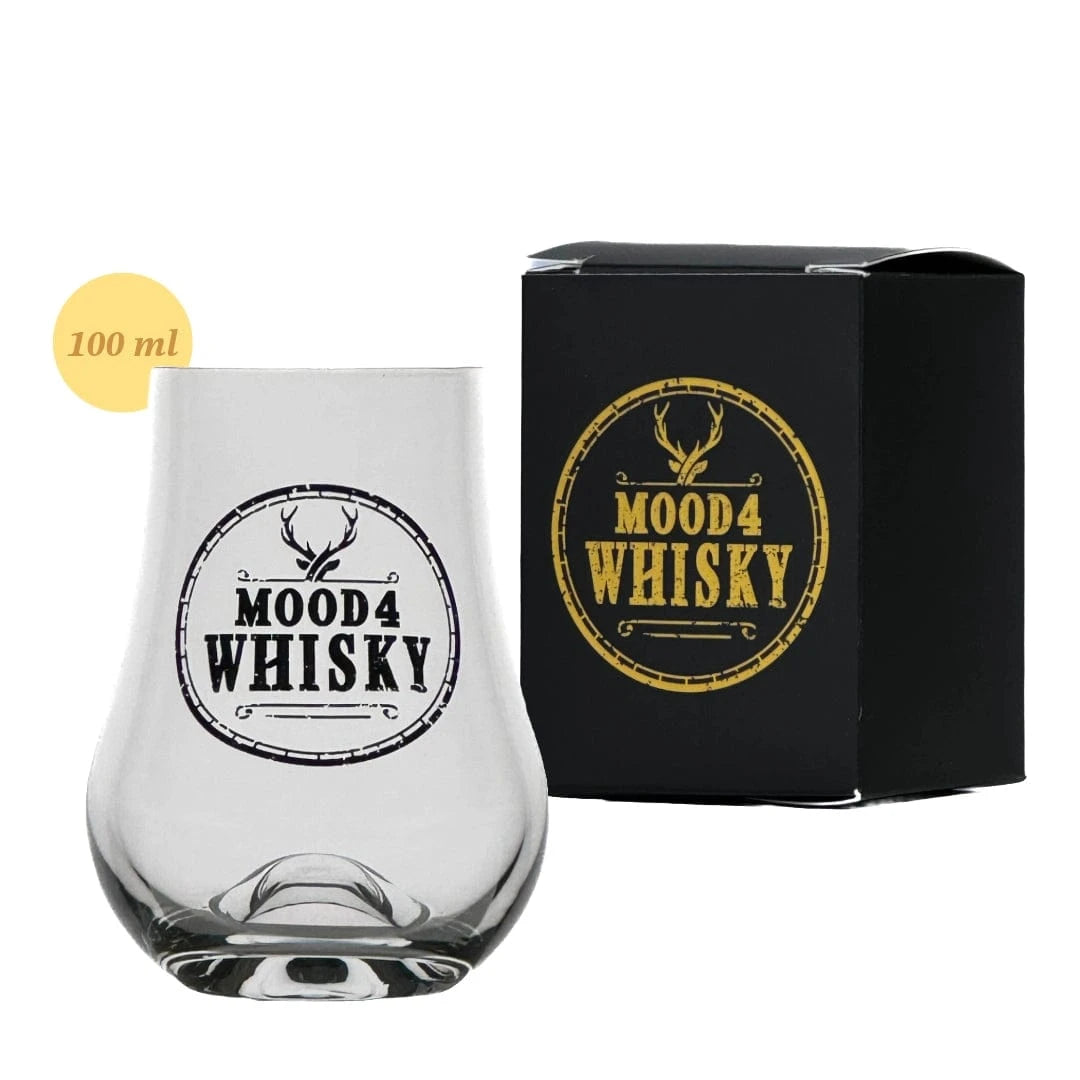
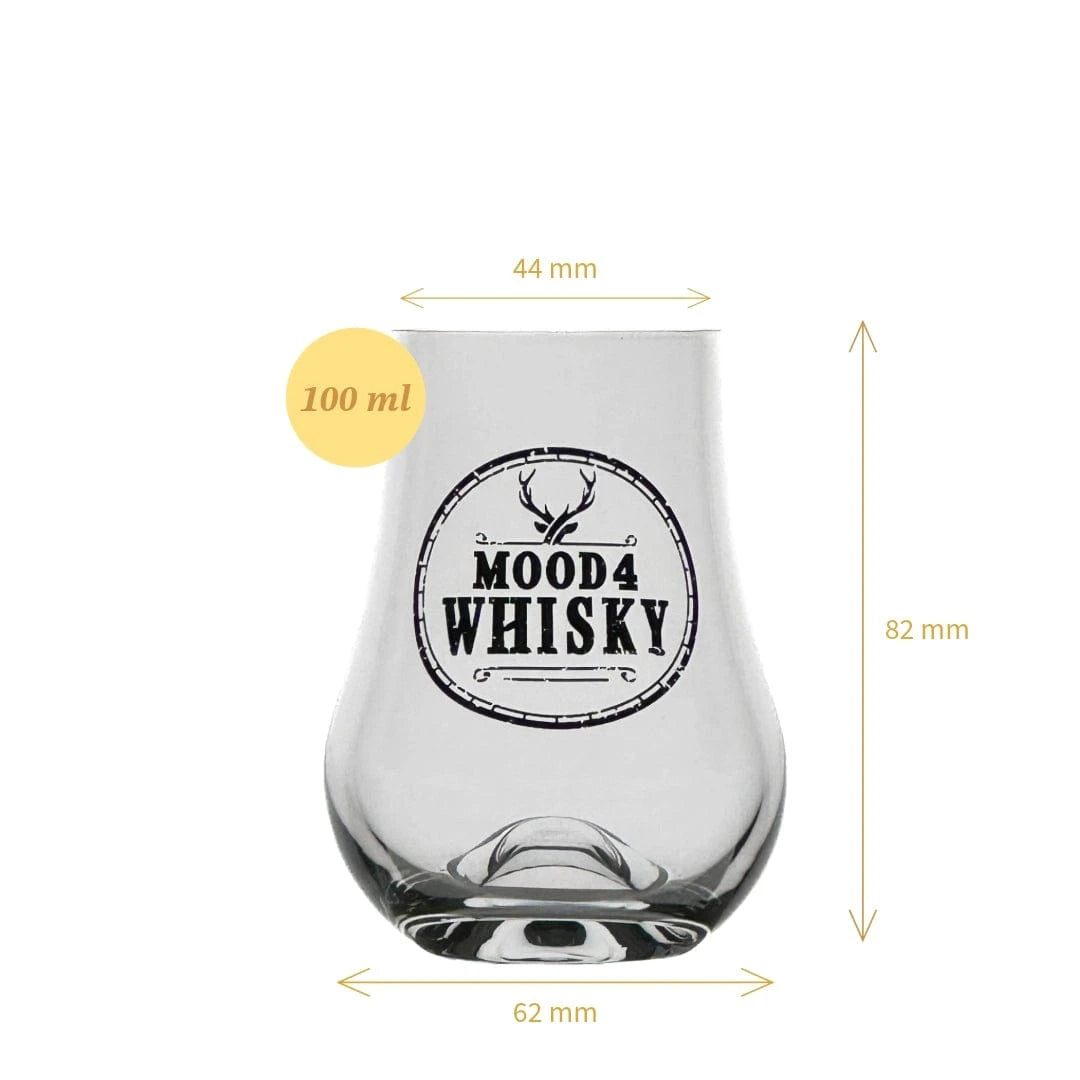
Mood4Whisky – Whisky Taster with logo – 100 ml
€8,95
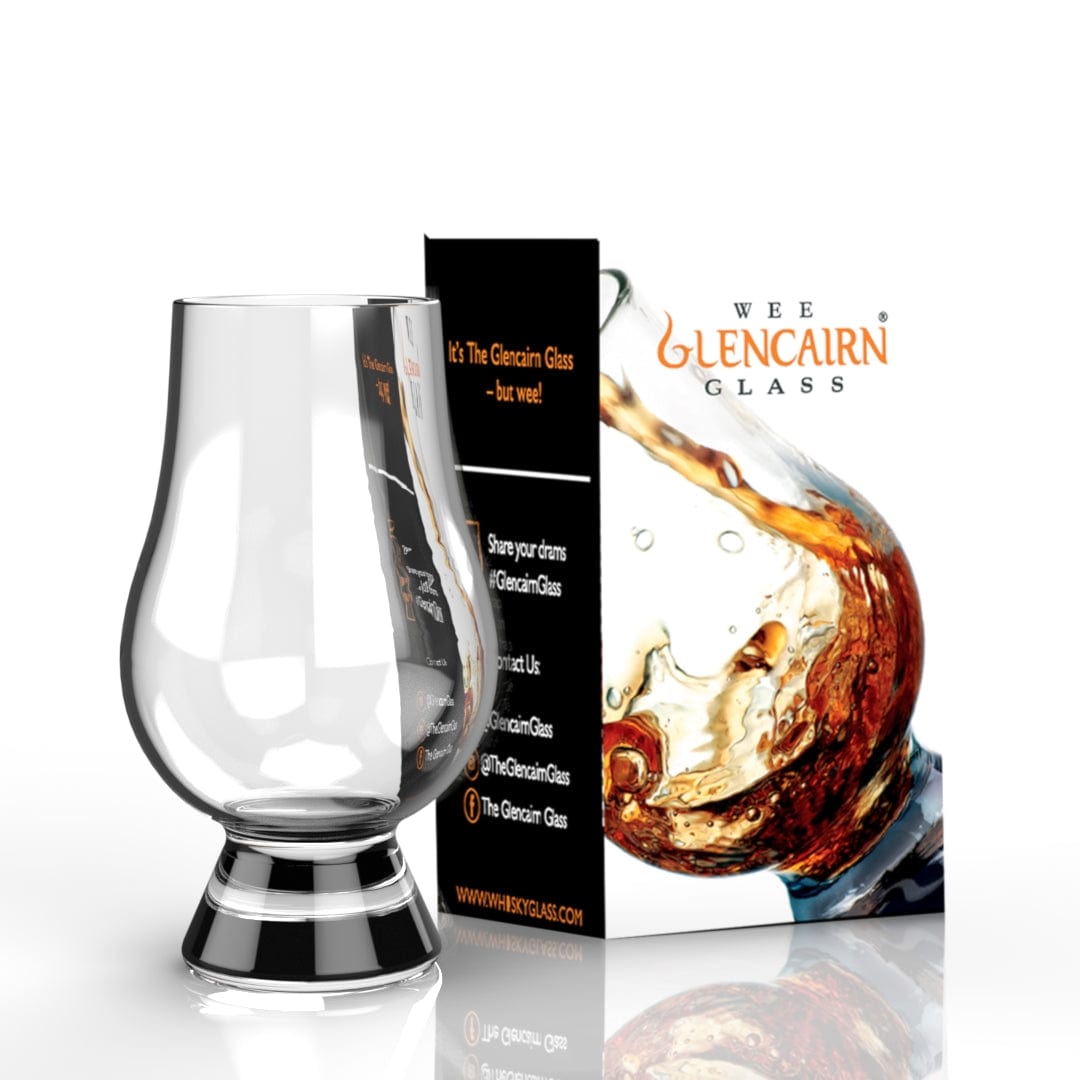
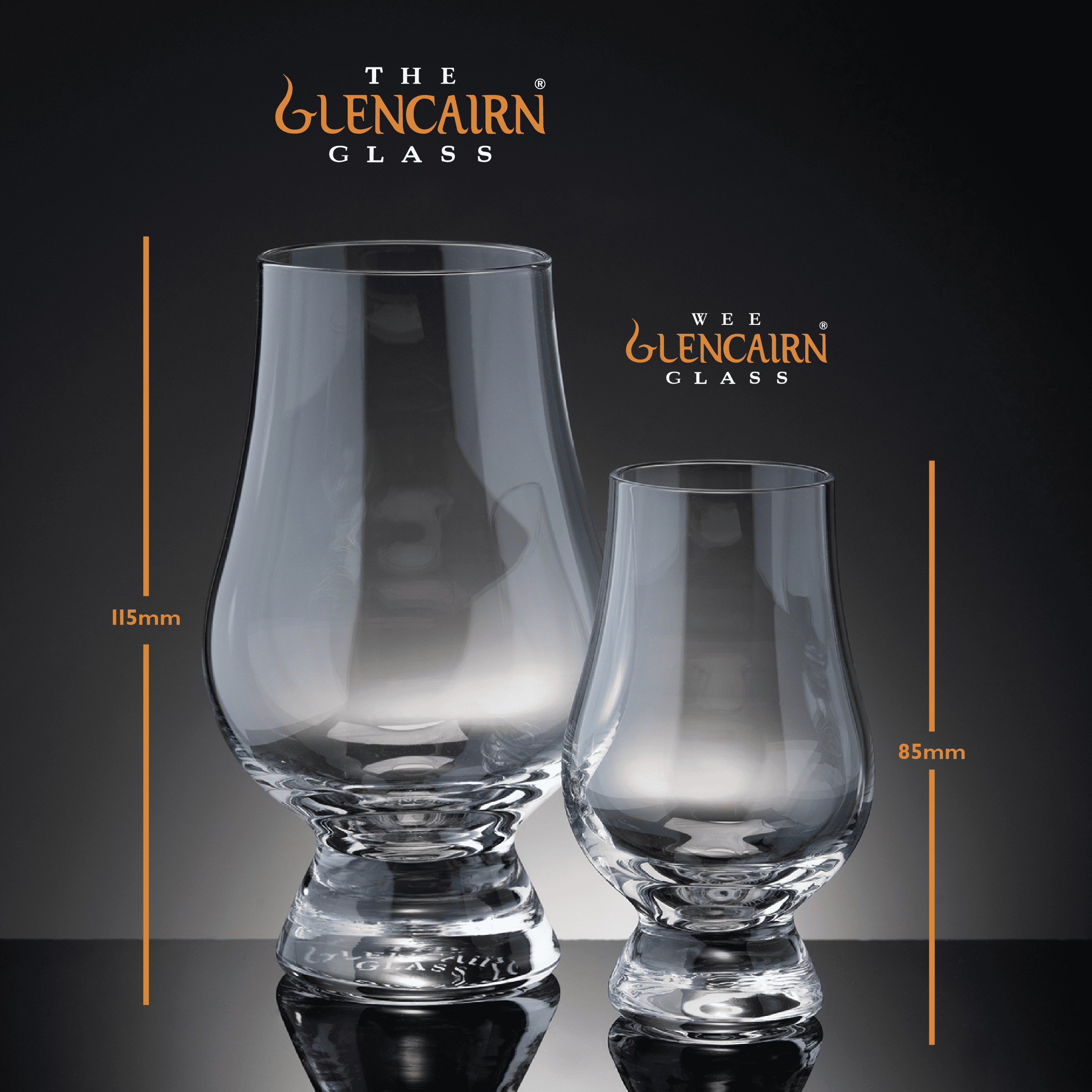
Glencairn – WEE Whisky Glass – Lead-Free Crystal – 70 ml
€8,95


Glencairn – WEE Glass – Lead-Free Crystal – Gift Carton
€9,95
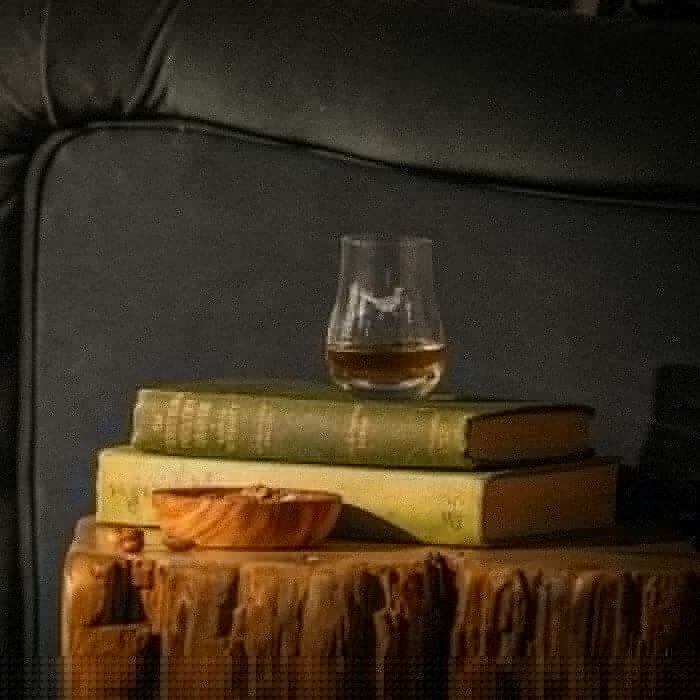

Just Slate Company – Whisky Tasting Glass – Engraved Pheasant – 200 ml
€14,95
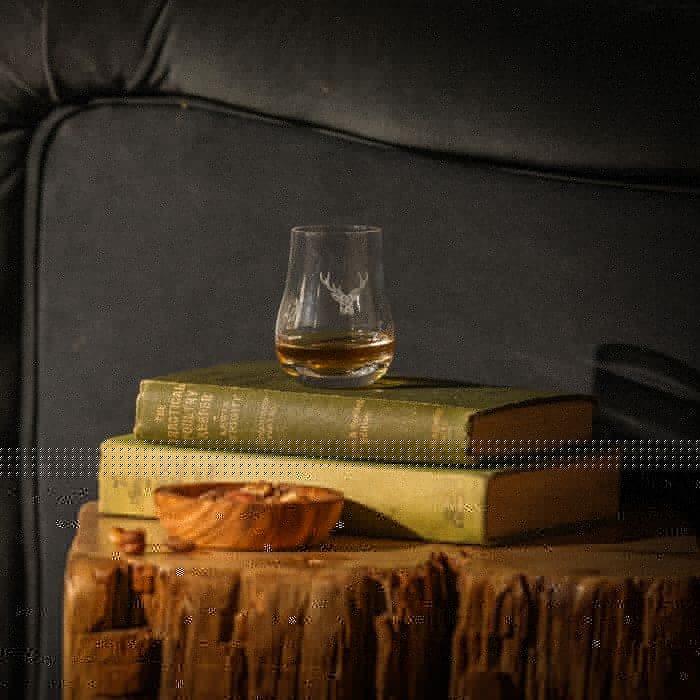
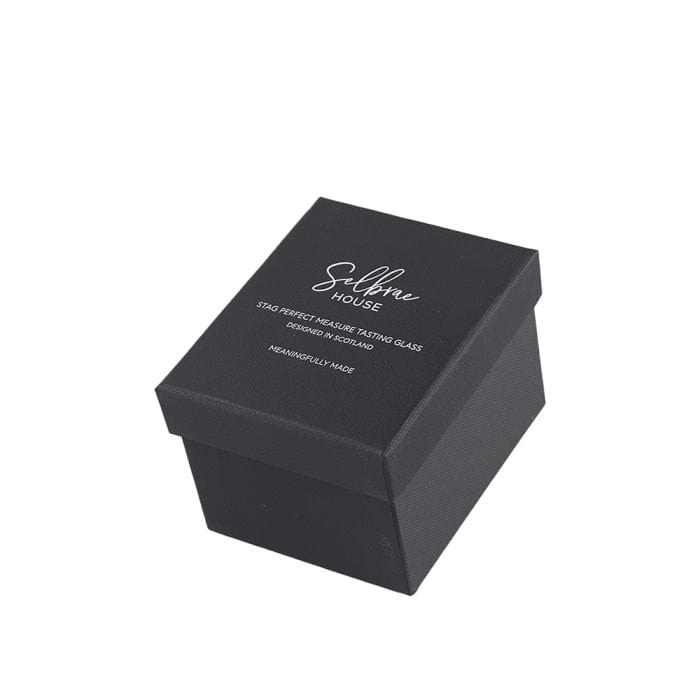
Just Slate Company – Whisky Tasting Glass – Engraved Stag – Gift Box
€14,95
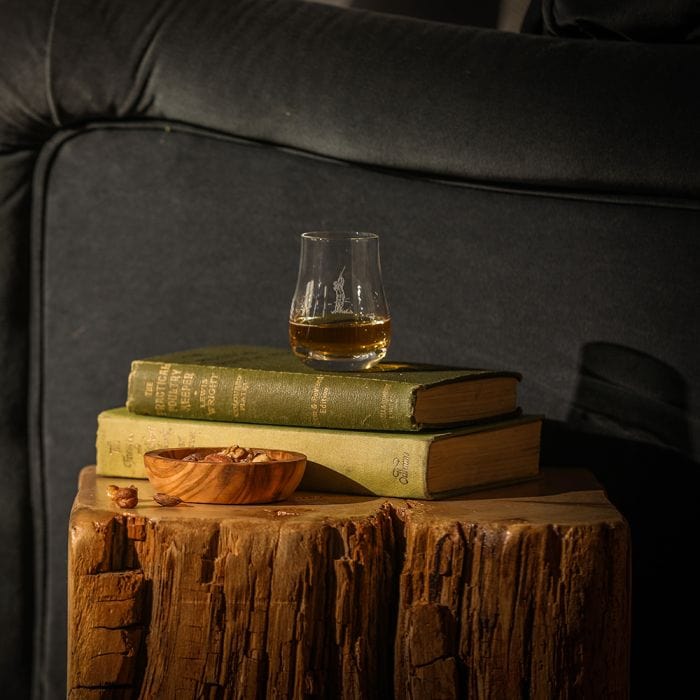
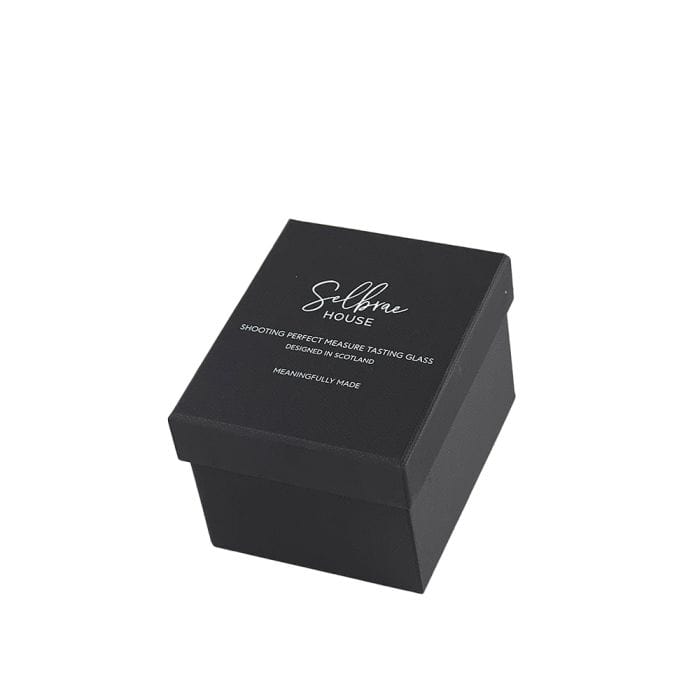
Just Slate Company – Whisky Tasting Glass – Engraved – 100 ml
€14,95

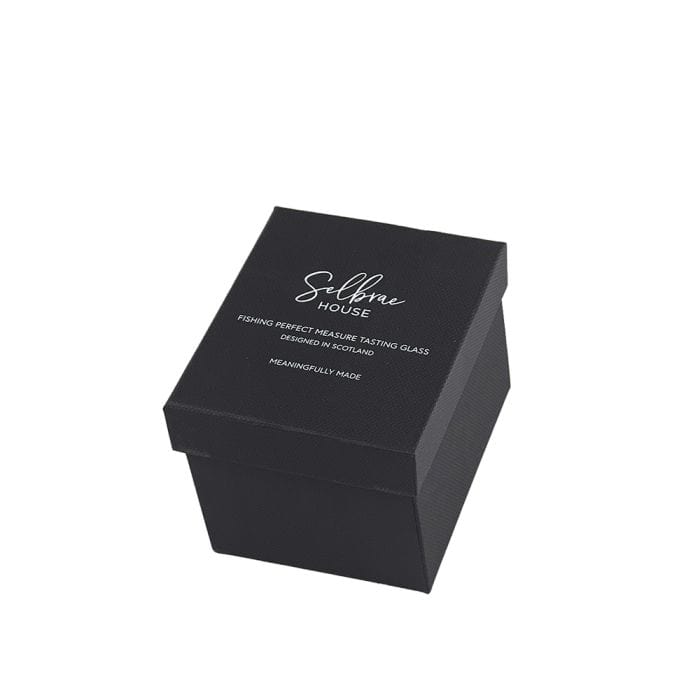
Just Slate Company – Whisky Tasting Glass – Engraved – 100 ml
€14,95
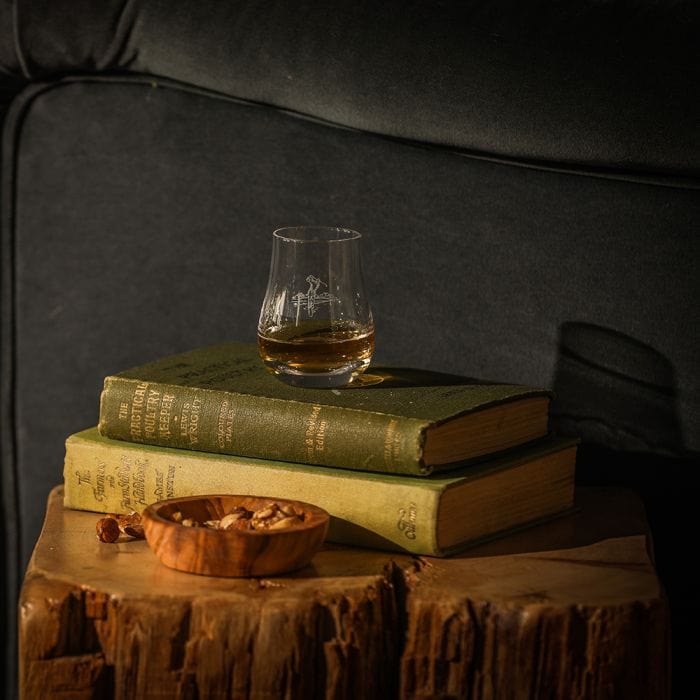

Just Slate Company – Whisky Tasting Glass – Engraved – Golf Design
€14,95
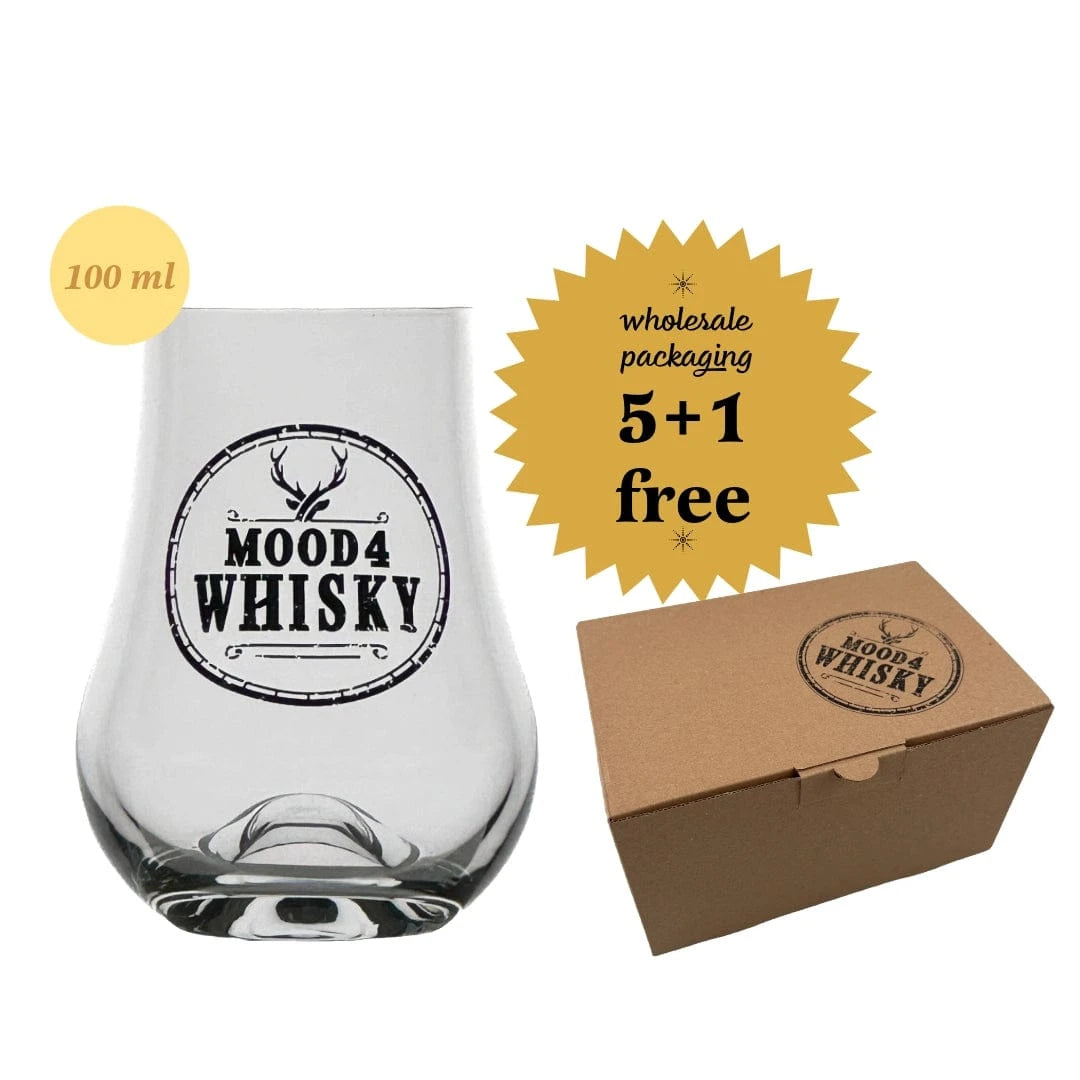
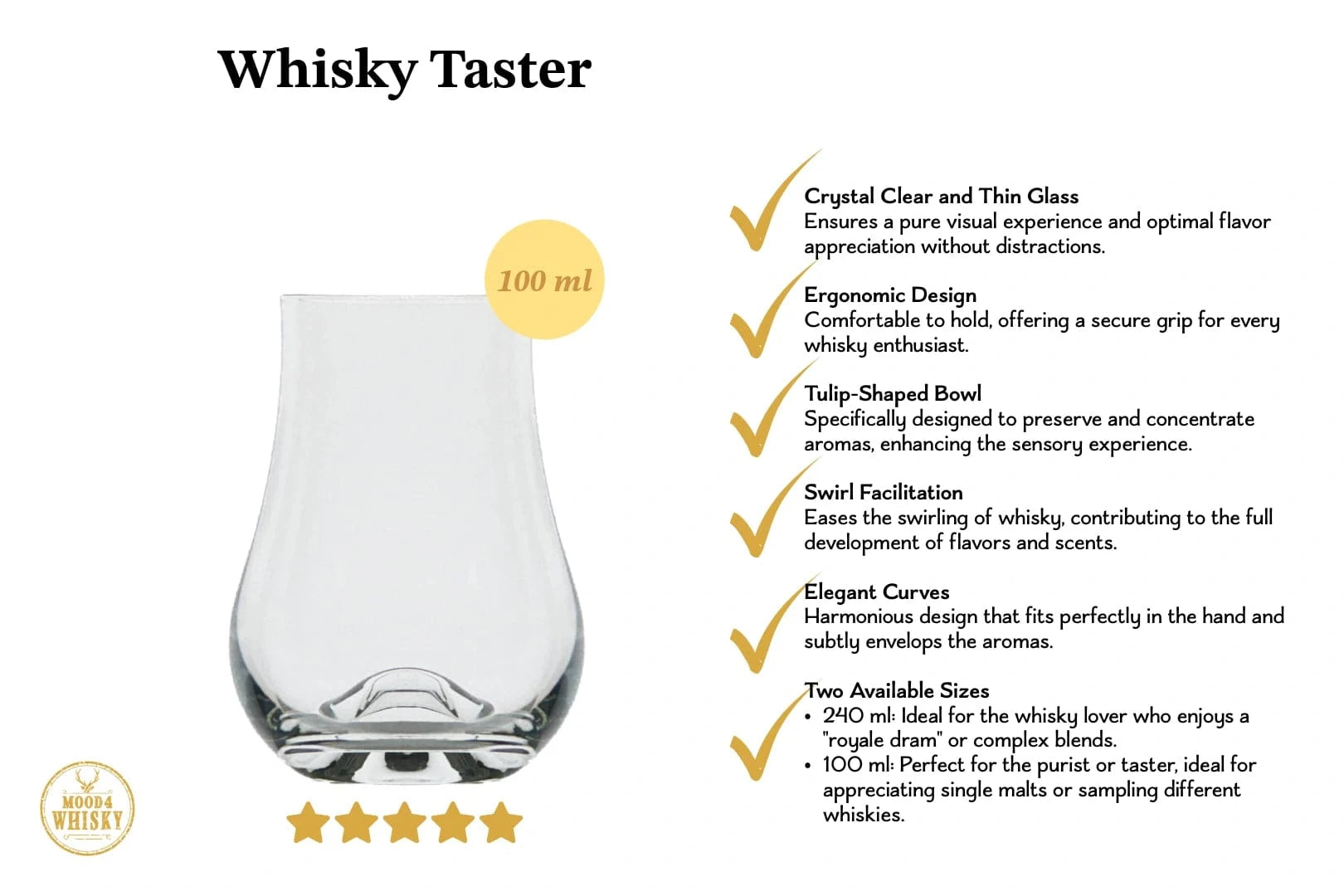
Mood4Whisky – Whisky Taster with logo - Tulip-Shaped –100 ml
€41,95
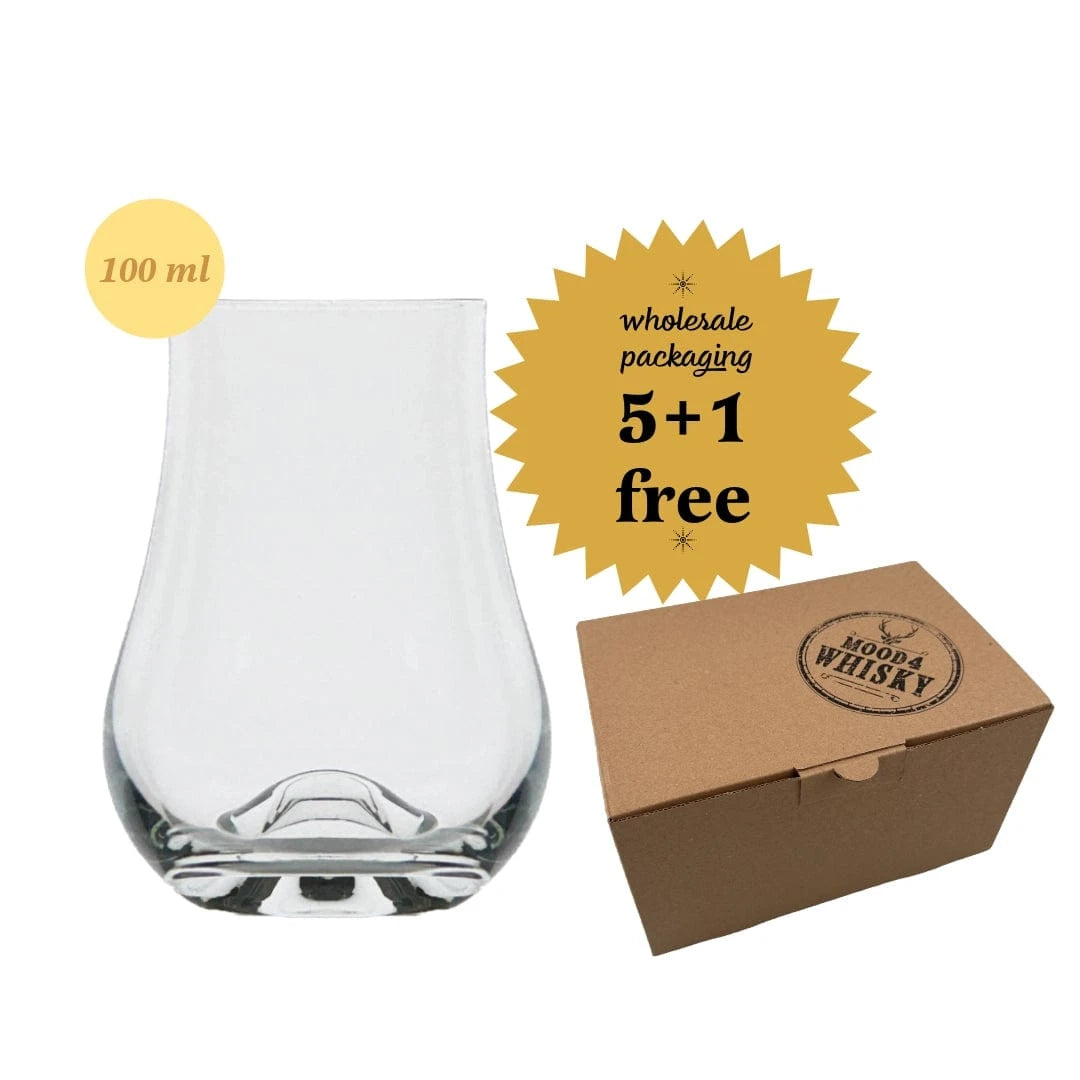

Mood4Whisky – Whisky Taster – Crystal – 100 ml – Wholesale Pack
€43,95
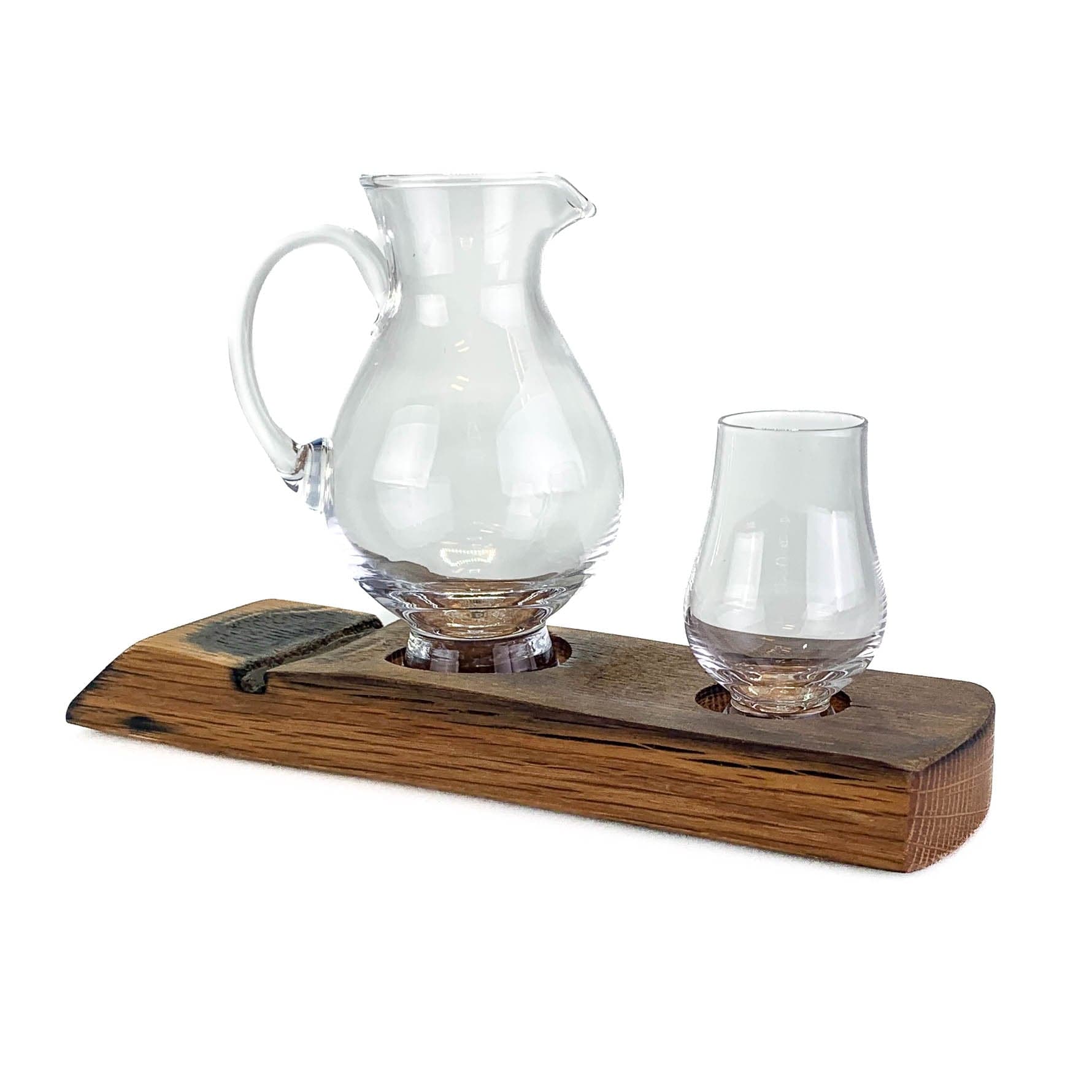
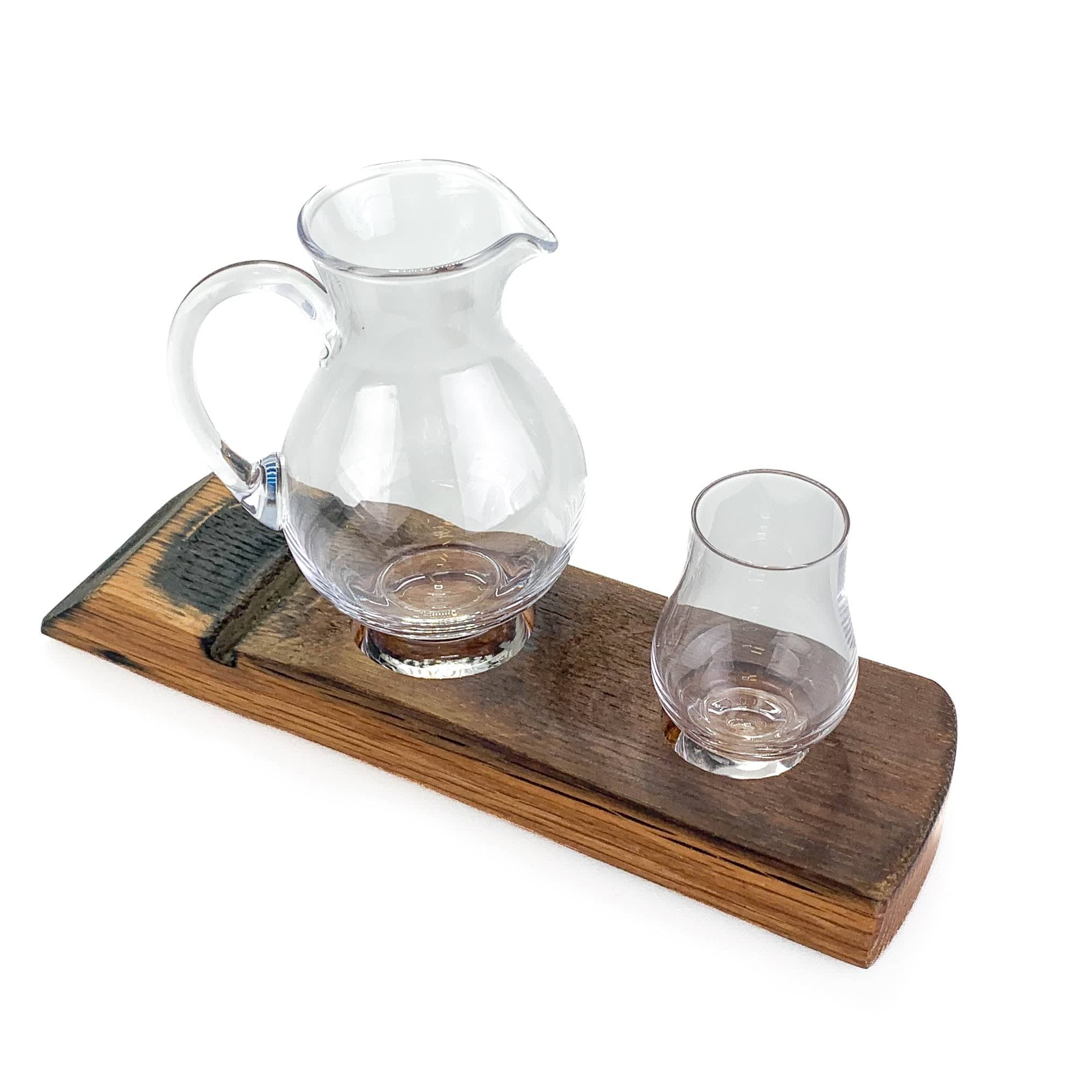
Darach – Tasting Set – Glencairn WEE Glass and Jug – Handmade
€62,95
Blind tasting glasses
View all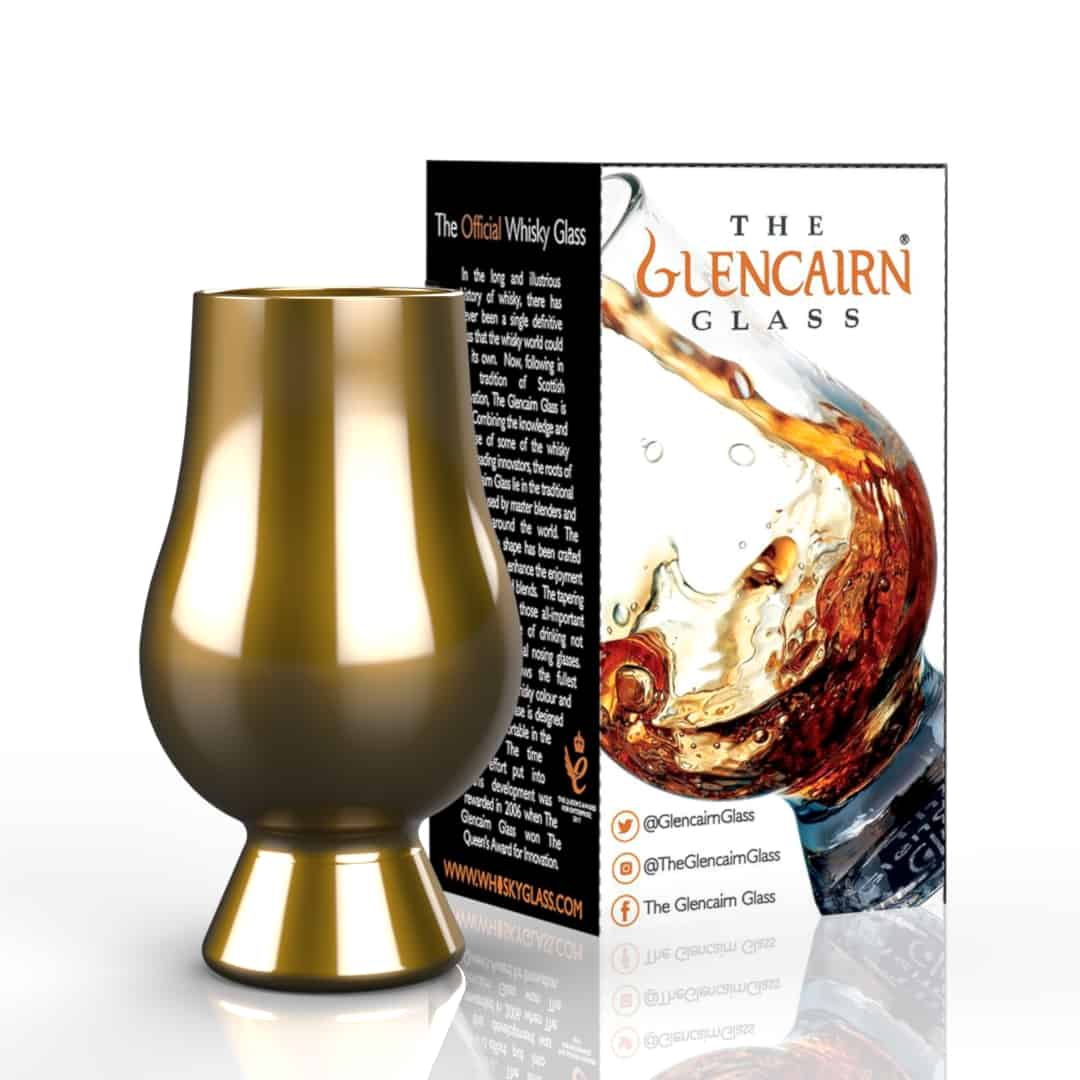
Glencairn – Whisky Glass – Lead-Free Crystal – Gold – Blind Tasting
€13,95
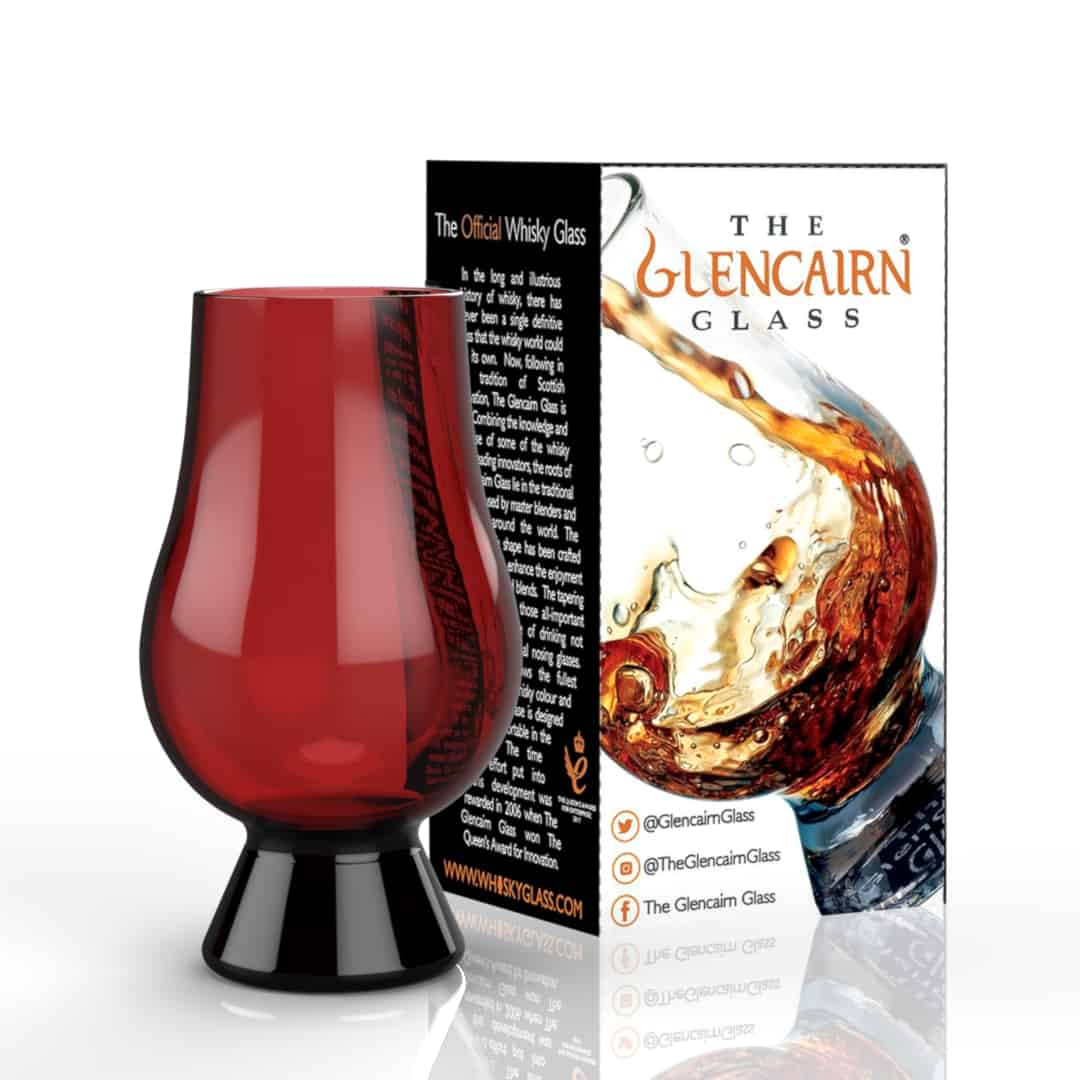
Glencairn – Whisky Glass – Red Crystal – Blind Tasting
€13,95
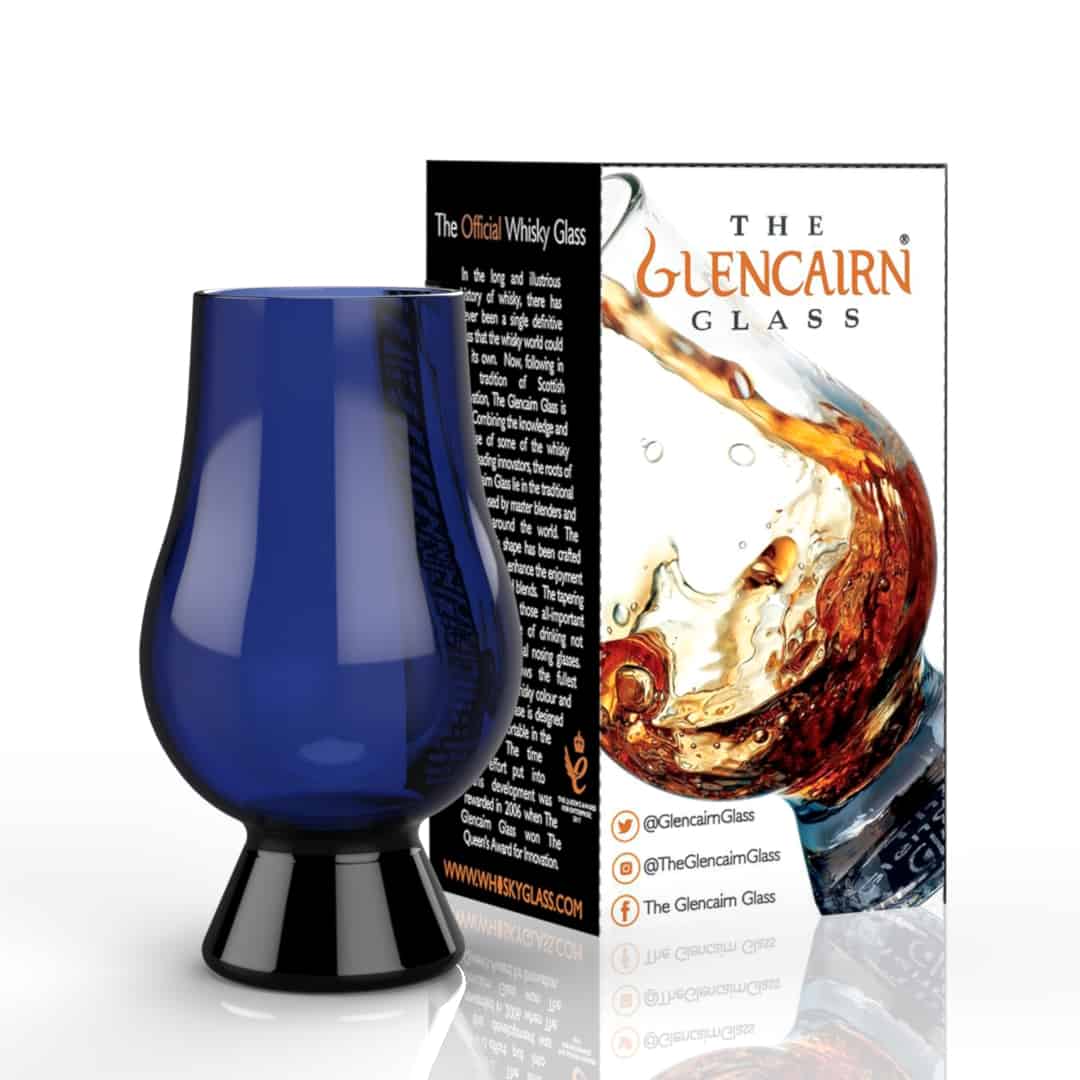
Glencairn – Whisky Glass – Blue – Lead-Free Crystal – Blind Tasting
€13,95
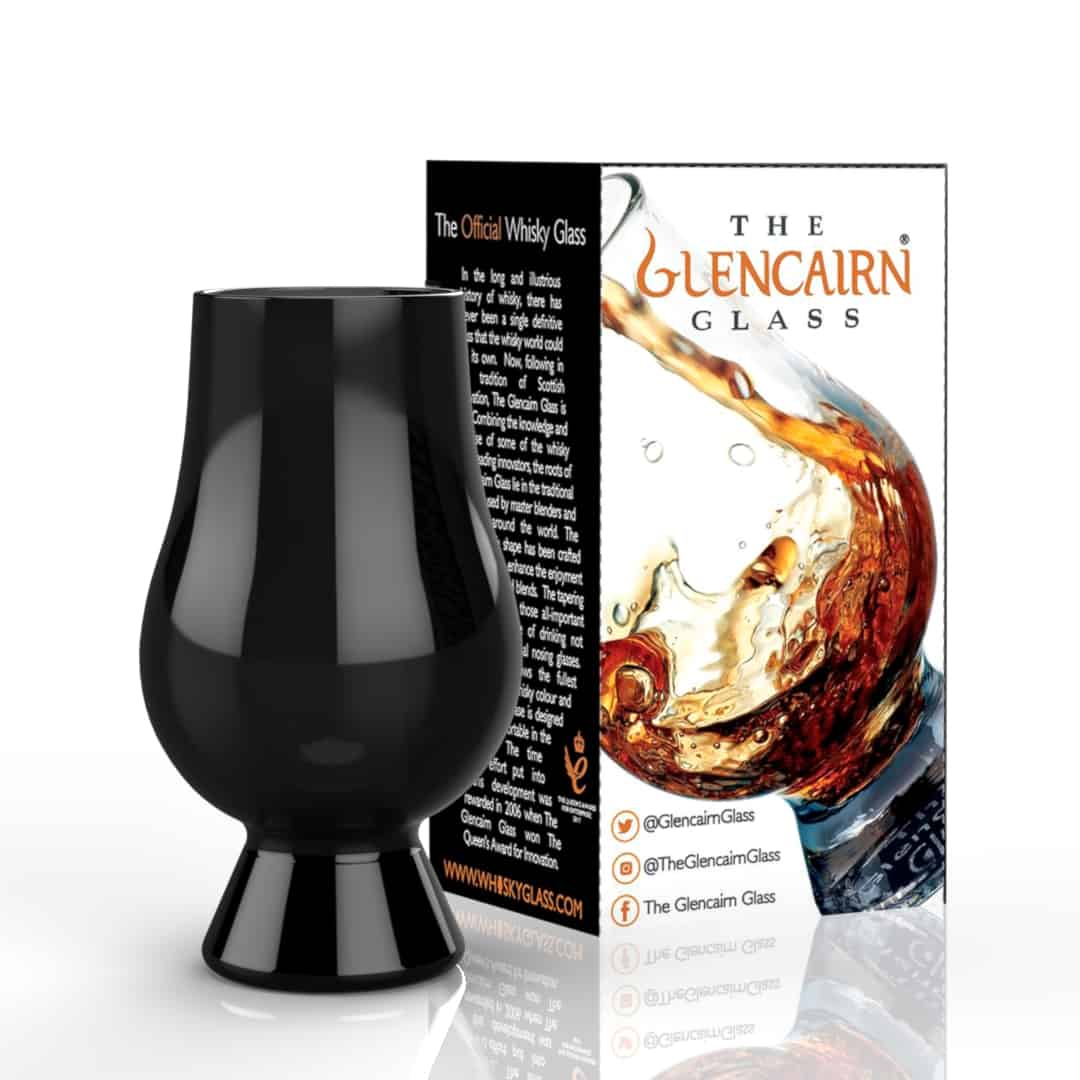
Glencairn – Whisky Glass – Black – Lead-Free Crystal – Blind Tasting
€13,95
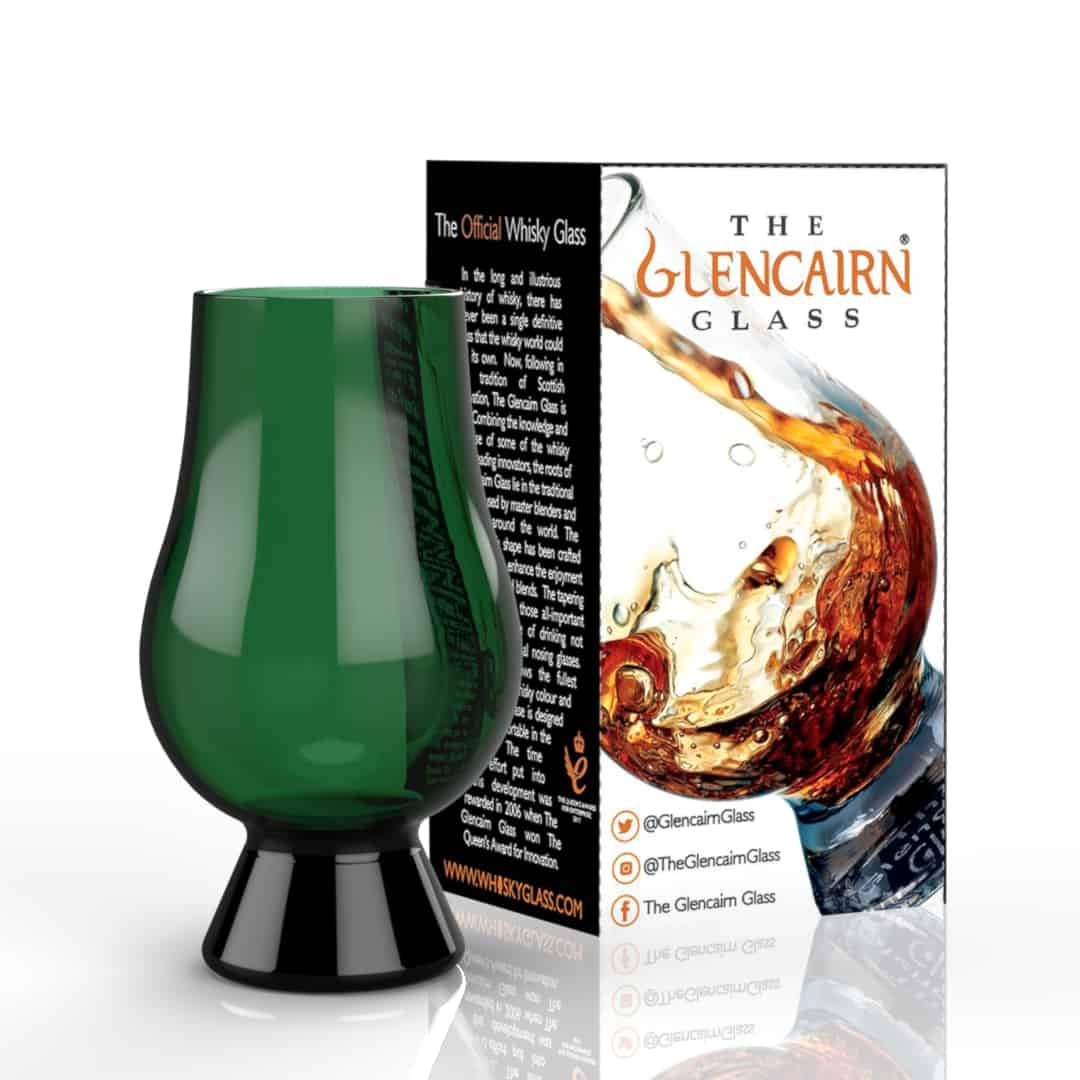
Glencairn – Whisky Glass – Green Lead-Free Crystal – Blind Tasting
€13,95
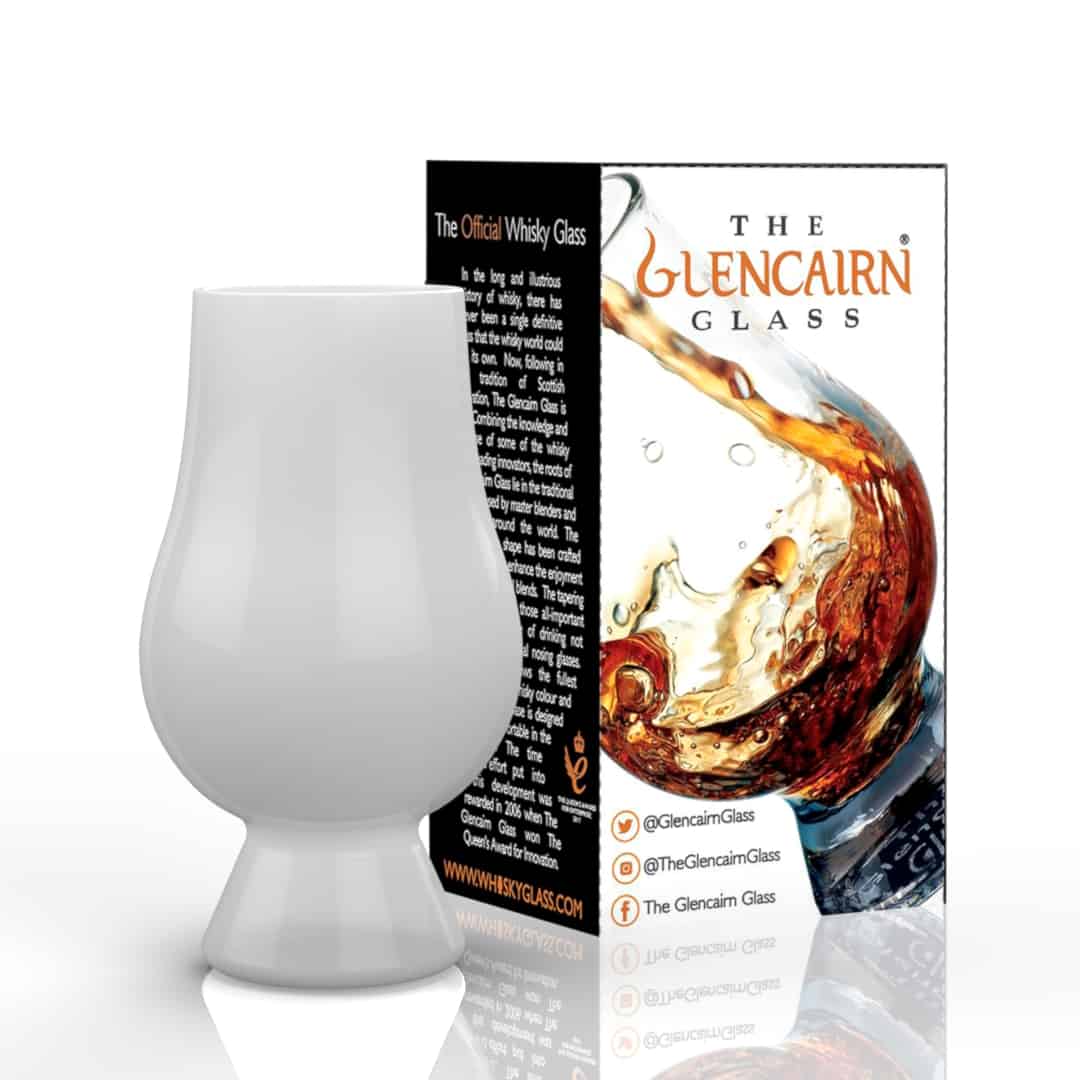
Glencairn – Whisky Glass – Lead-Free Crystal – Blind Tasting Design
€13,95
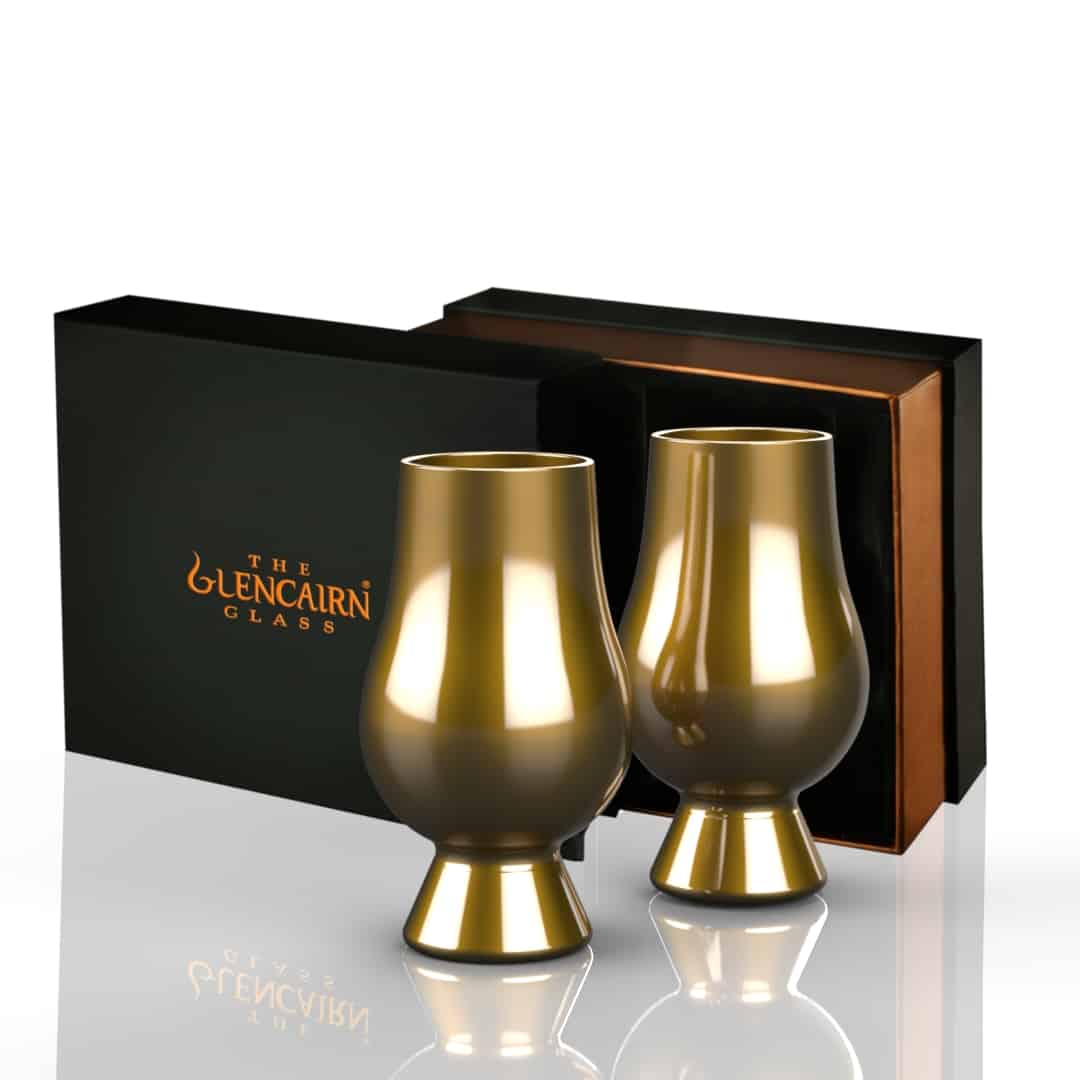
Glencairn – Whisky Glass – Gold Tint – Set of 2 – Blind Tasting
€31,95
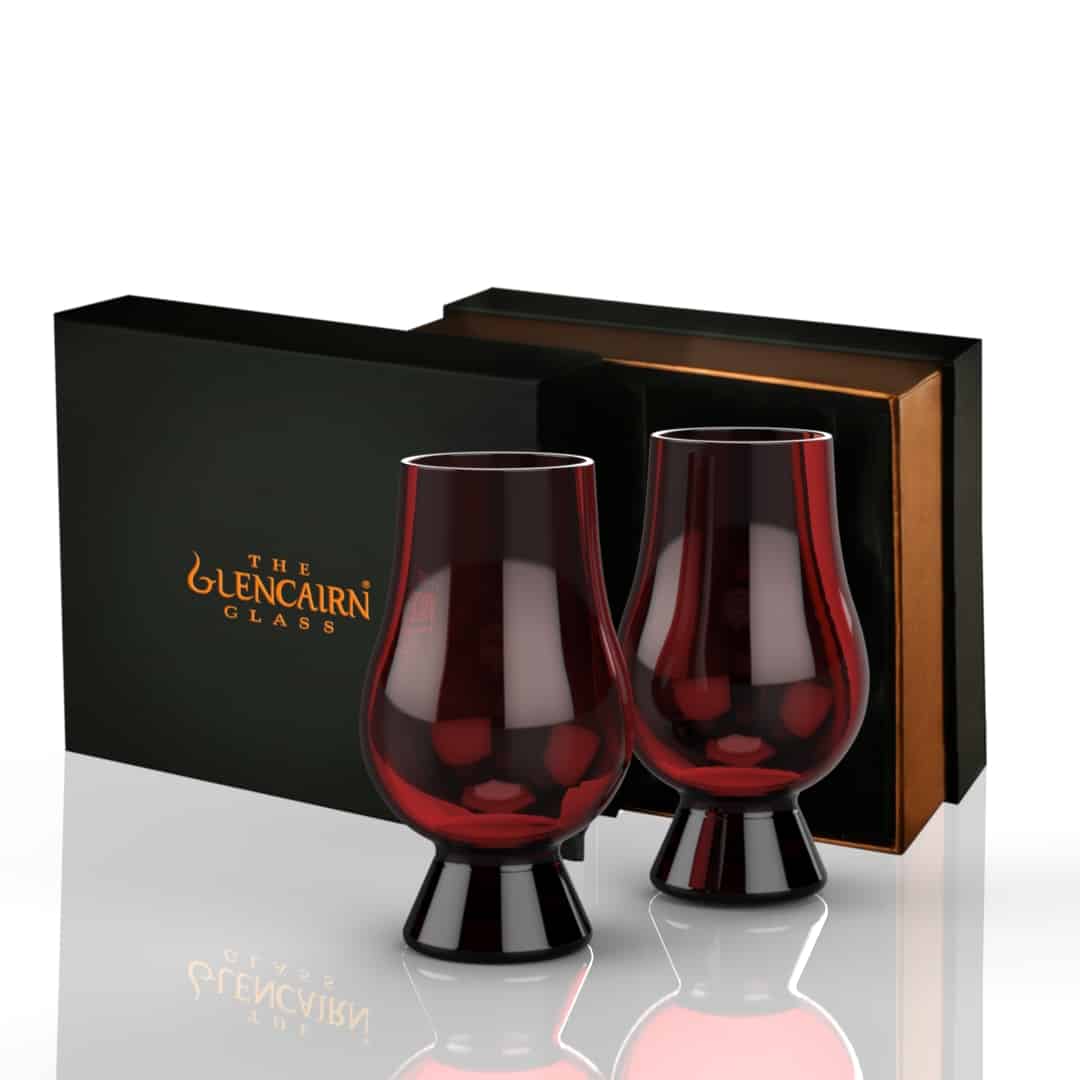
Glencairn – Whisky Glass – Red Tint – Set of 2 – Blind Tasting
€31,95
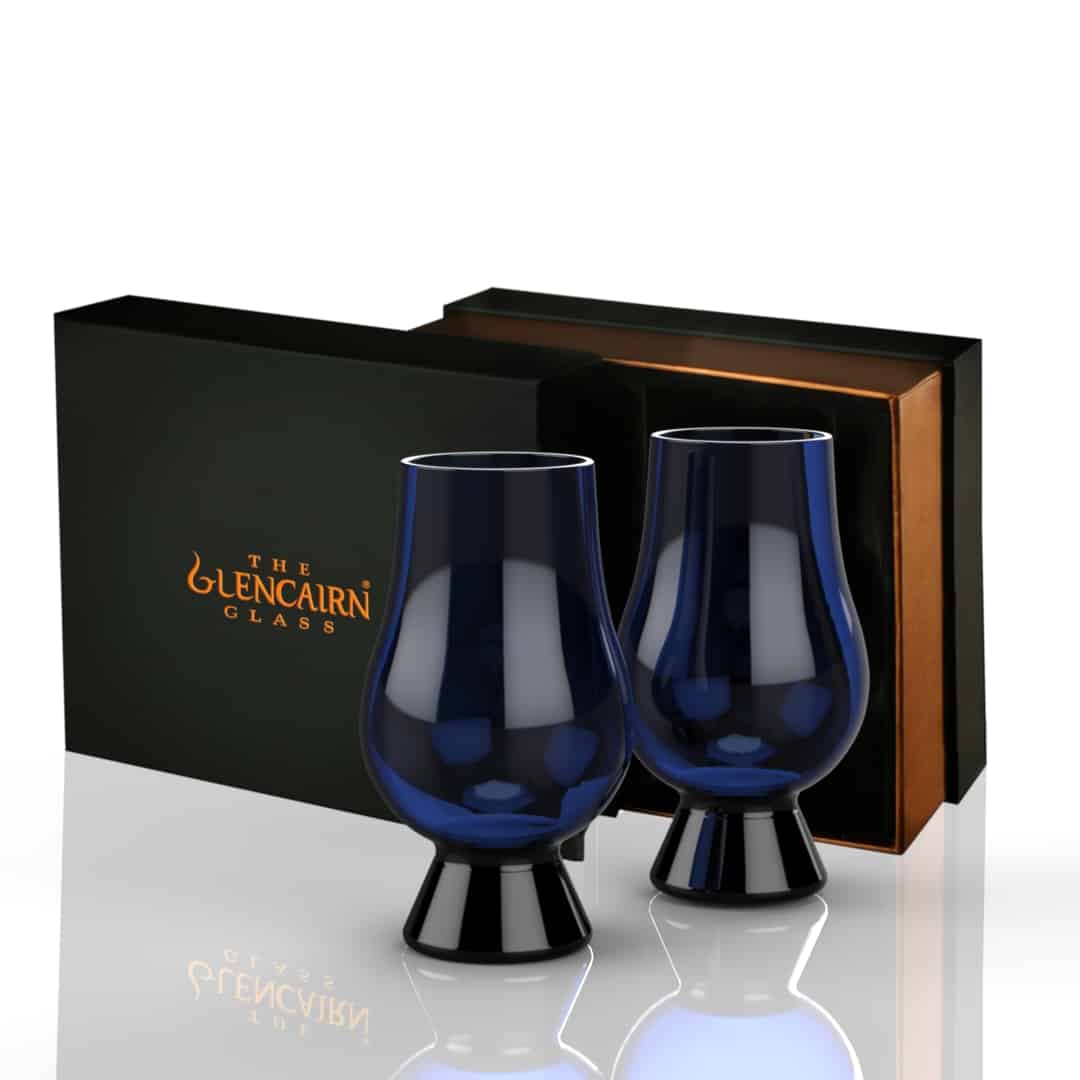
Glencairn – Whisky Glass – Set of 2 – Blue Tint – Blind Tasting
€31,95
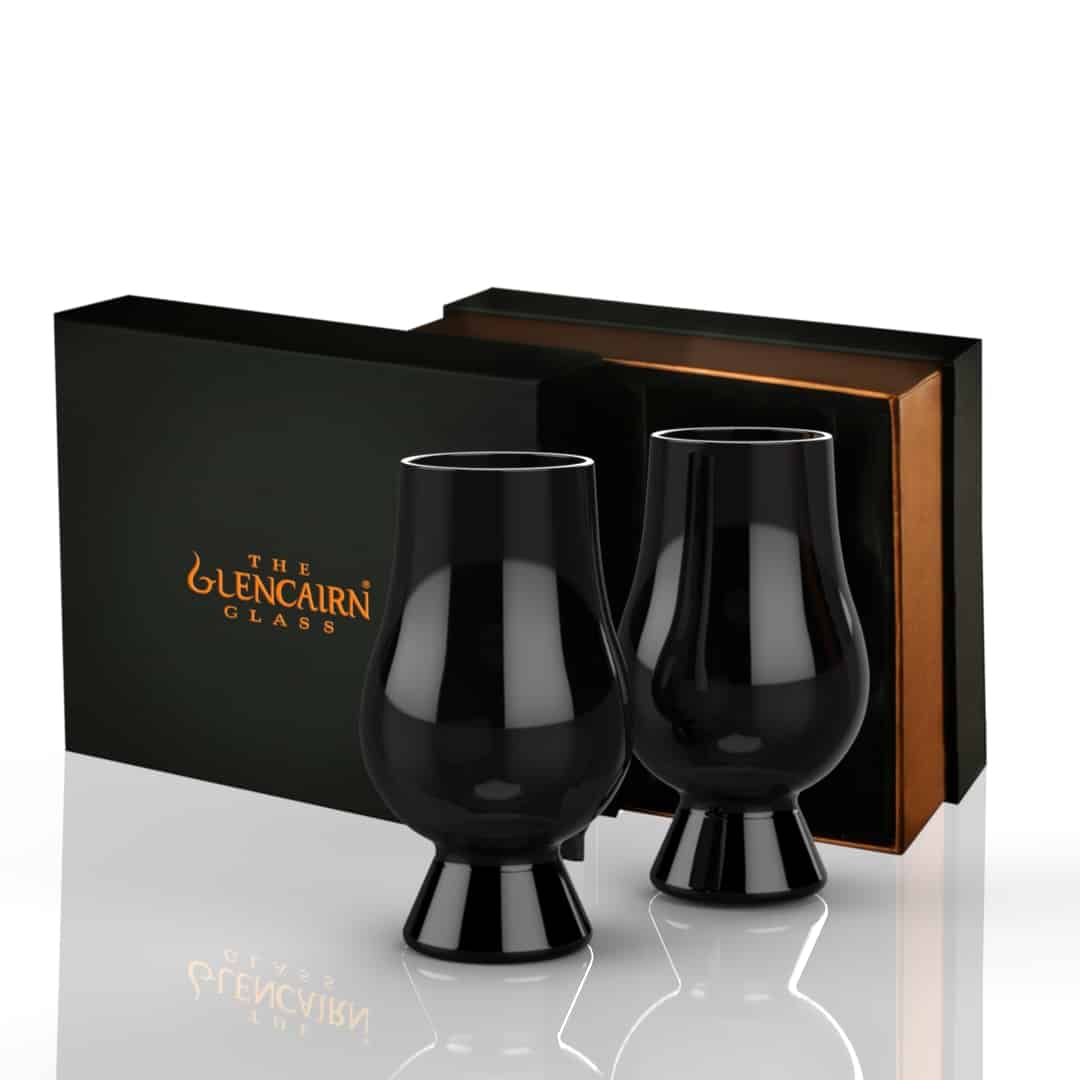
Glencairn – Whisky Glass – Black Design – Gift Set of 2 – Tasting Set
€31,95
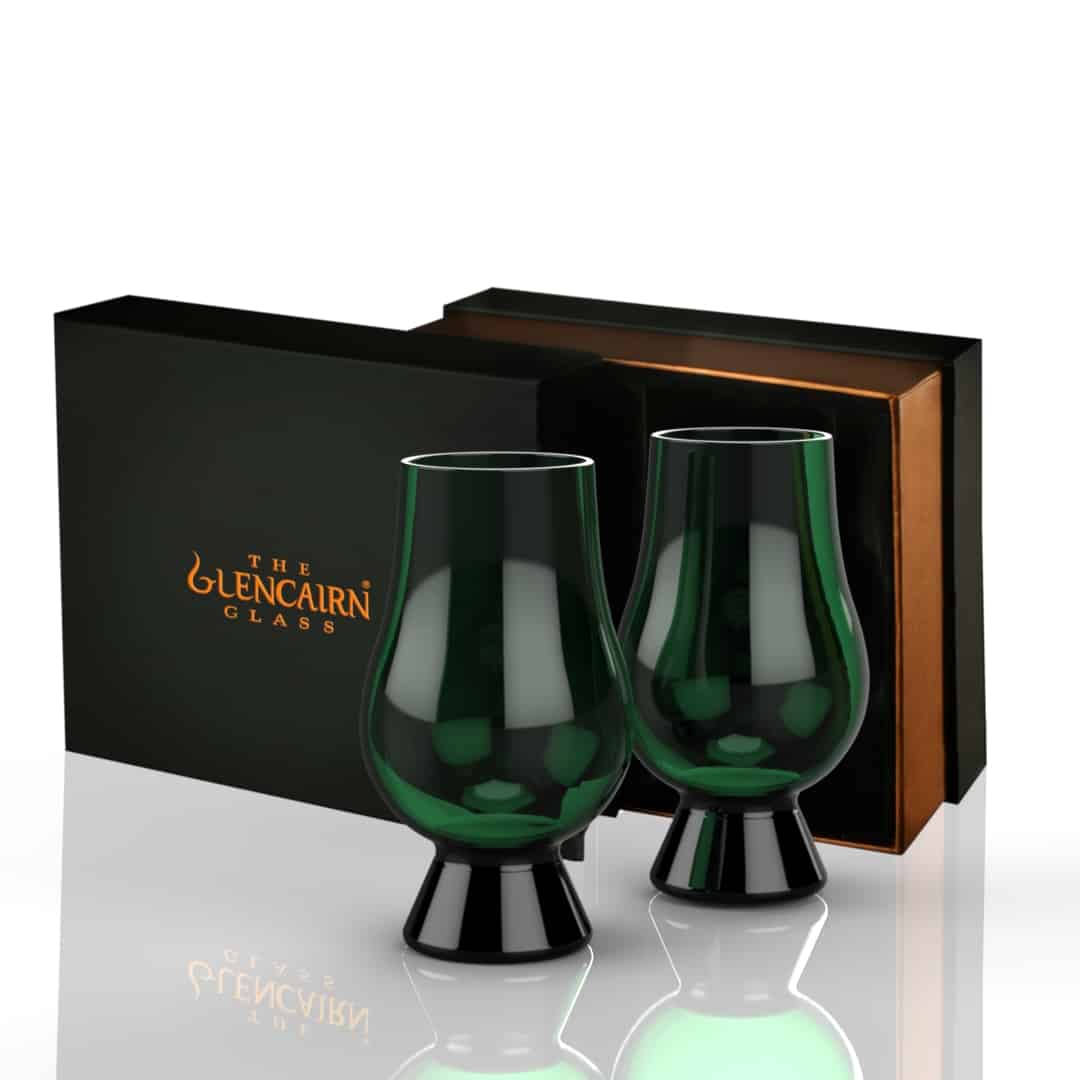
Glencairn – Whisky Glass – Green – Set of 2 – Blind Tastings
€31,95
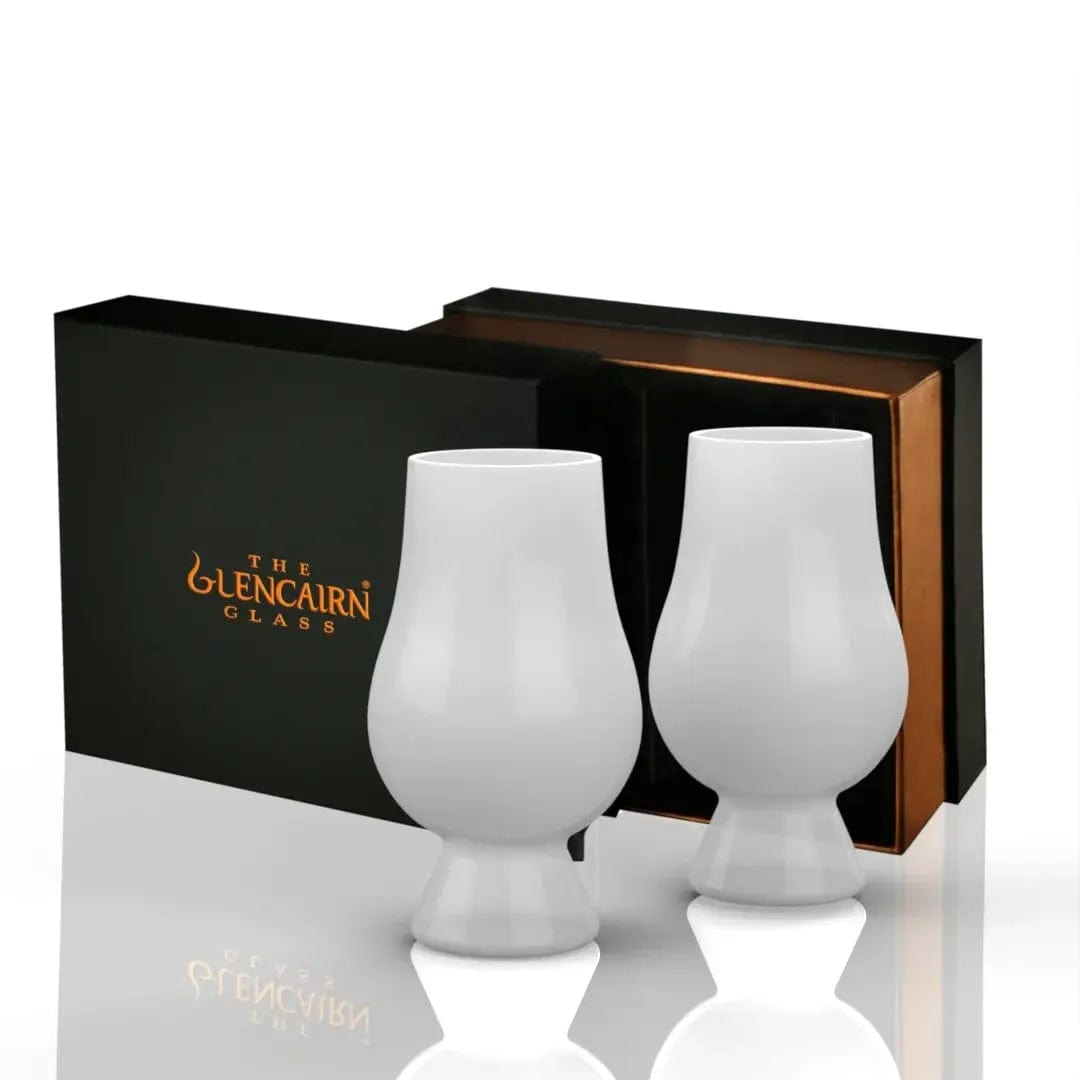
Glencairn – Whisky Glass – White – Set of 2 – Blind Tasting
€31,95
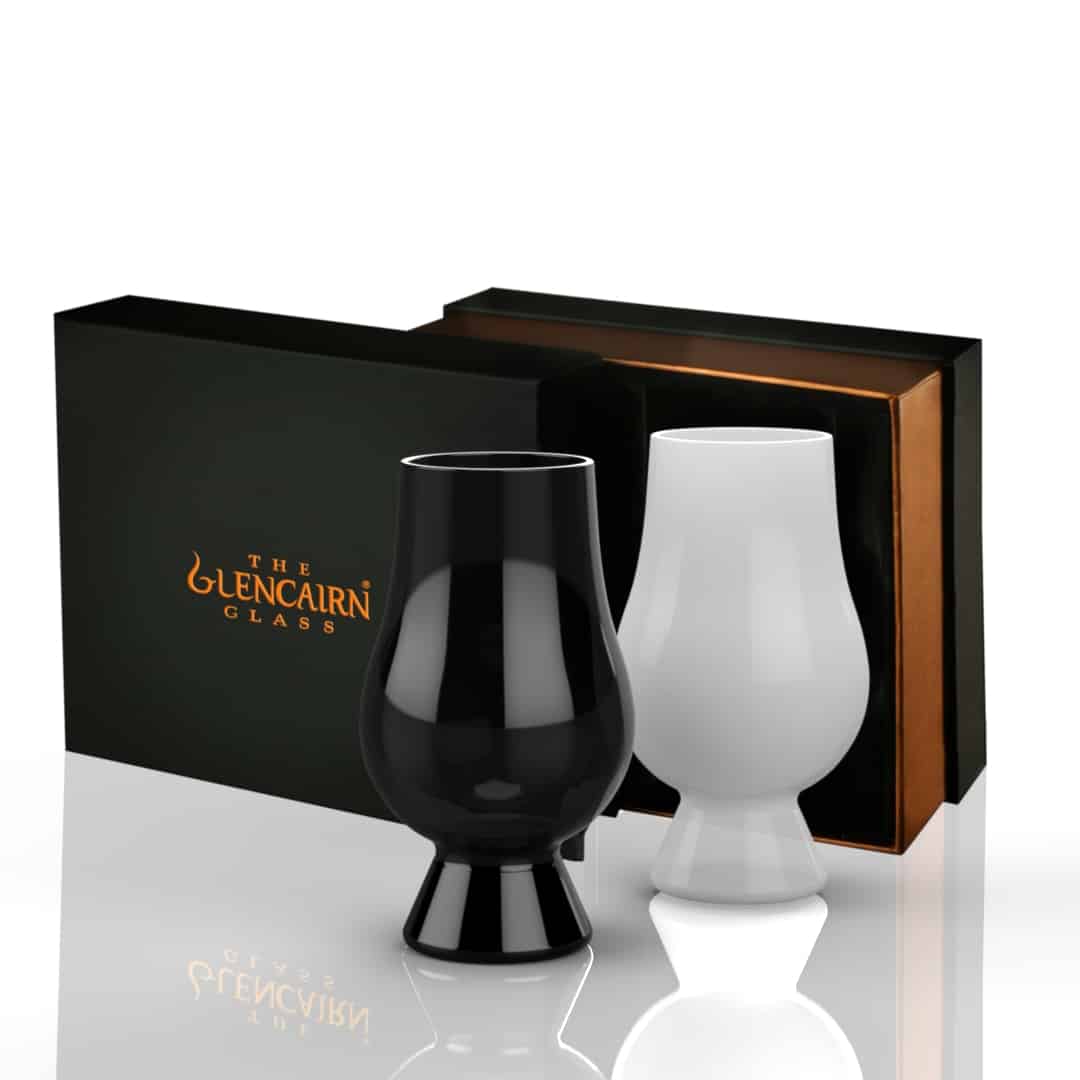
Glencairn – Whisky Glass Set – Black and White – Set of 2
€31,95
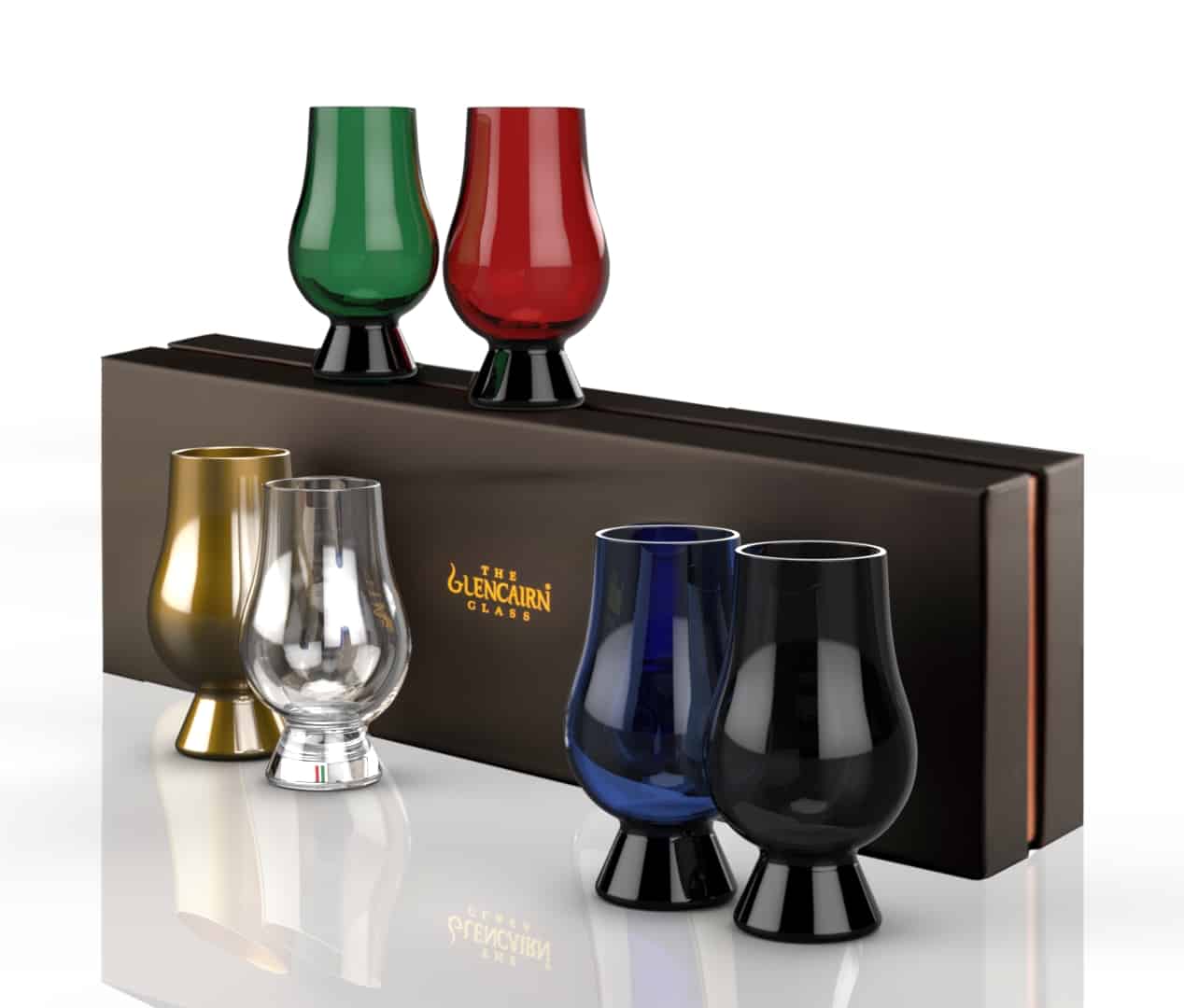
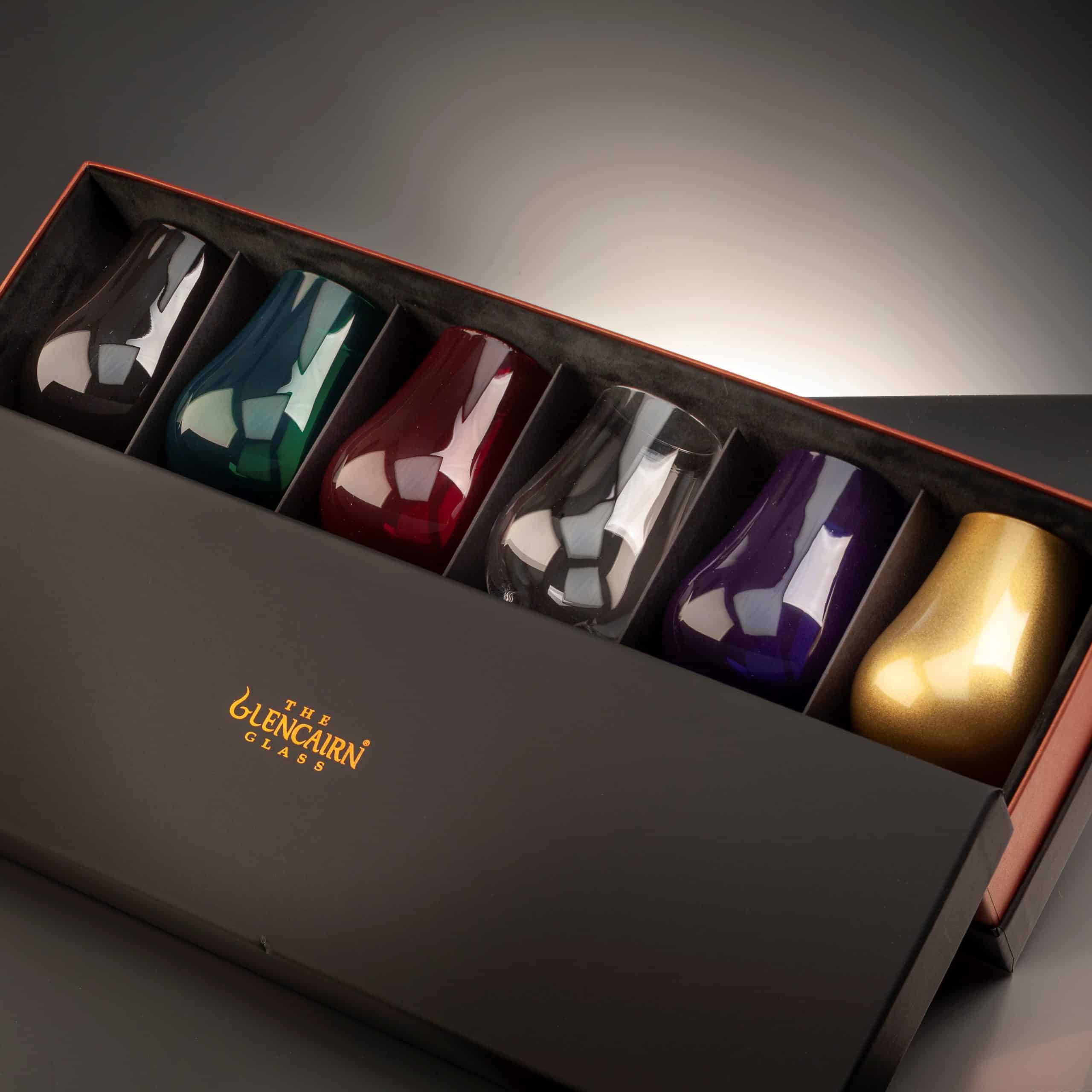
Glencairn – Whisky Blind Tasting Set – Colored Glasses – Set of 5
€67,95
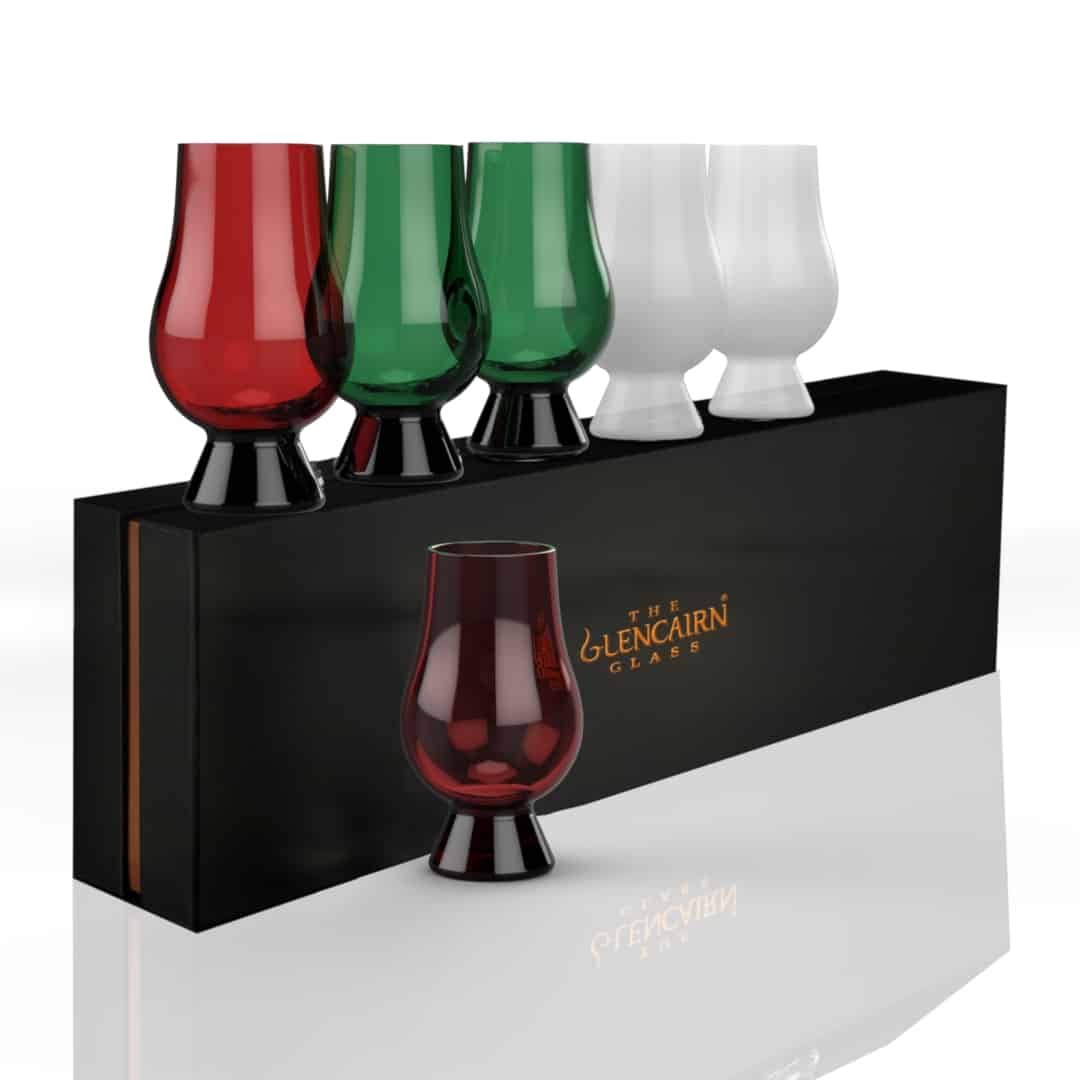

Glencairn – Whisky Gift Set – Colored Glasses – Set of 6
€71,95
Tasting accessories
View all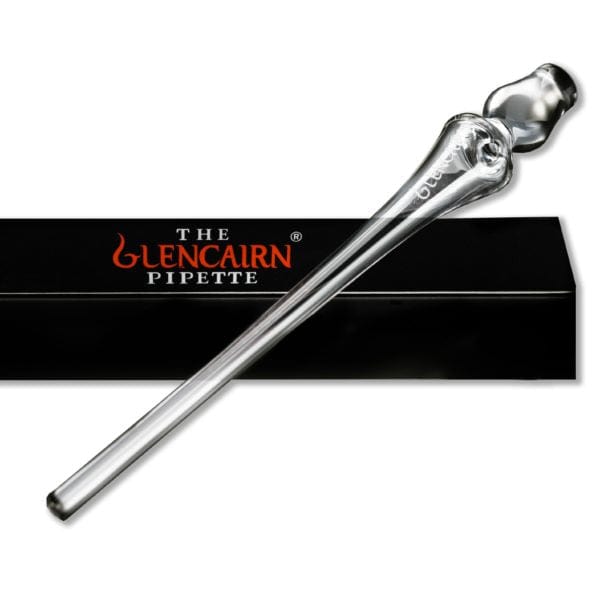

Glencairn – Whisky Pipette – Cosmetic Glass – Scotland
€14,95
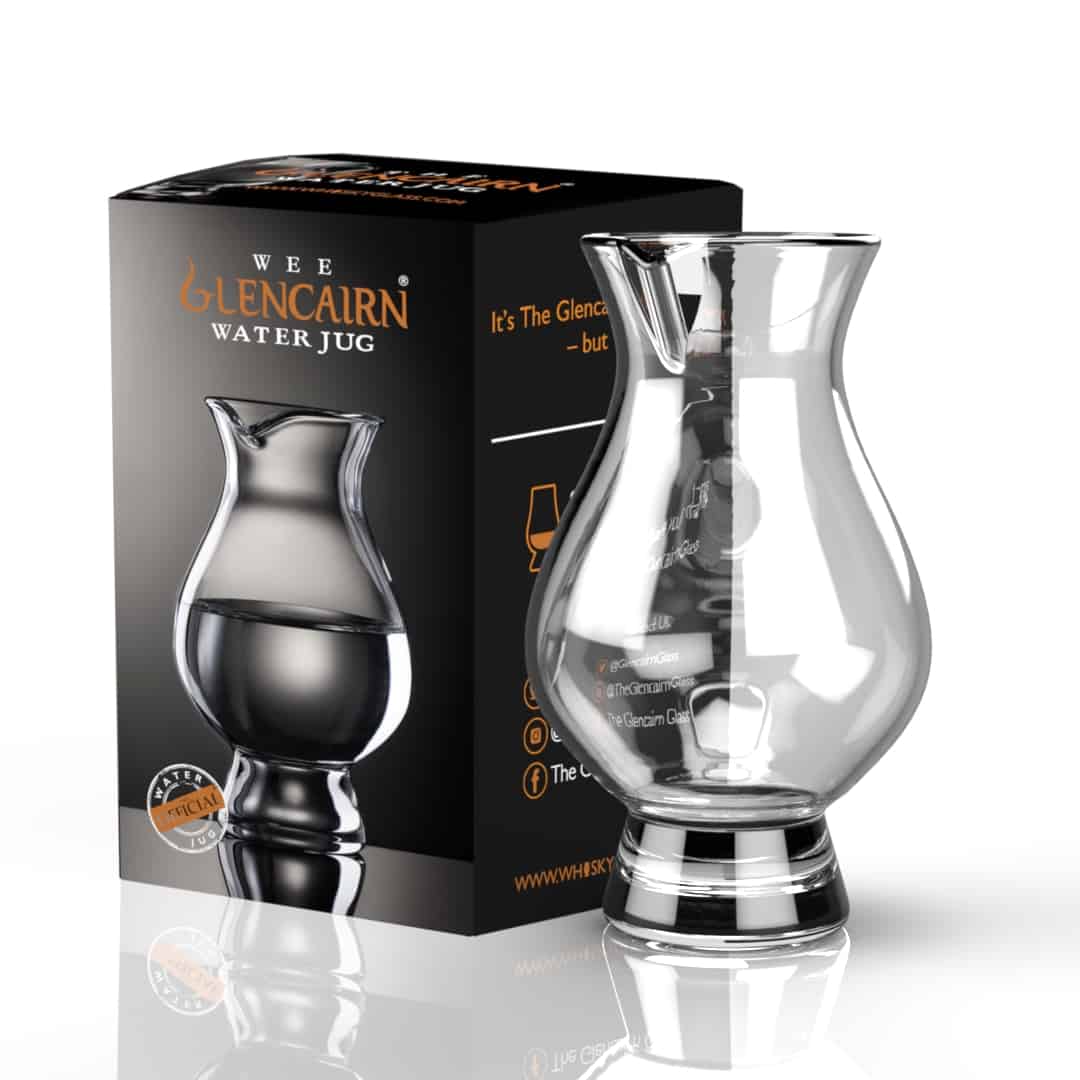
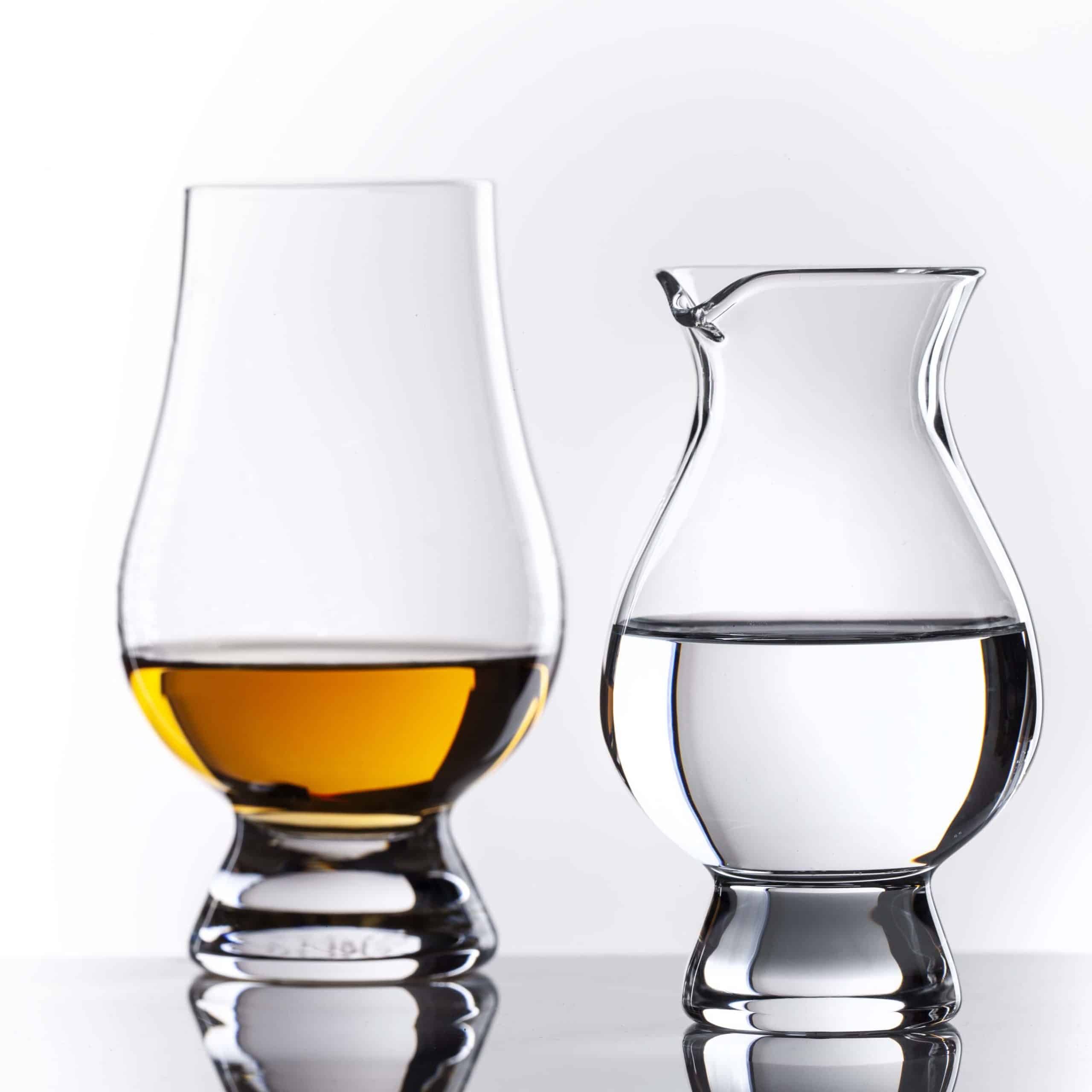
Glencairn – Water Jug – Crystal – 200 ml – Whisky Lovers
€16,95
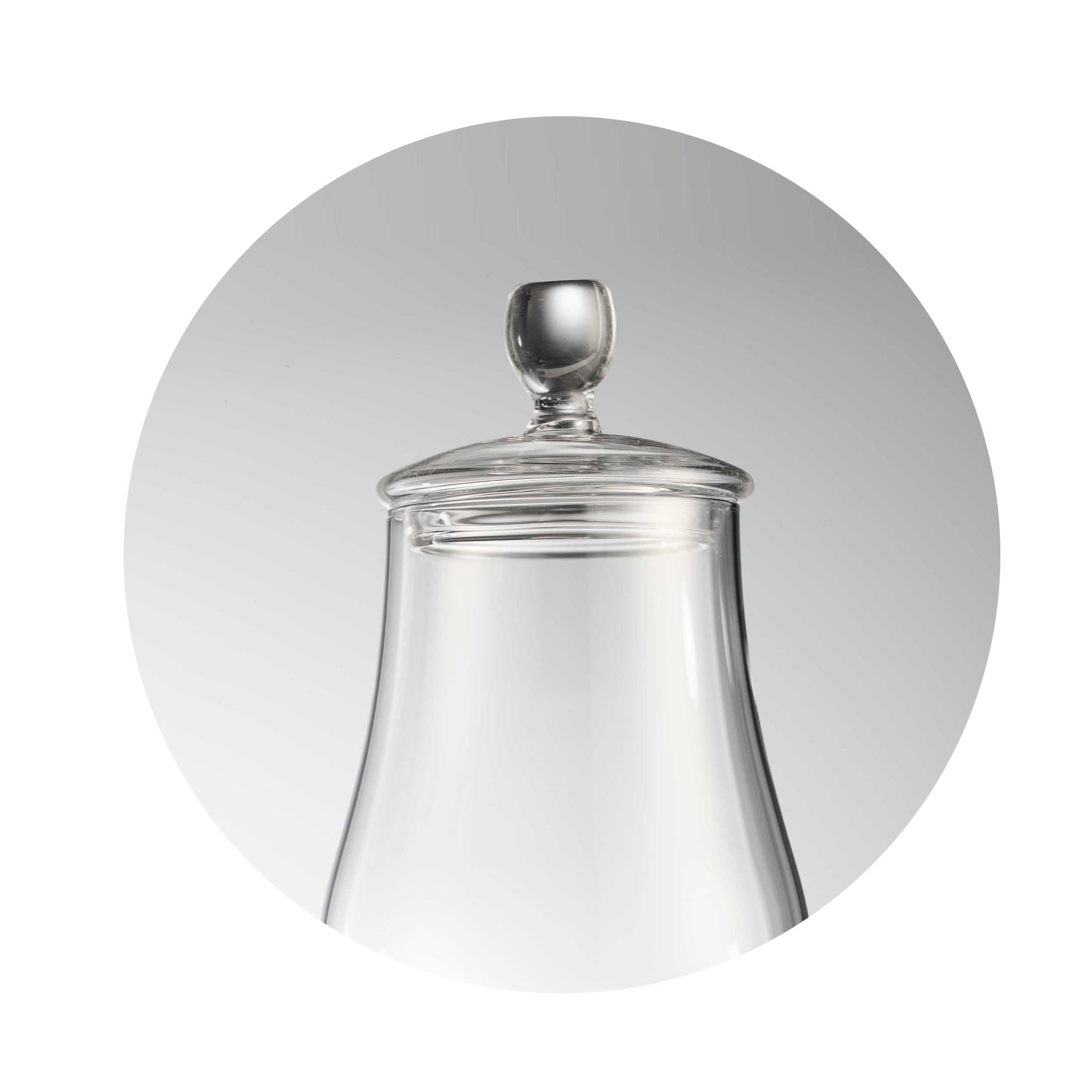
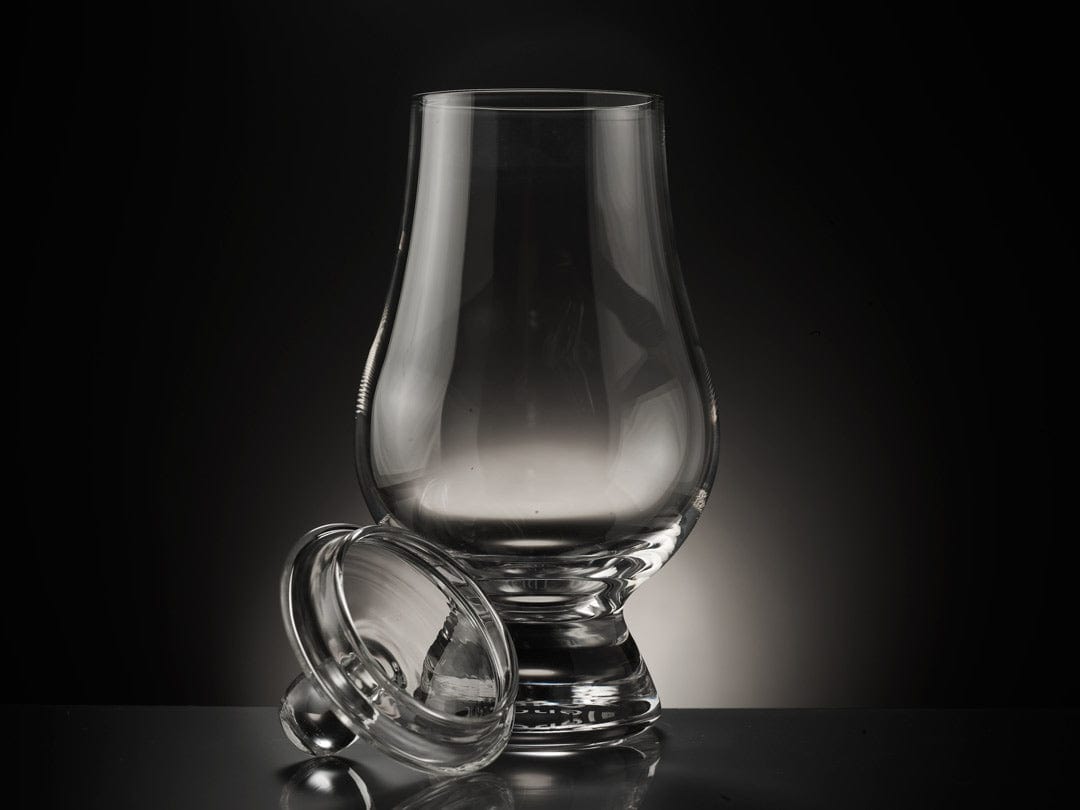
Glencairn – Tasting Cap – Glass – For Glencairn Glasses
€7,95
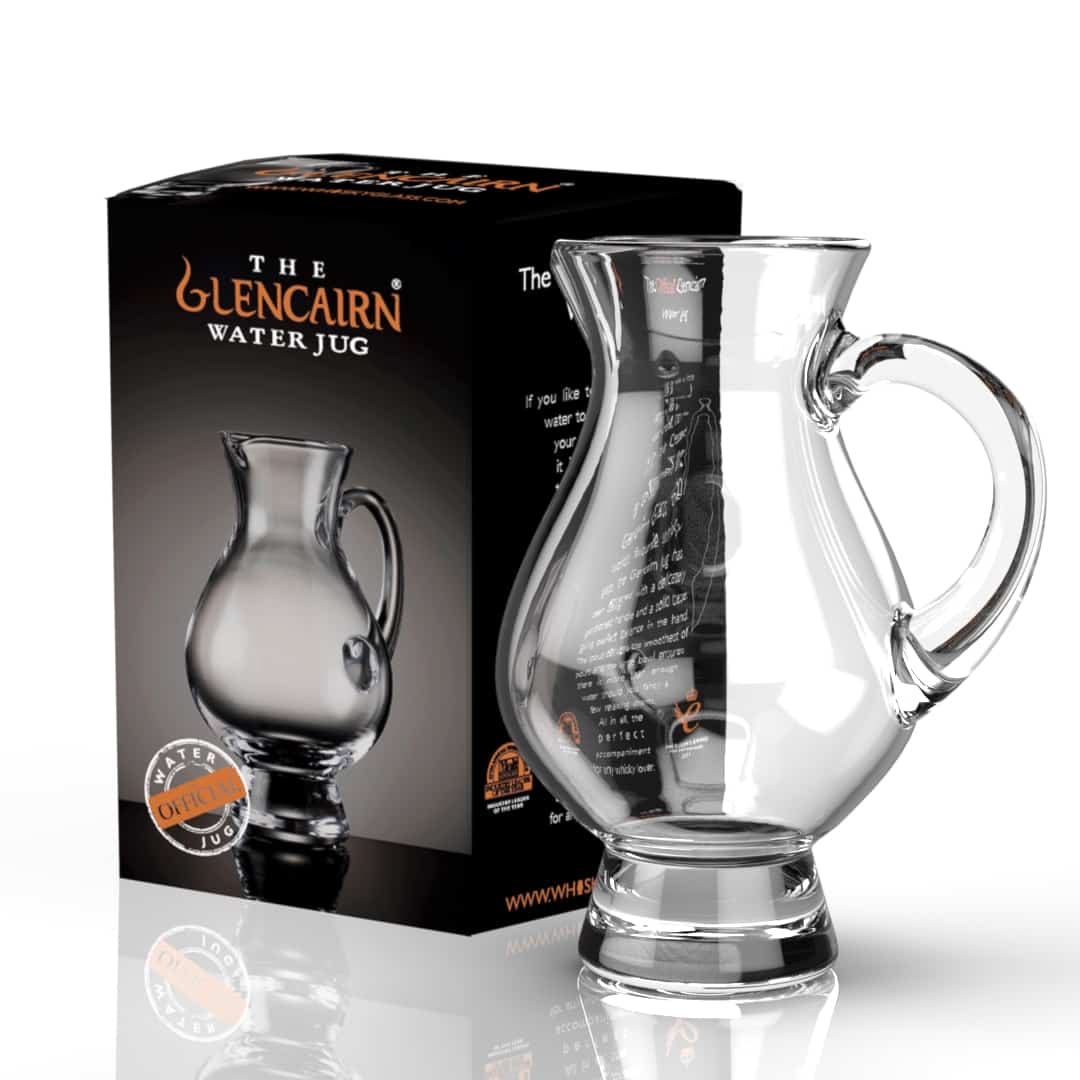

Glencairn – Water Jug – High-Quality Glass – 284 ml
€23,95
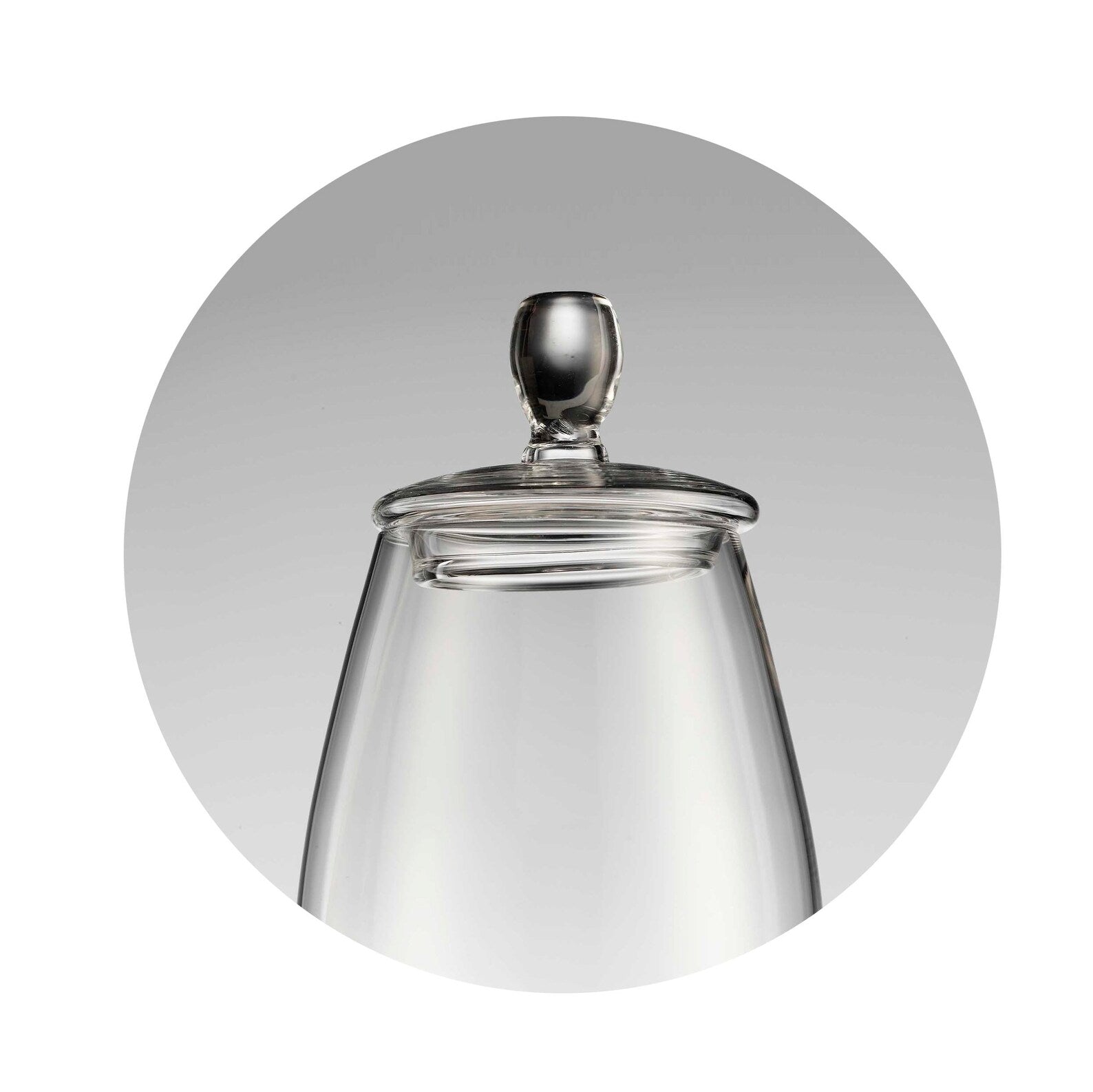
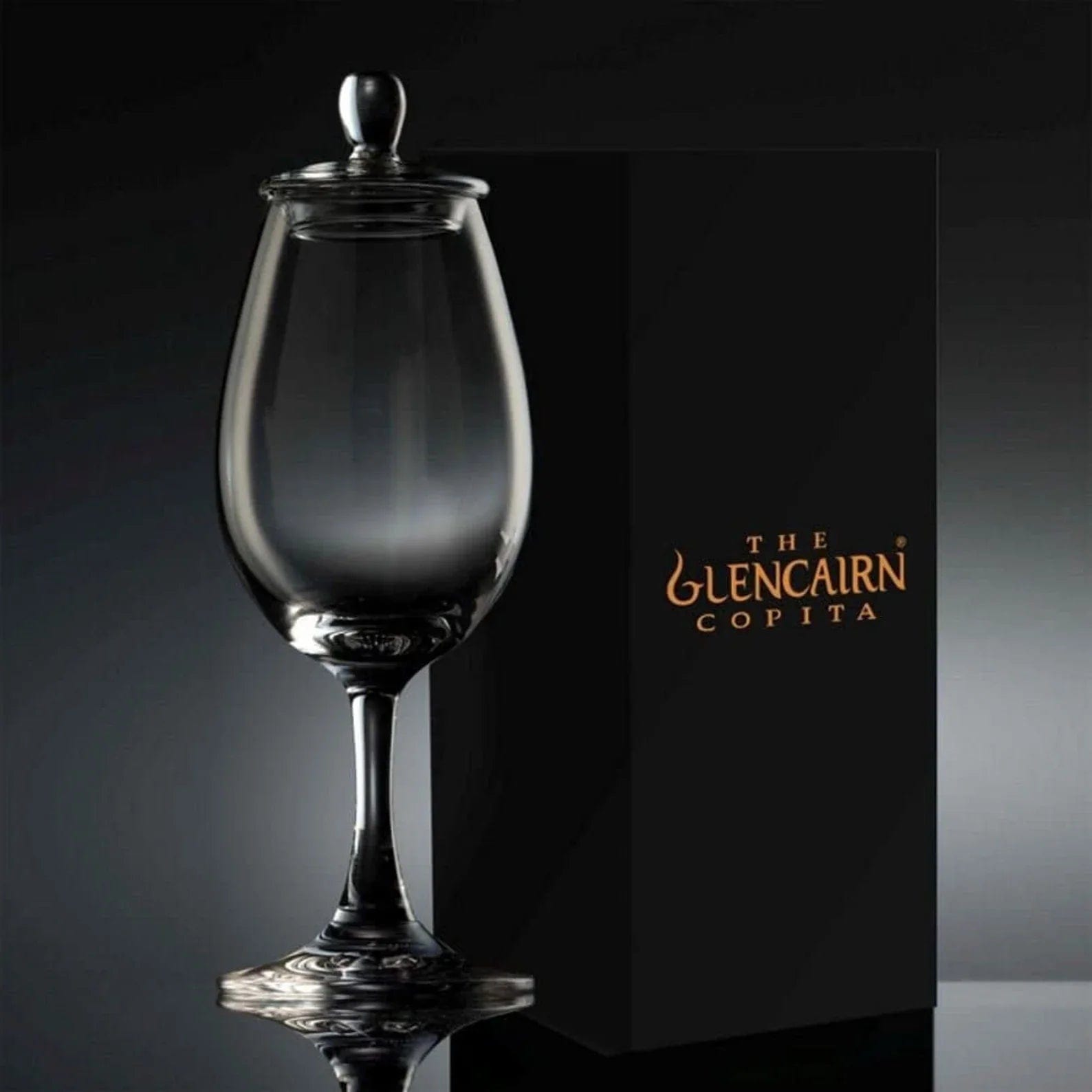
Glencairn – Copita Tasting Cap – Crystal – Whisky Nosing
€6,95
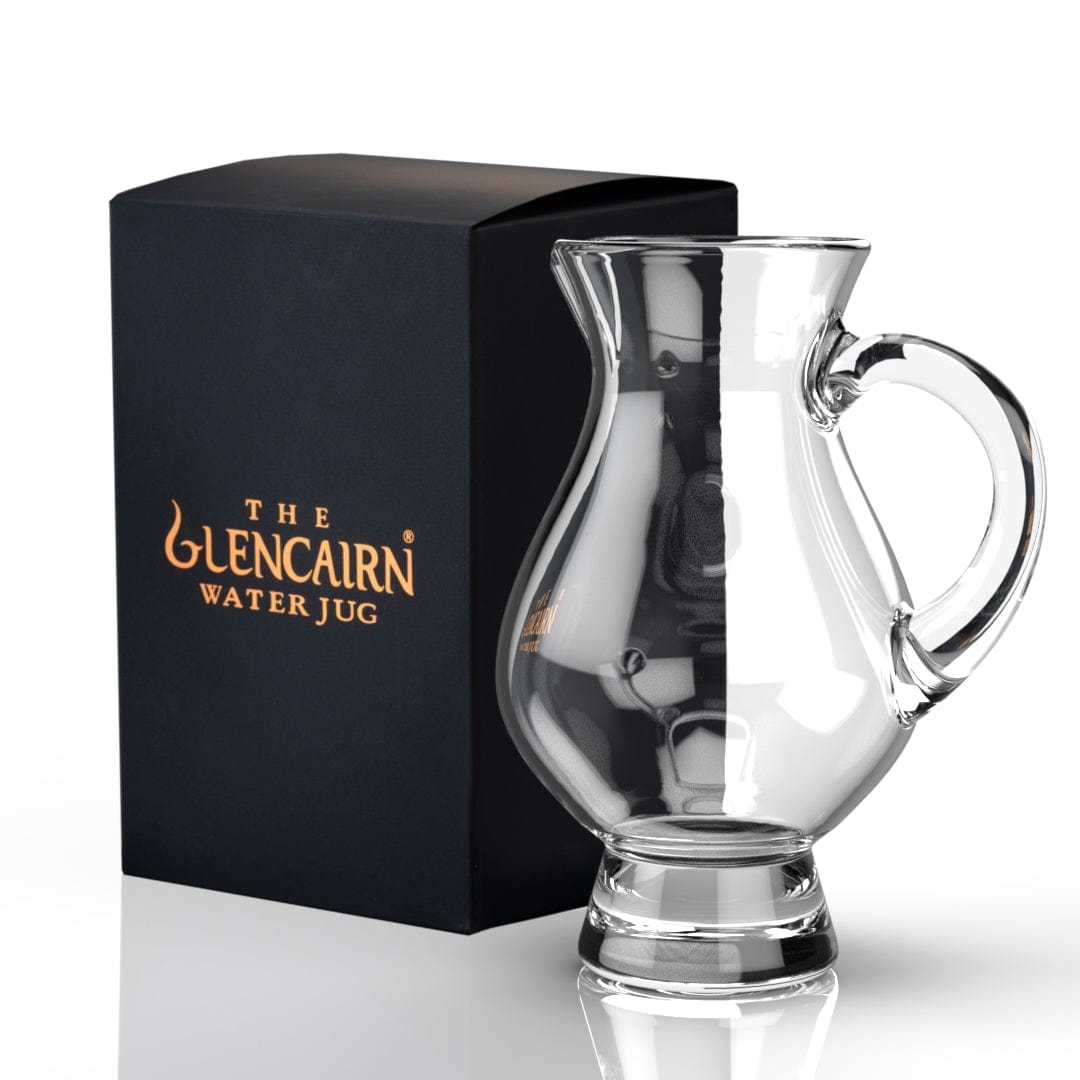
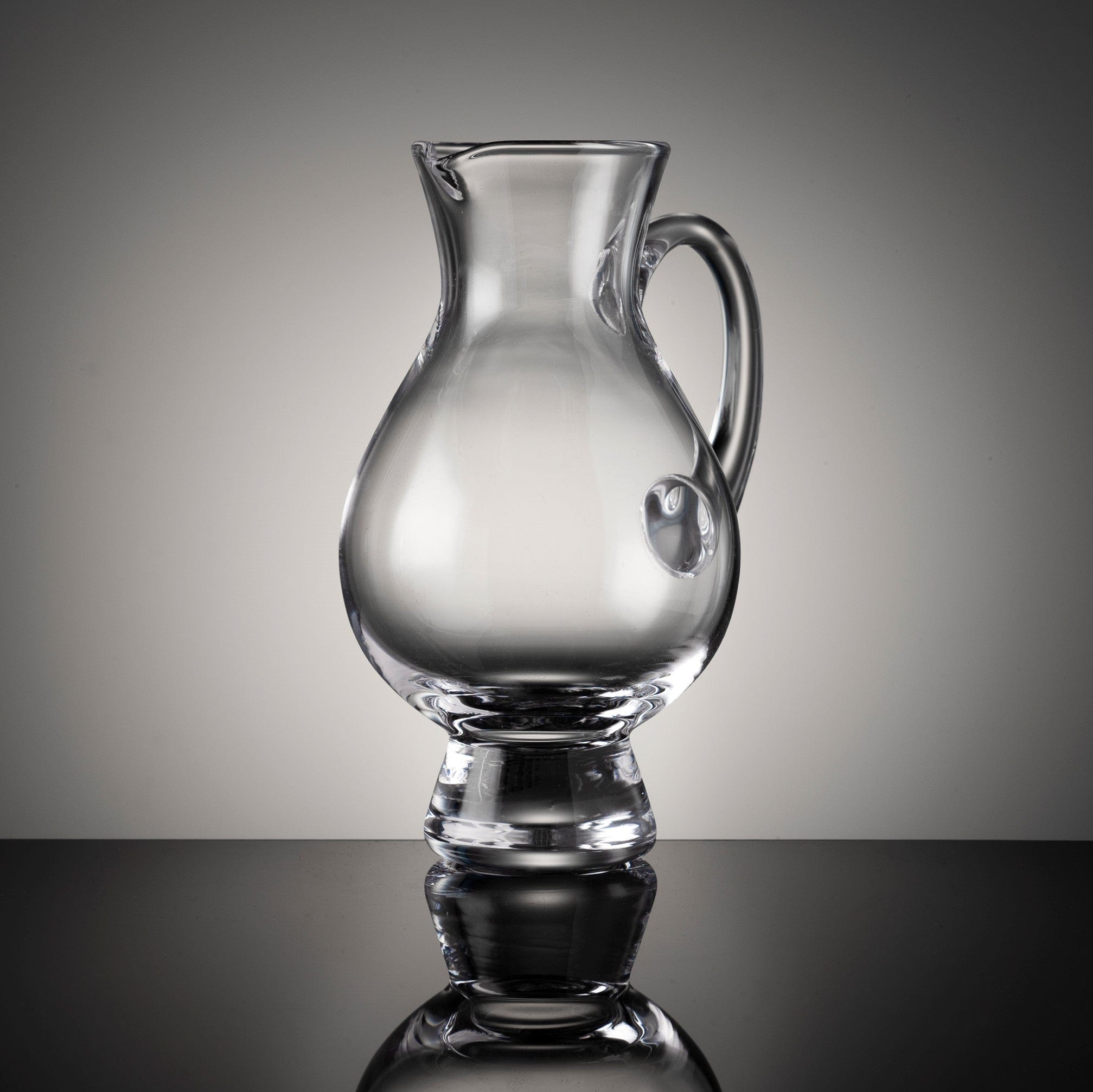
Glencairn – Water Jug – Premium Glass – 284 ml – For Whisky Tasting
€25,95
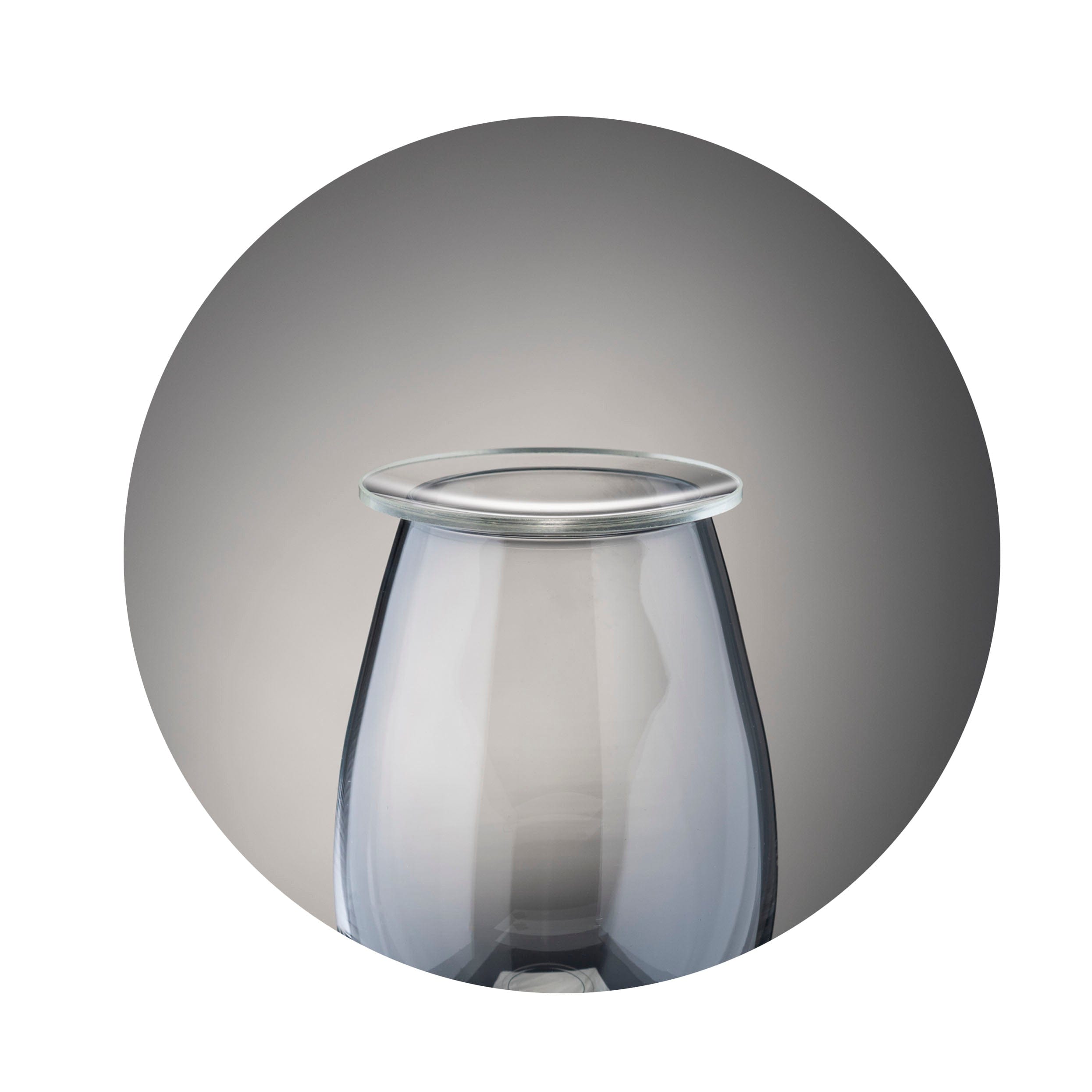
Glencairn – Watch Cover – Crystal – Enhances Aroma
€5,95
Register tasting
View all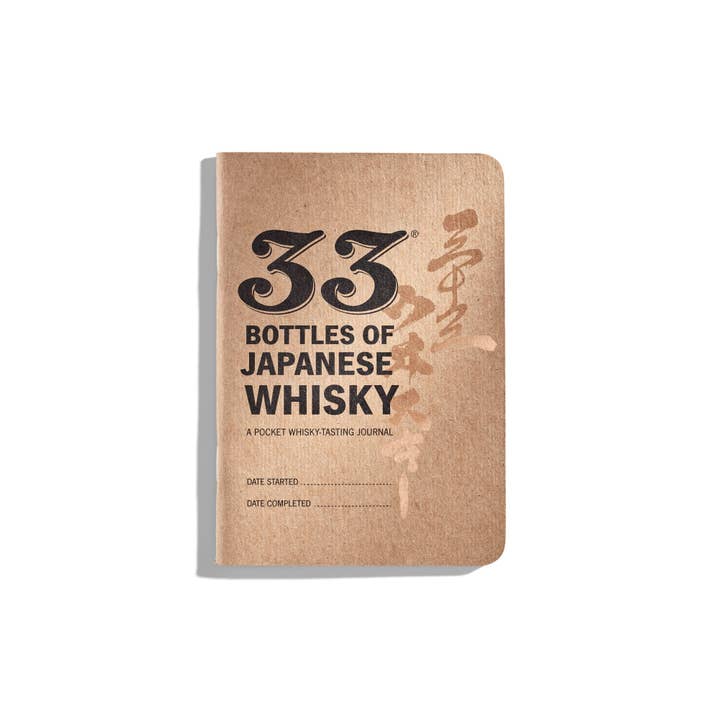
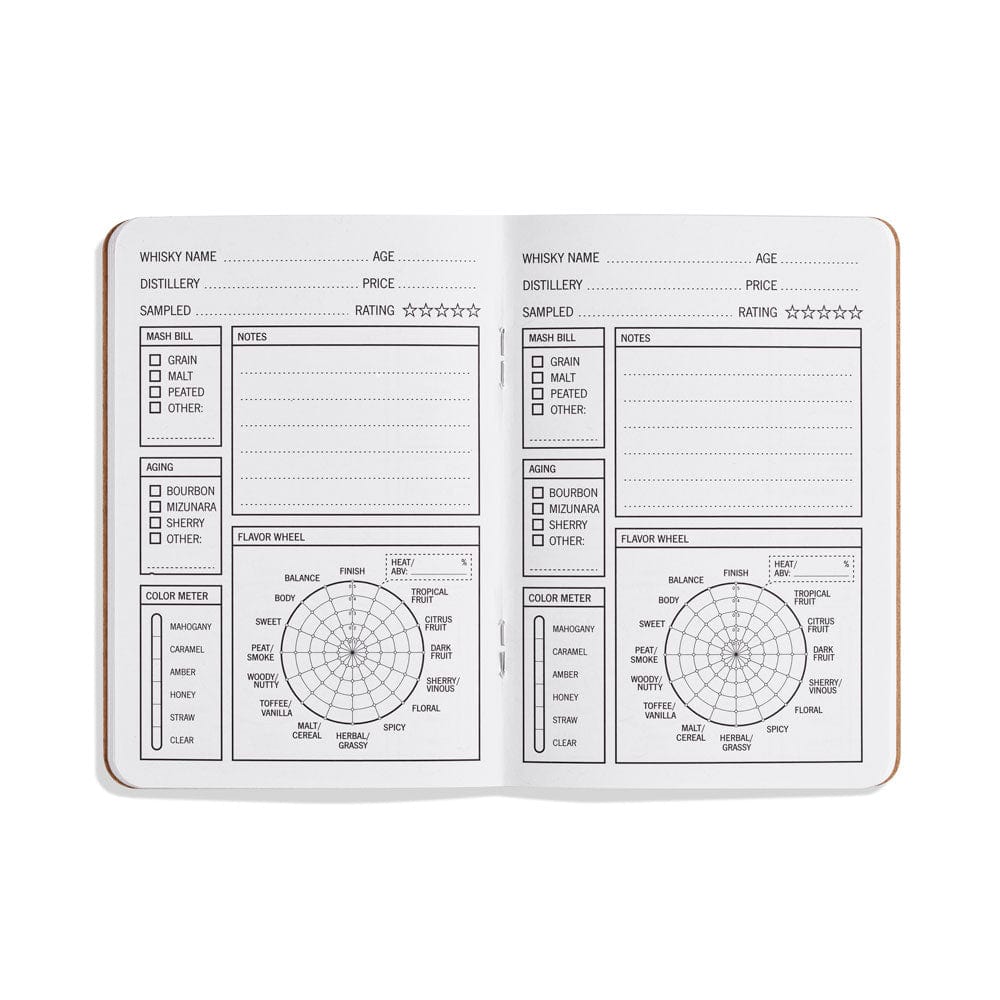
Japanese Whiskies Journal – Pocket-Sized – 33 Books – Gift Edition
€4,95
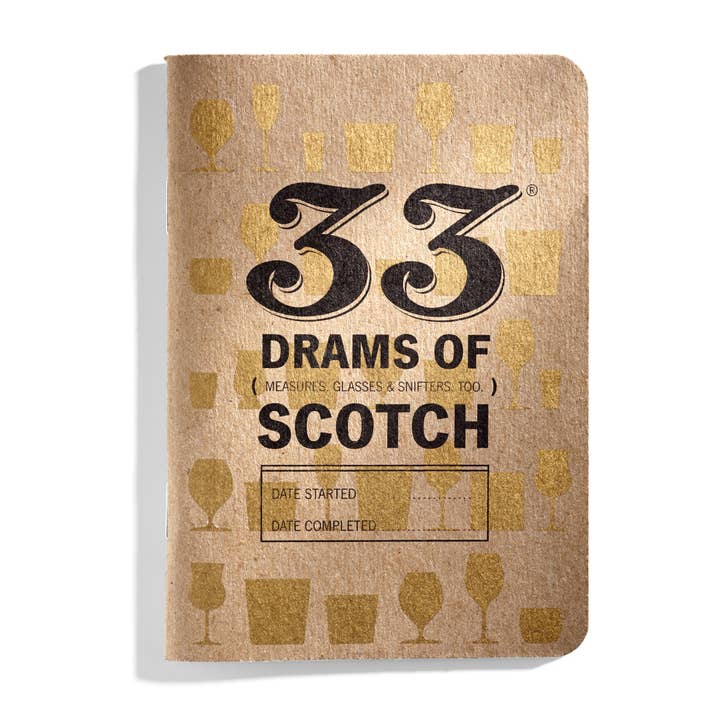
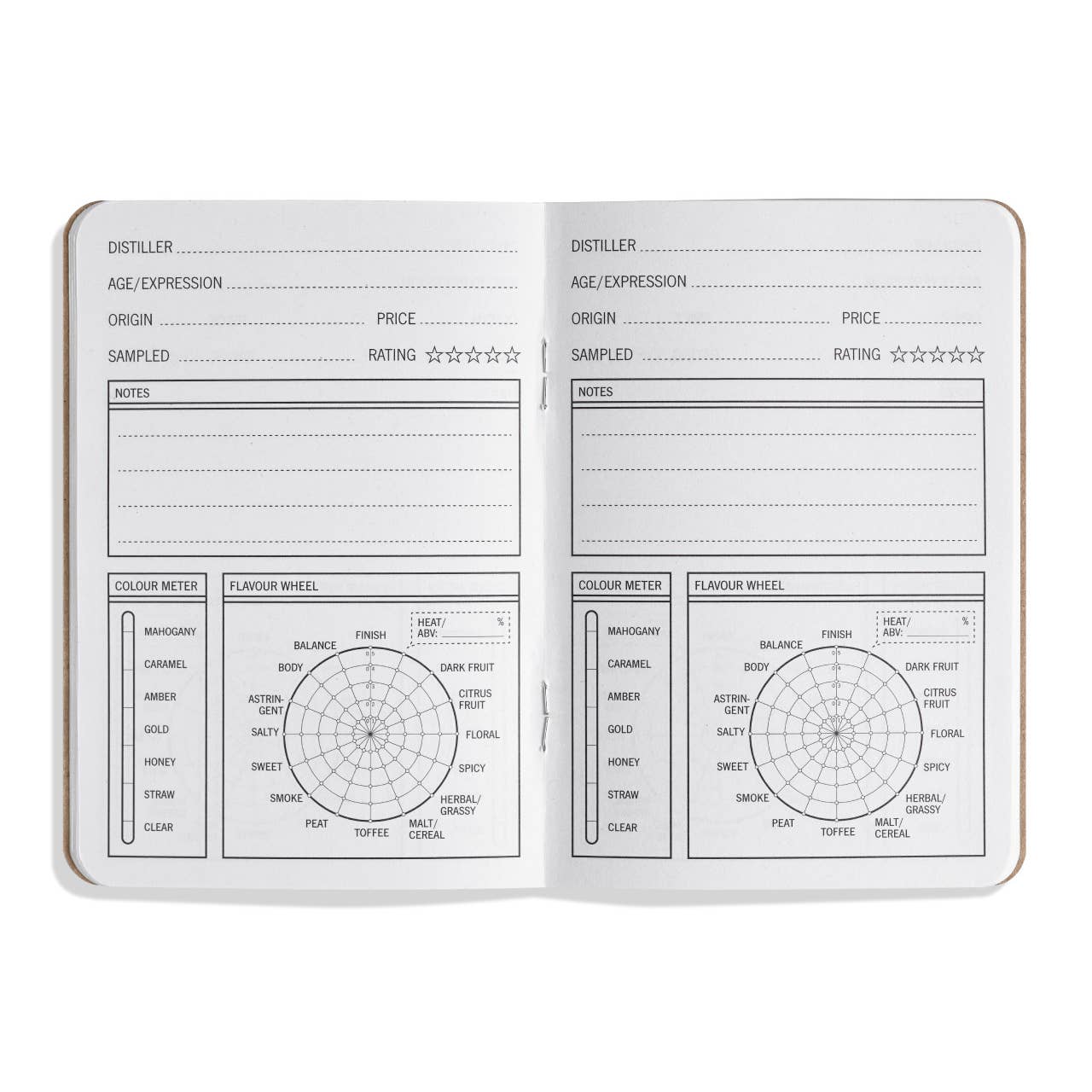
33 Books USA – Tasting Journal – Eco-Friendly Design – Pocket Size
€4,95
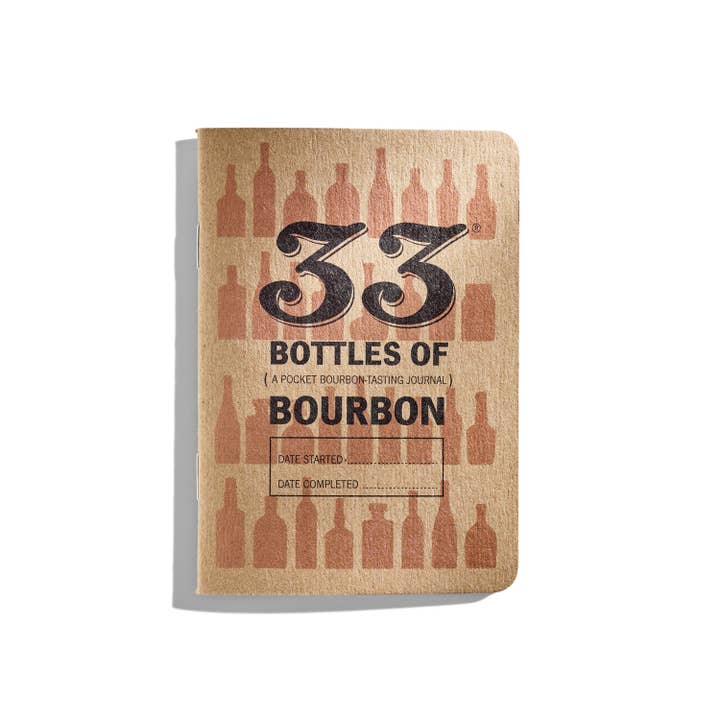
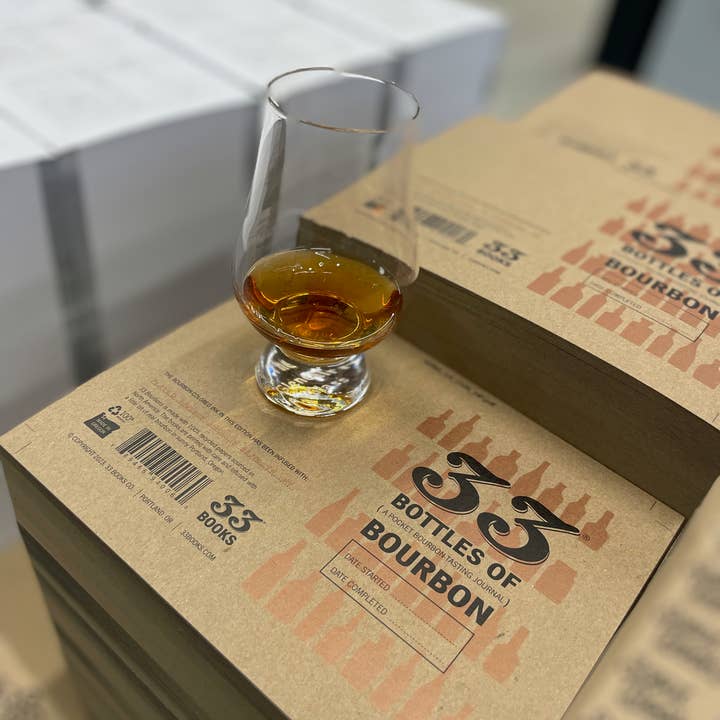
33 Books USA – Bourbon Tasting Journal – Pocket Size – Gift for Enthusiasts
€4,95
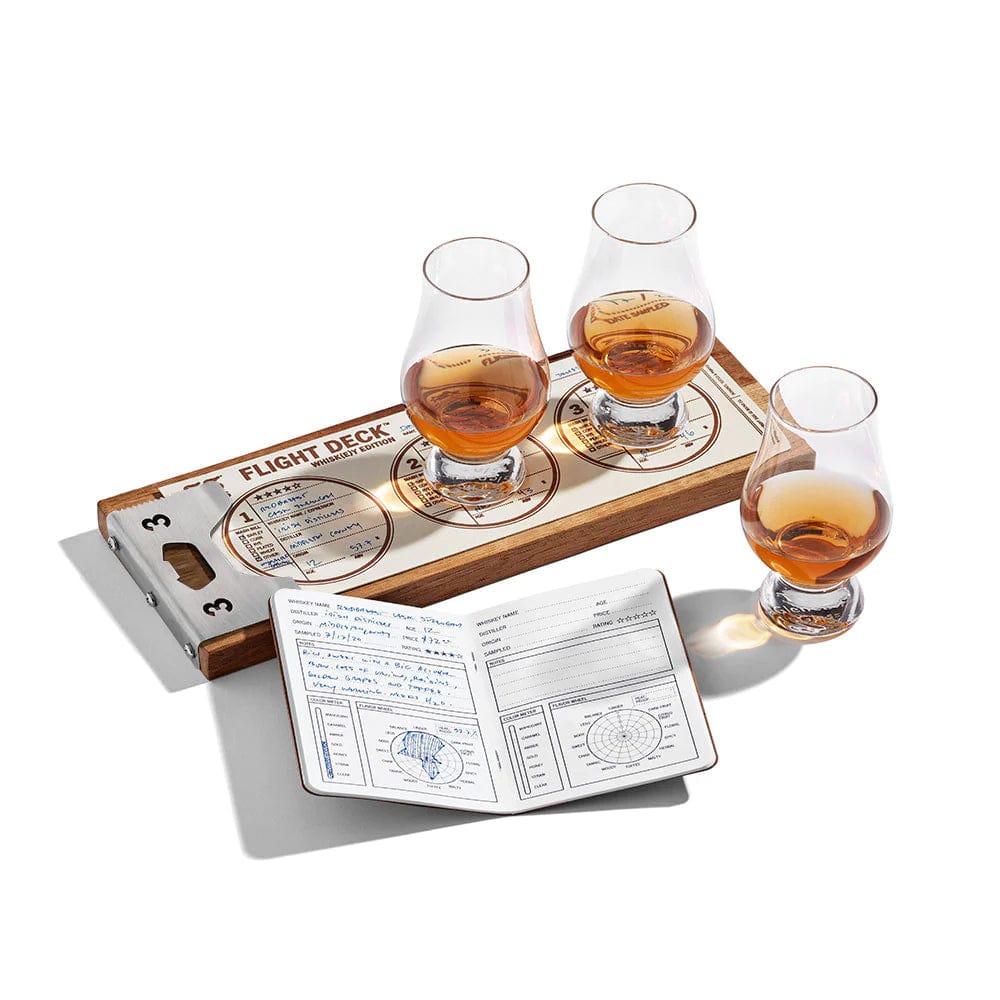
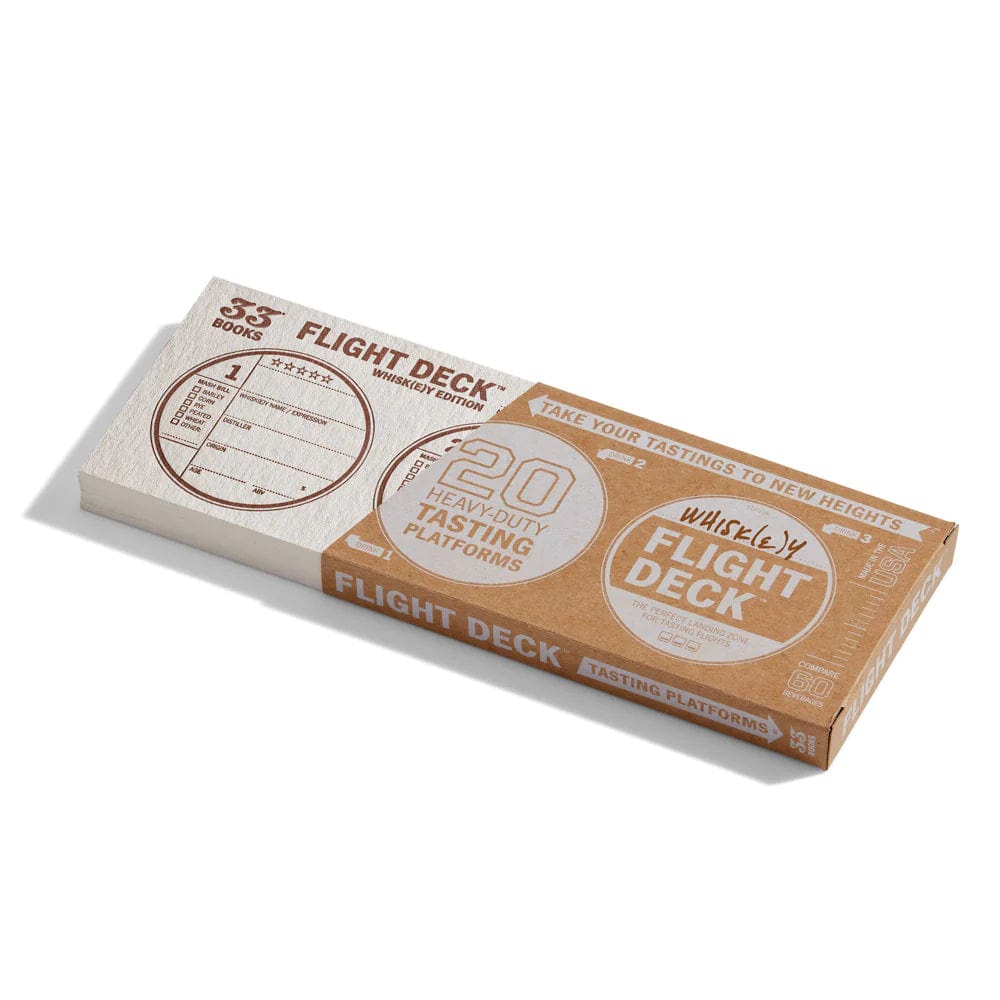
33 Books US – Flight Deck – Whisky Tasting Journal – Essential Companion
€17,95

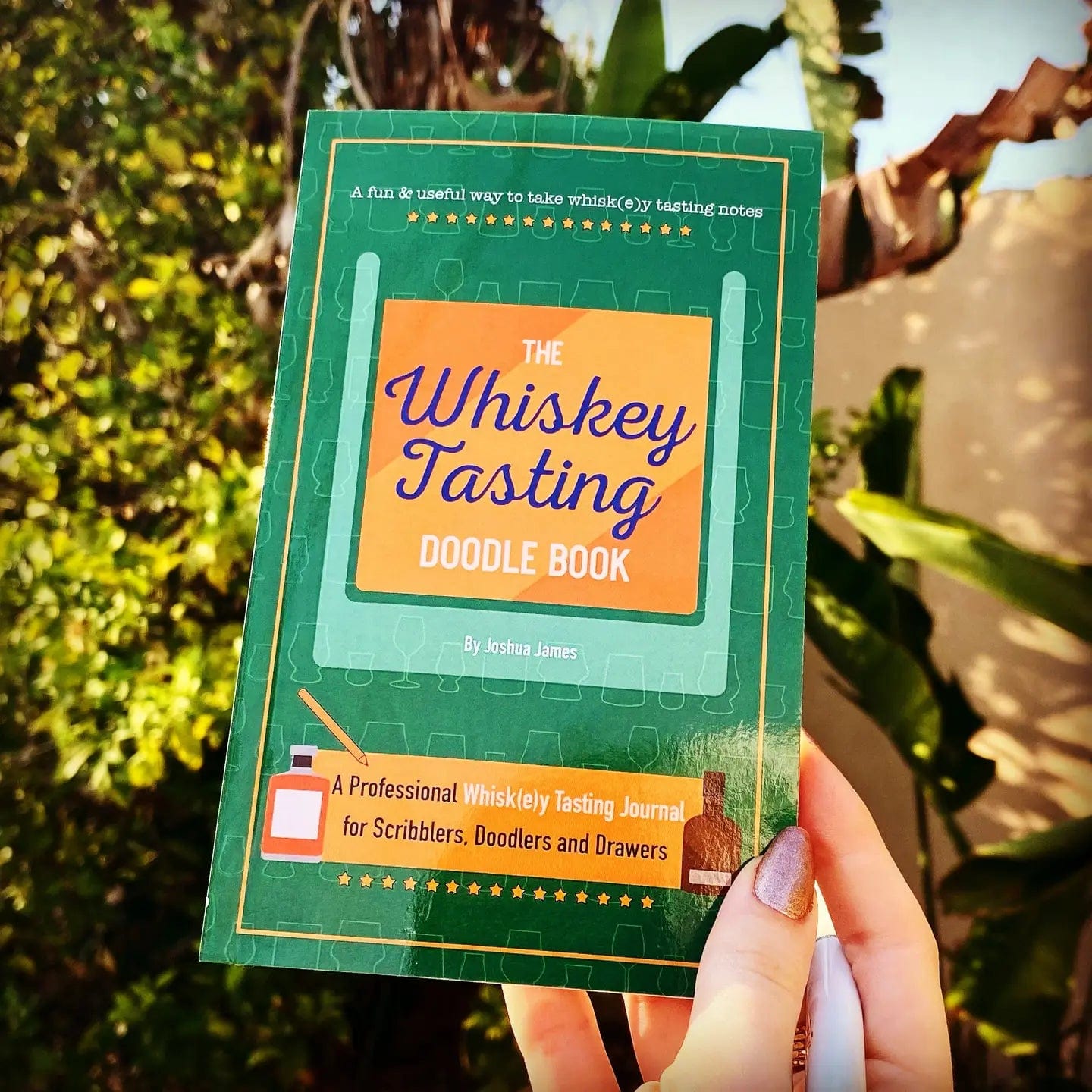
Whisky Tasting Journal – Professional – Guided Experience – Gift Edition
€21,95
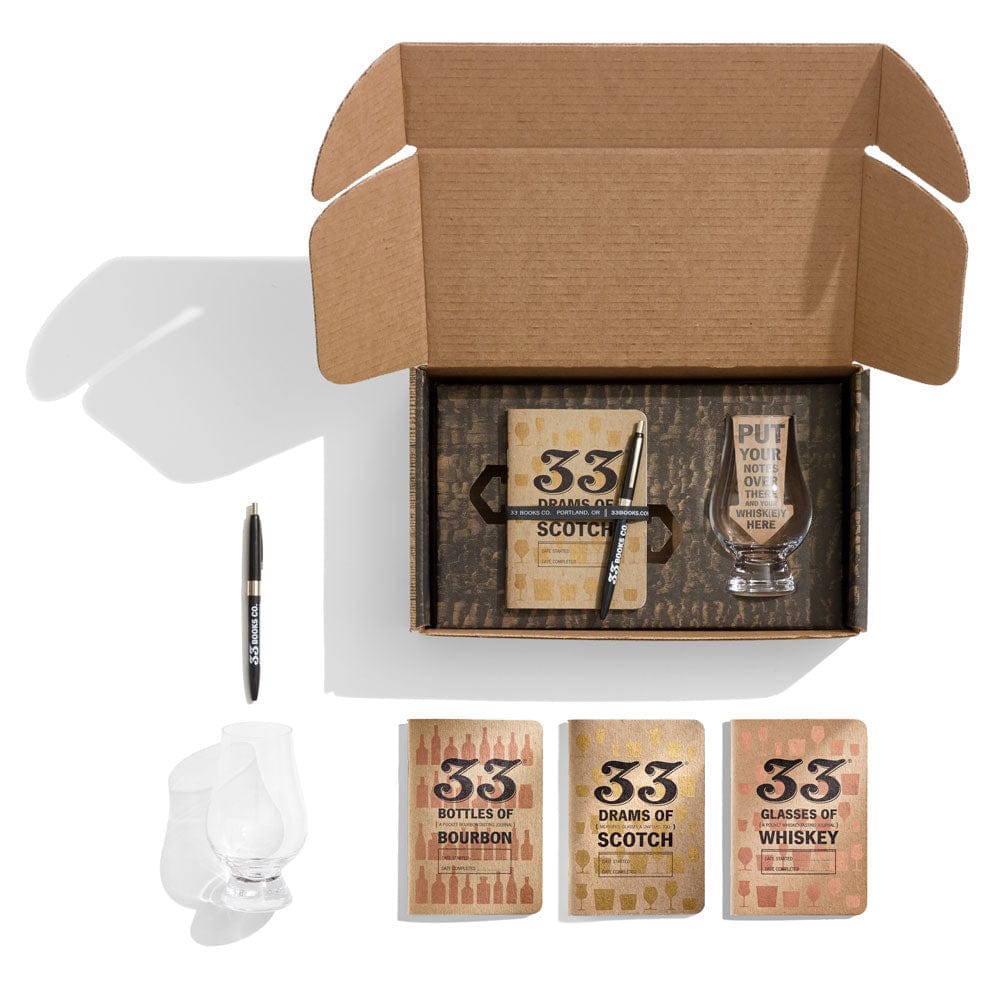

Mood4Whisky – Whisky Tasting Gift Set – Curated Collection – 33 Books
€23,95
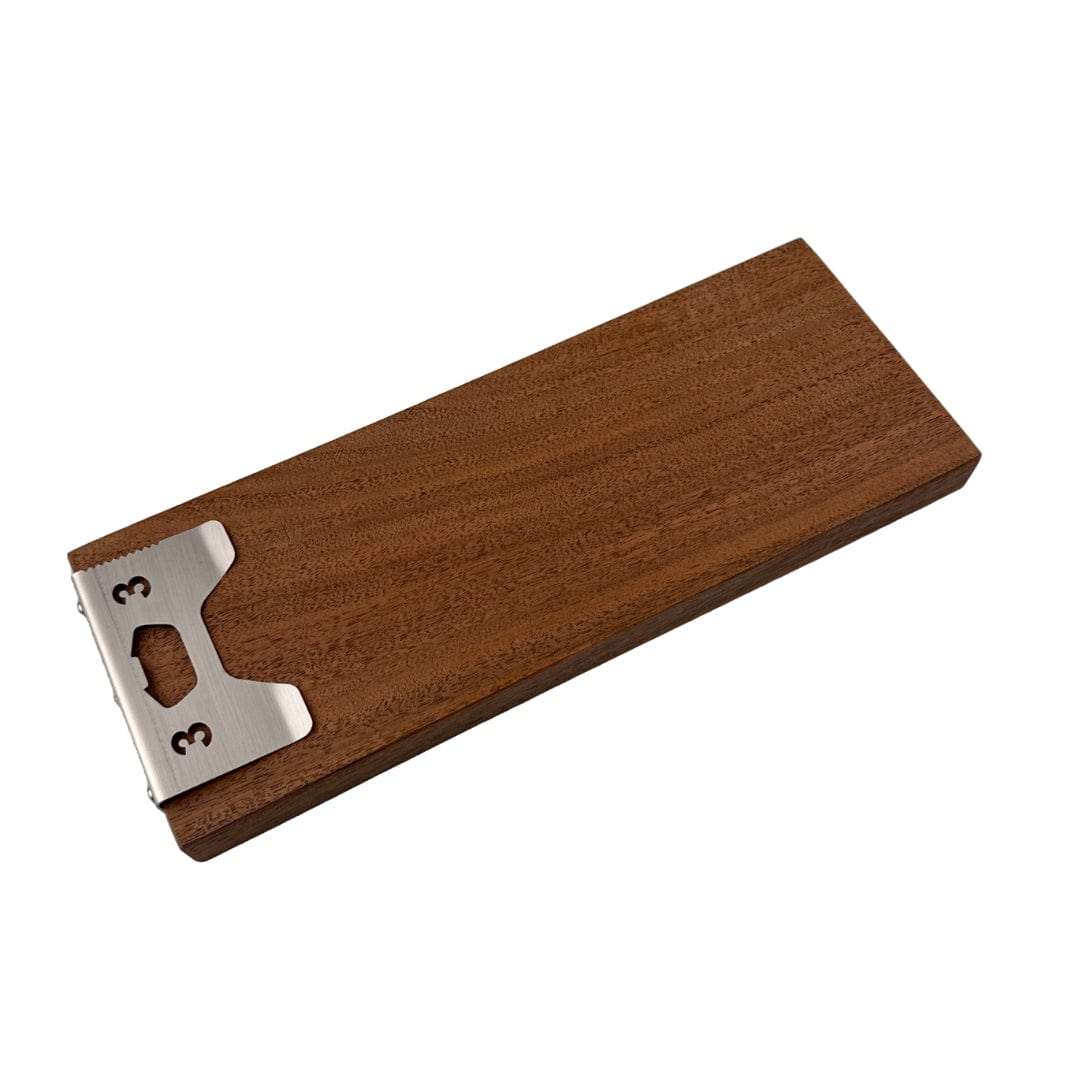
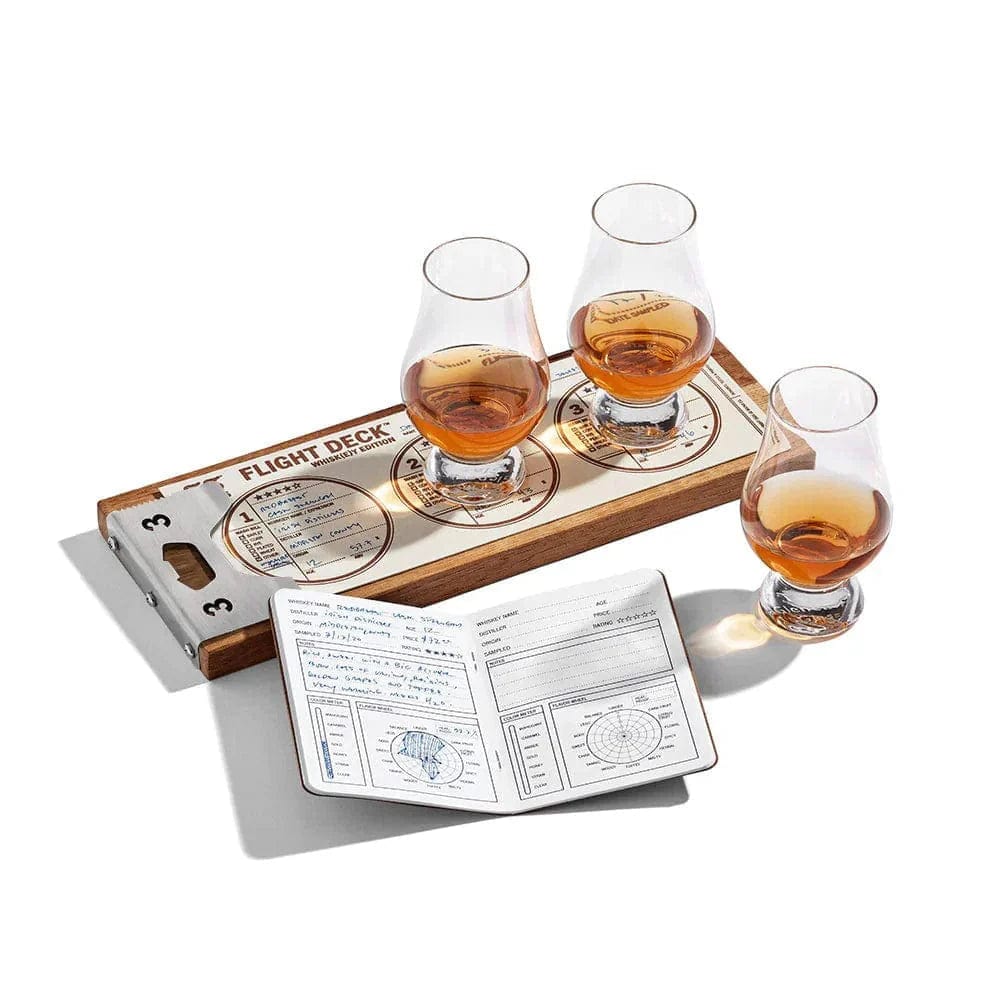
33 Books USA – Flight Board – Oregon Walnut – 30.5 cm
€39,95
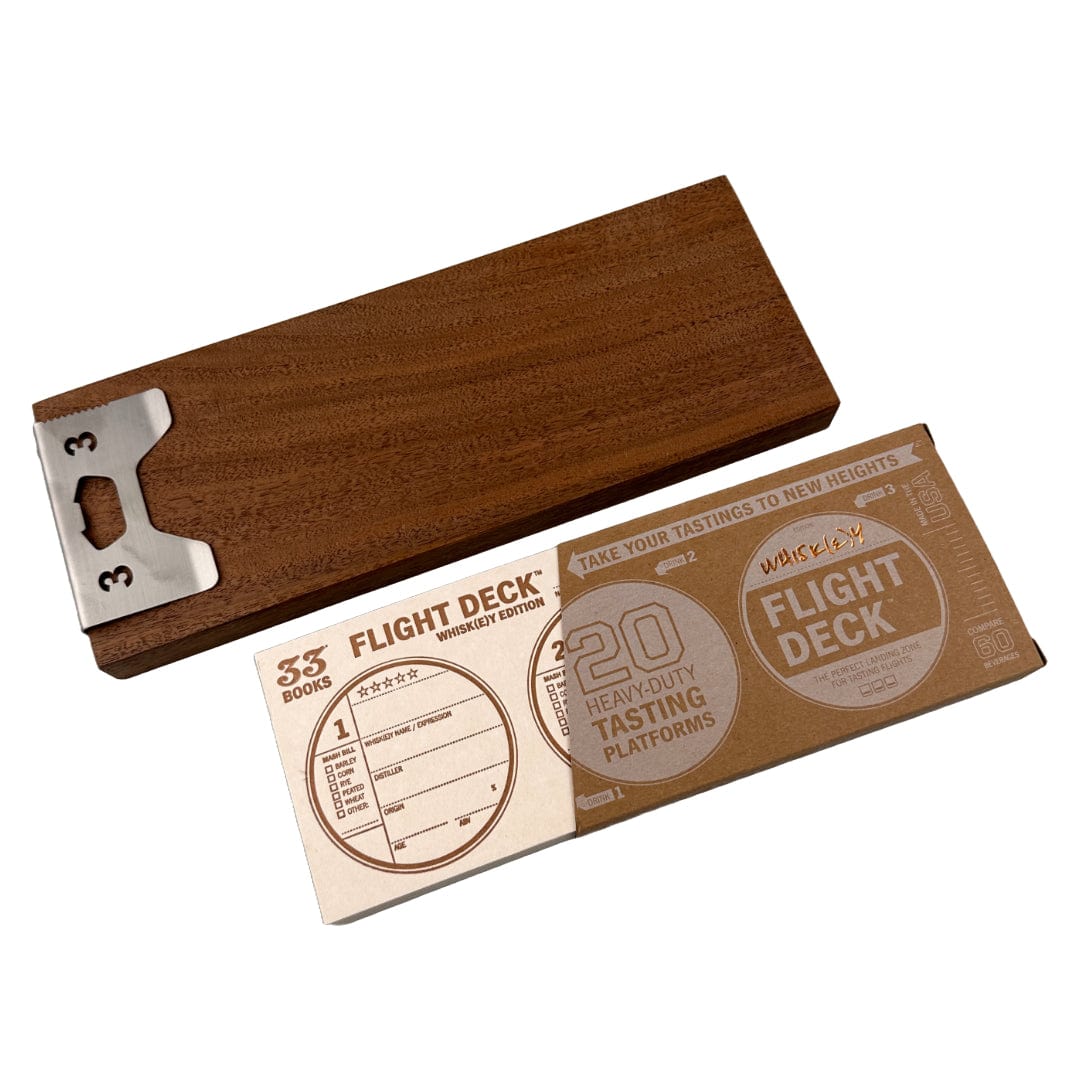
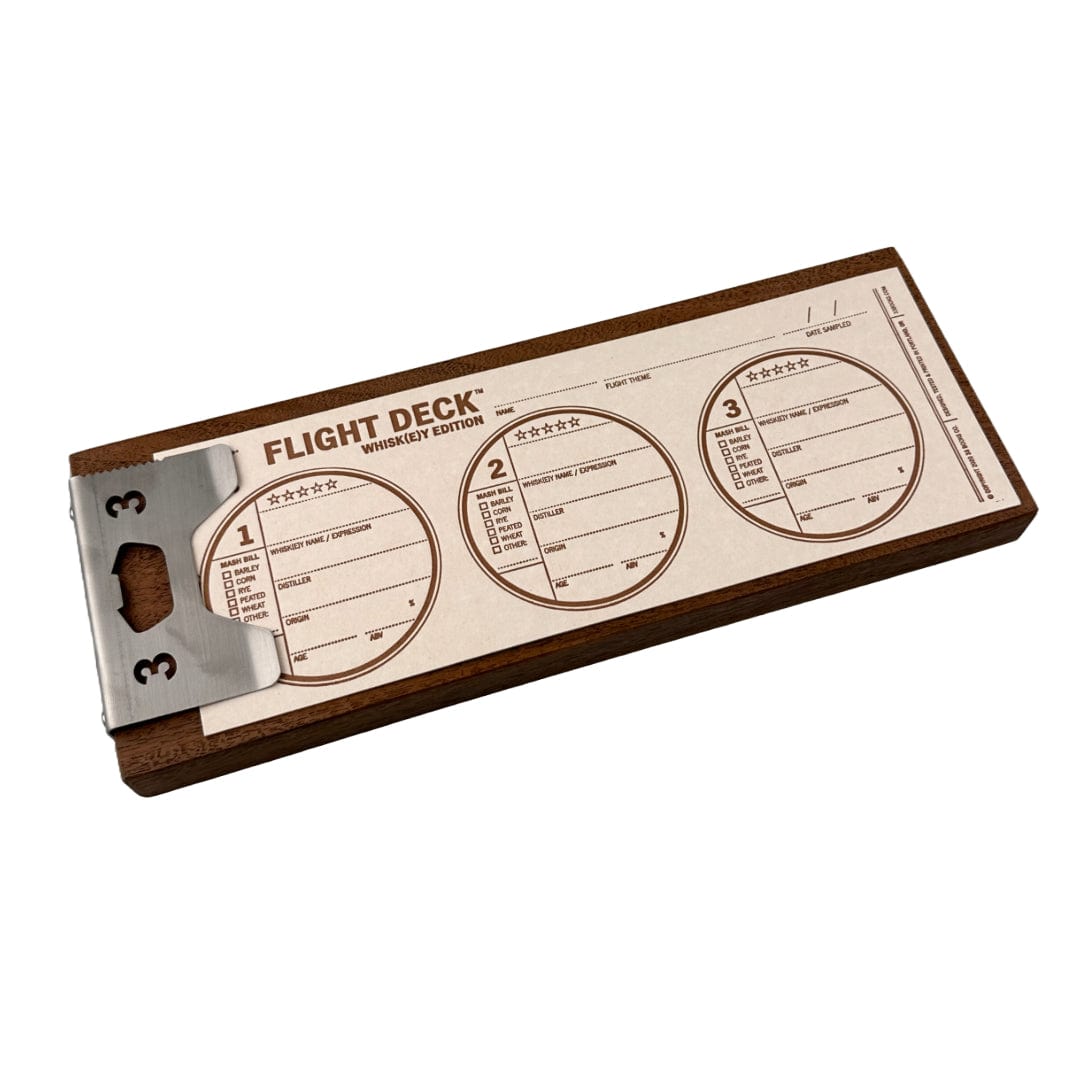
33 Books USA – Flight Board – Black Walnut – Whisky Tastings
€54,95
Books to support tastings
View all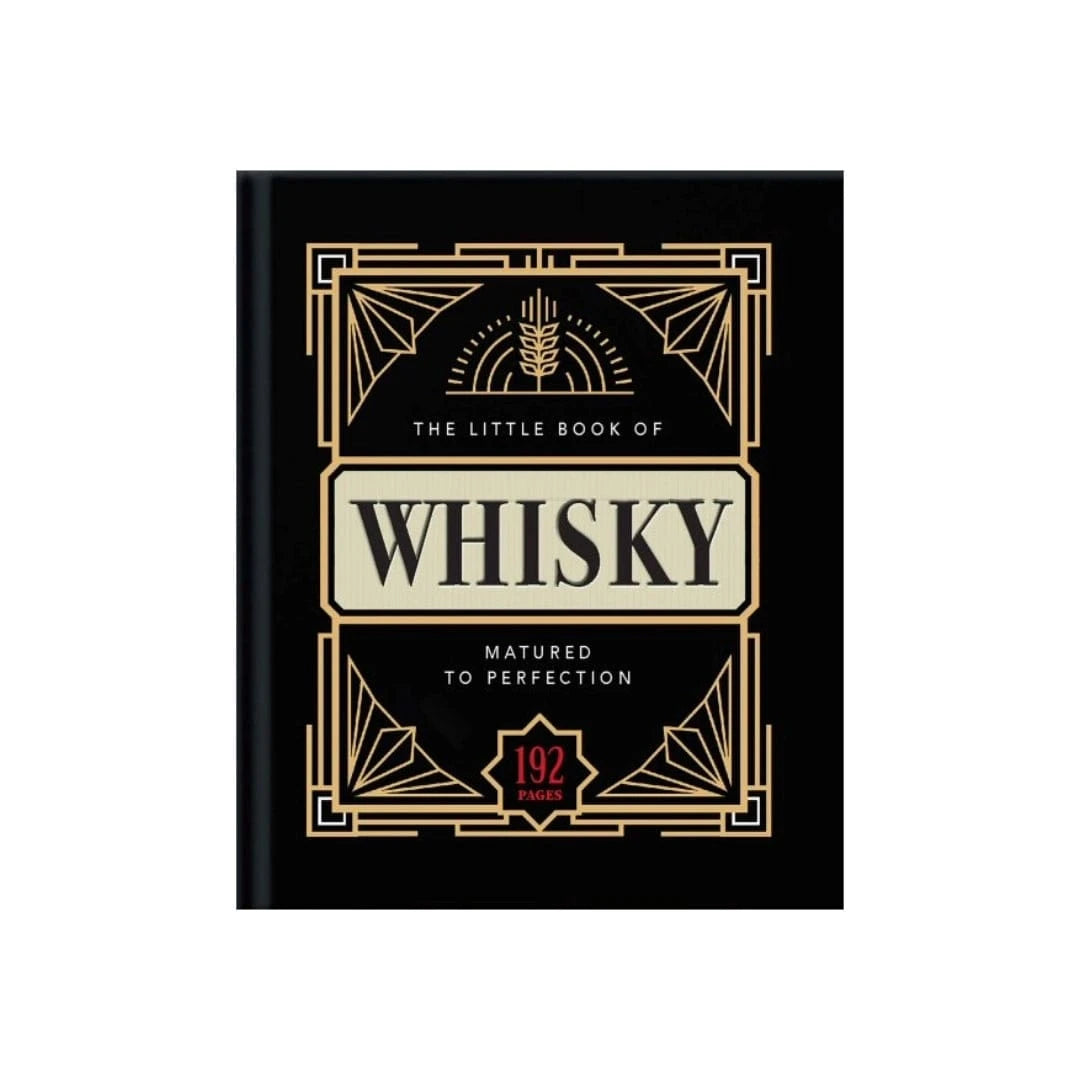
White Mule – The Little Book of Whisky – Premium Edition – For Enthusiasts
€14,95
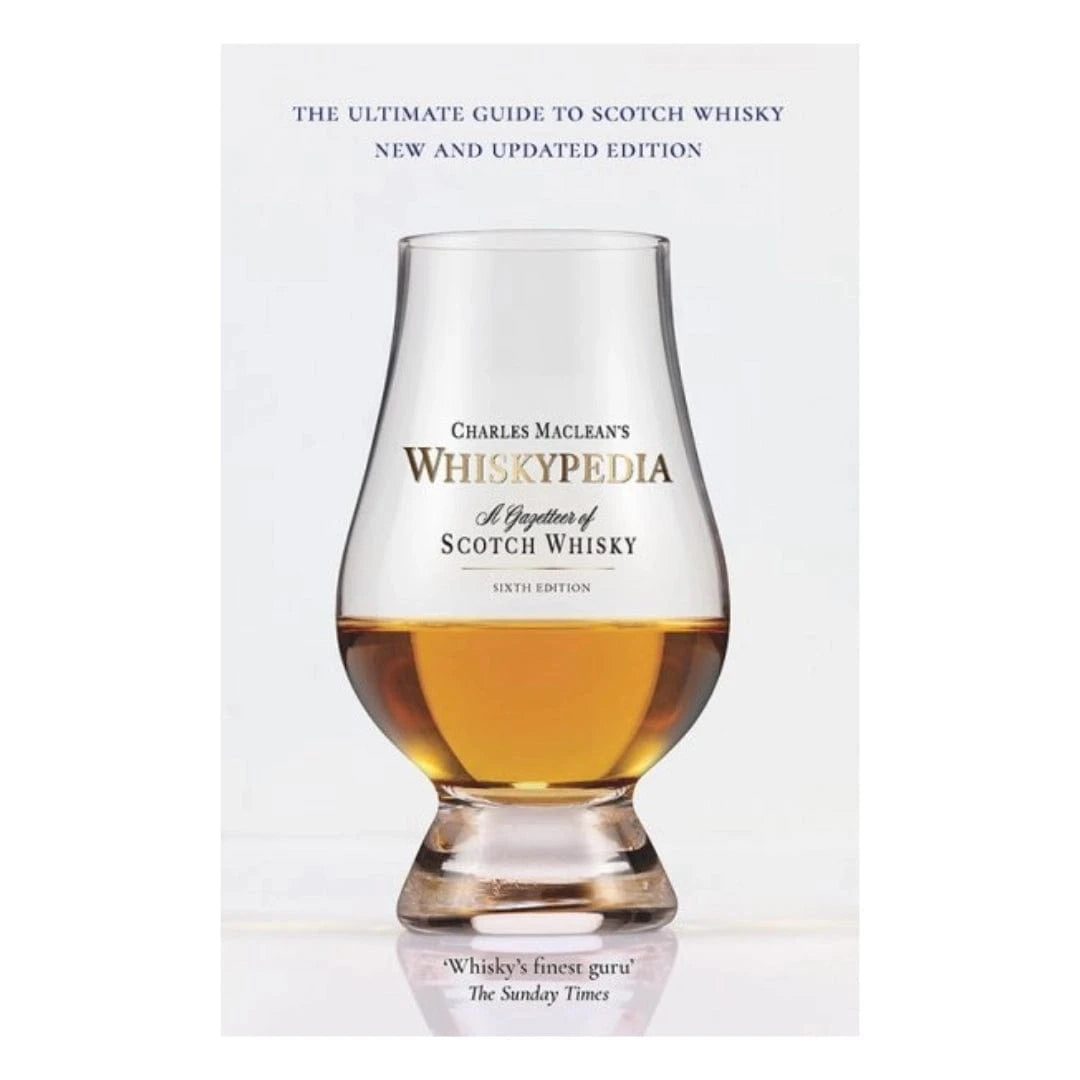
Whiskypedia – Guide Book – Comprehensive Insights – For Whisky Lovers
€29,95
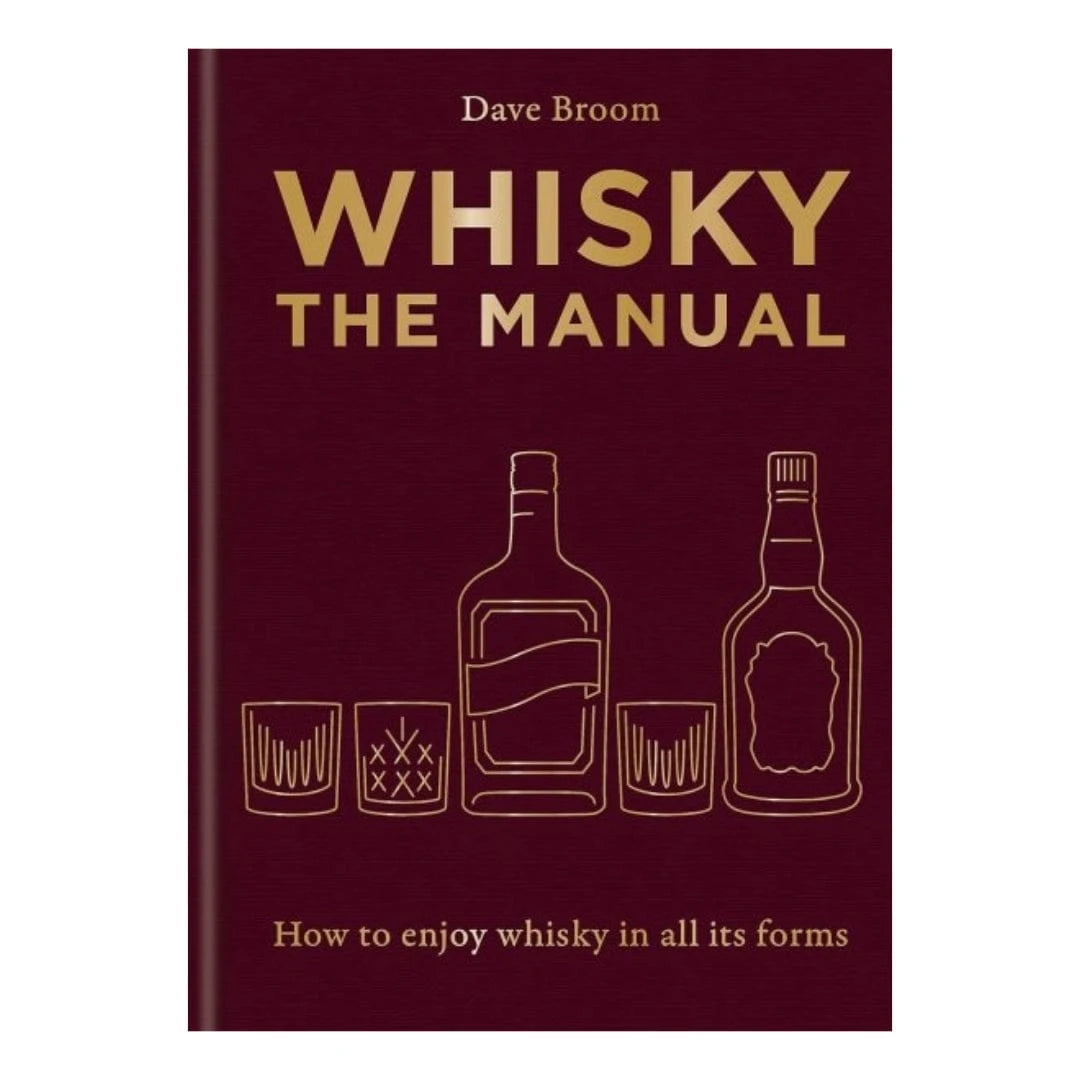
Whisky The Manual – Guide Book – Expert Insights – For Enthusiasts
€34,95
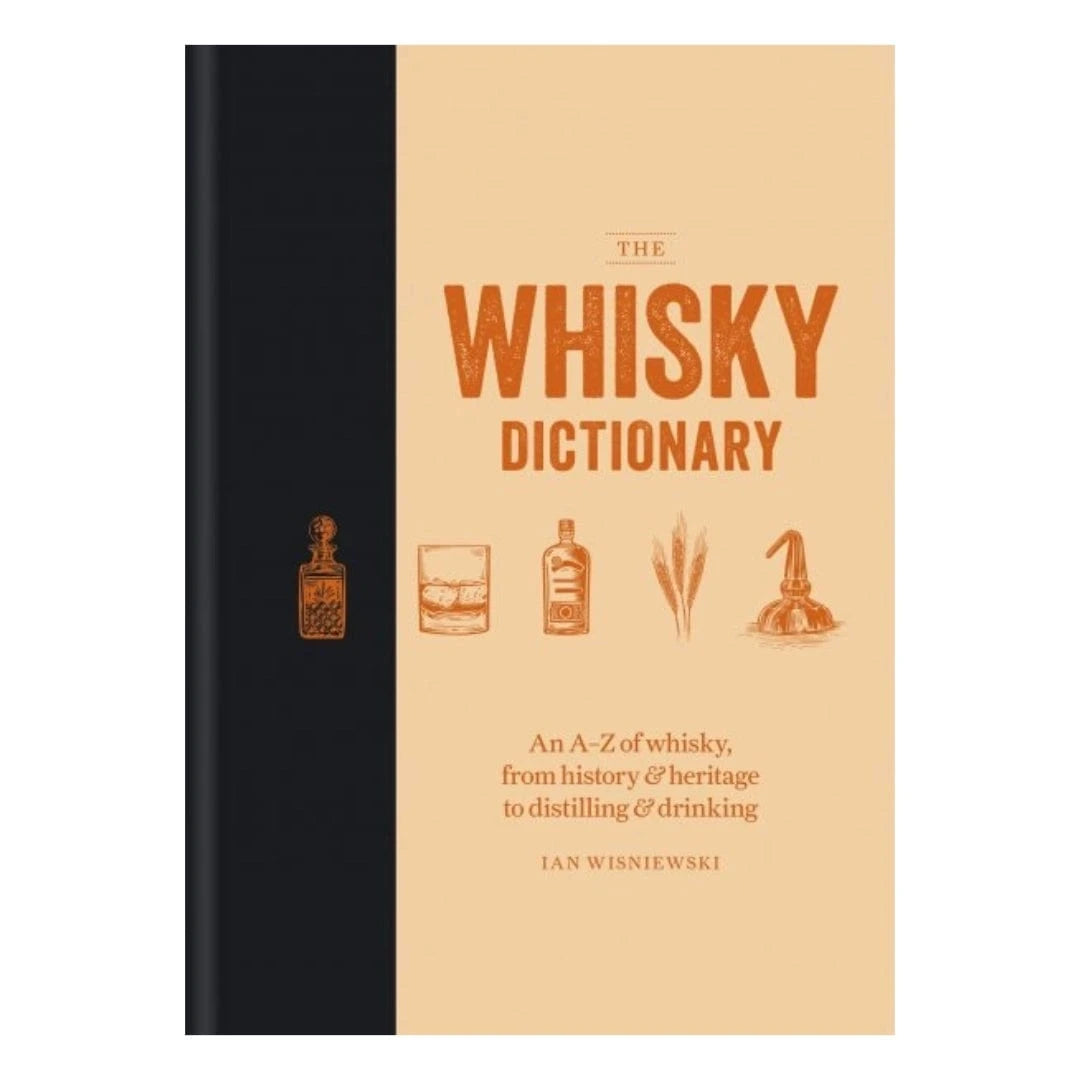
The Whisky Dictionary – Book – A to Z Guide – For Whisky Enthusiasts
€34,95
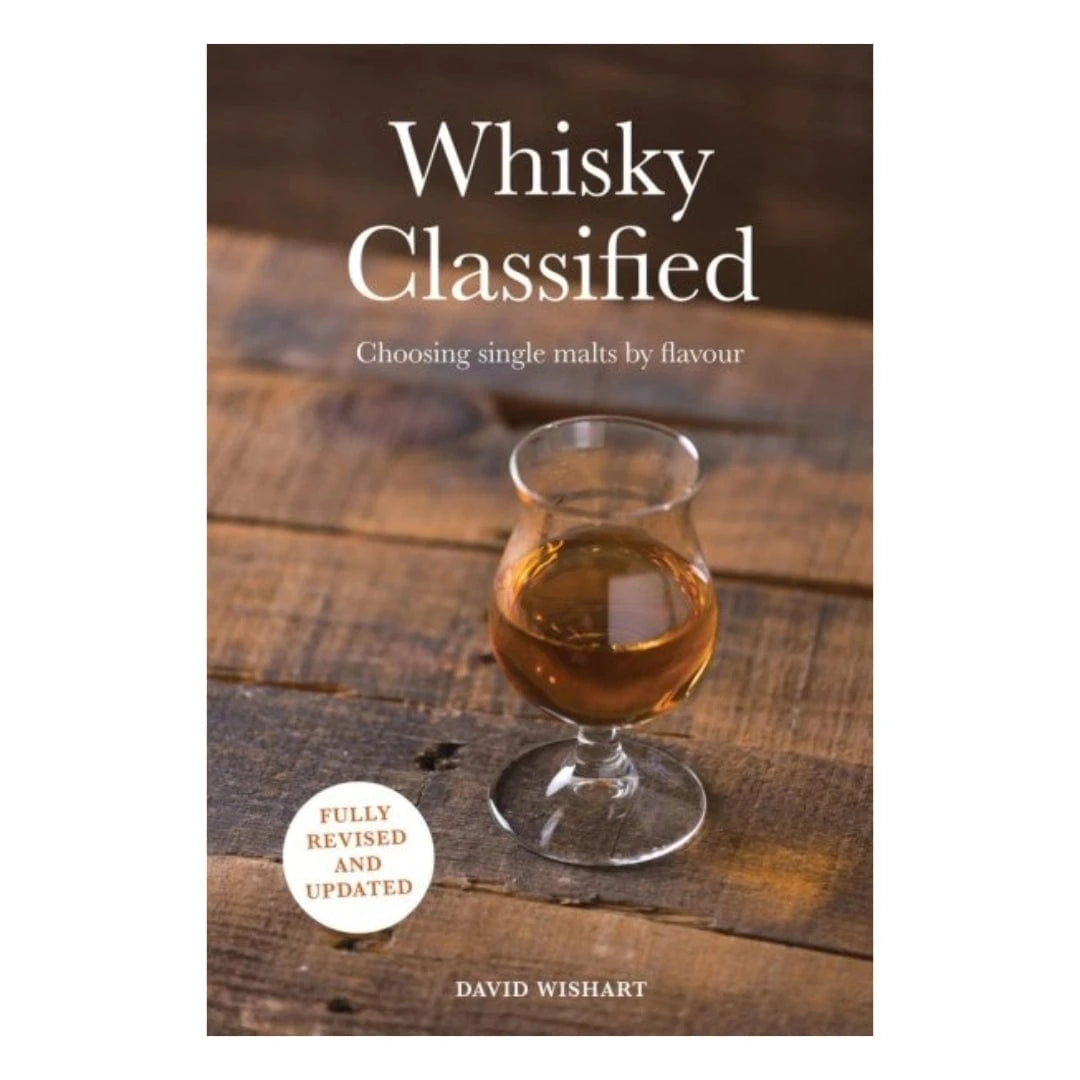
David Wishart – Whisky Guide Book – Flavor Profiles – For Enthusiasts
€37,95
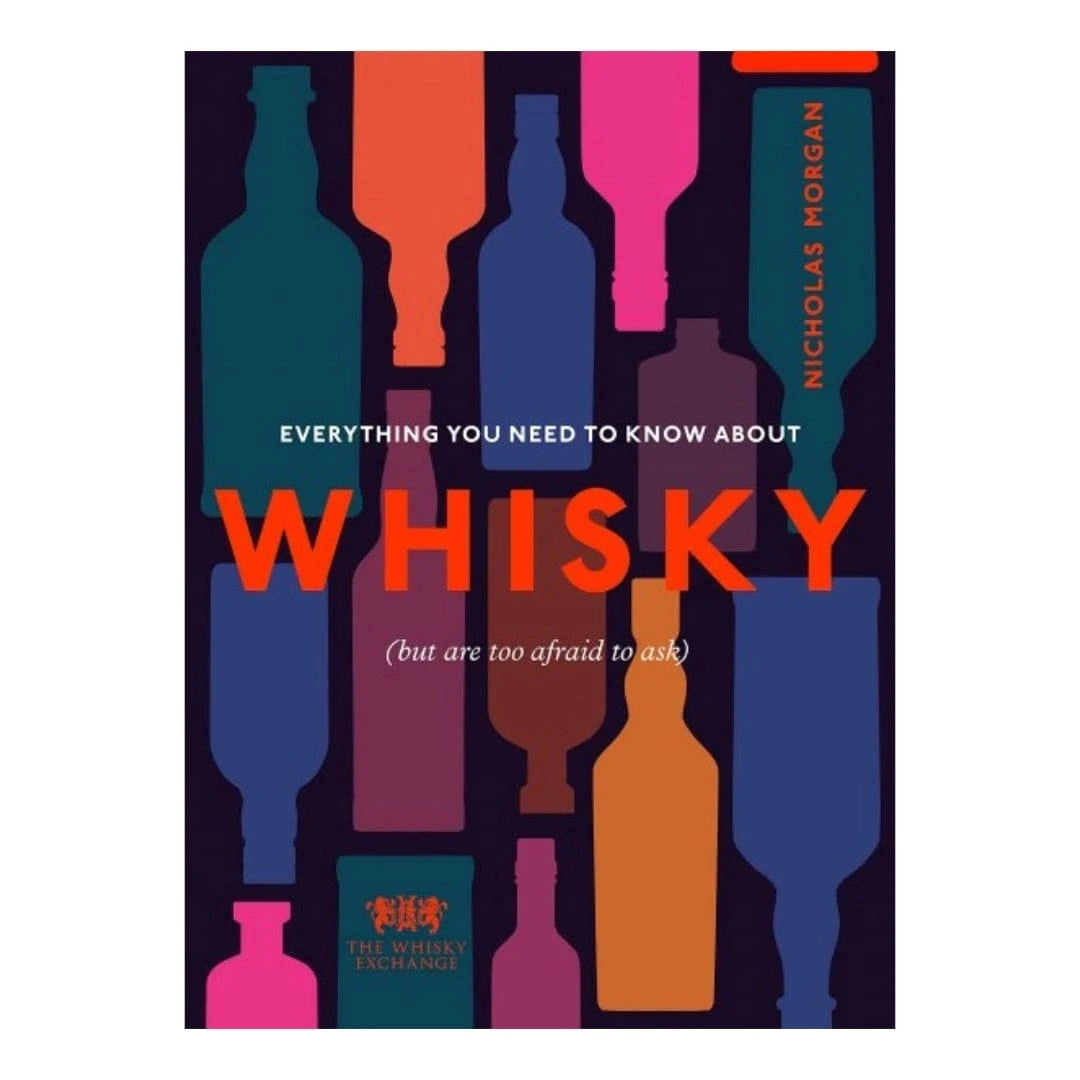
The Whisky Exchange – Book – Comprehensive Guide – For Enthusiasts
€37,95

Insight Editions – Whisky Book – Tasting Course – For Enthusiasts
€37,95
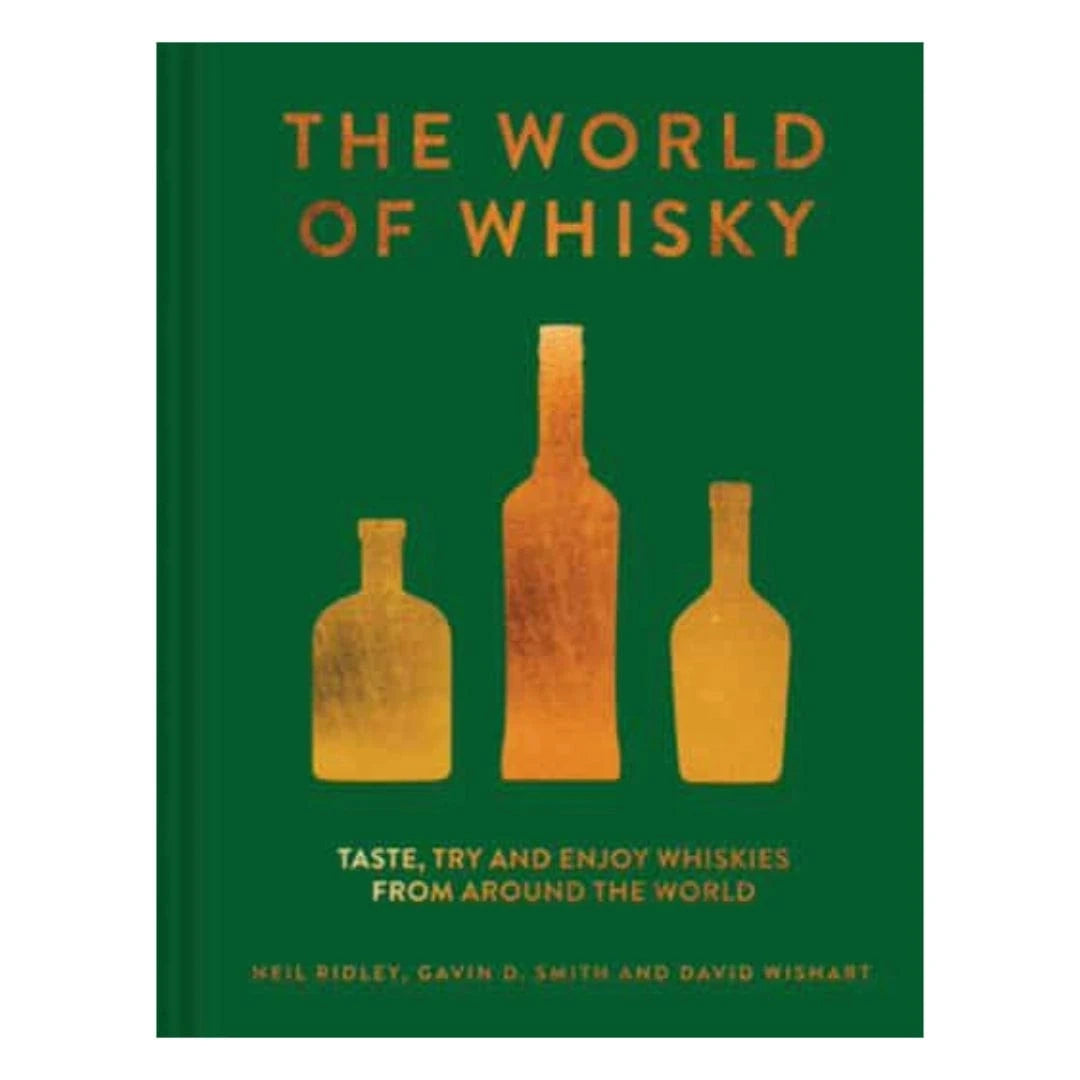
The World of Whisky – Book – Expert Insights – For Enthusiasts
€69,95
Whisky tasting gift sets
View all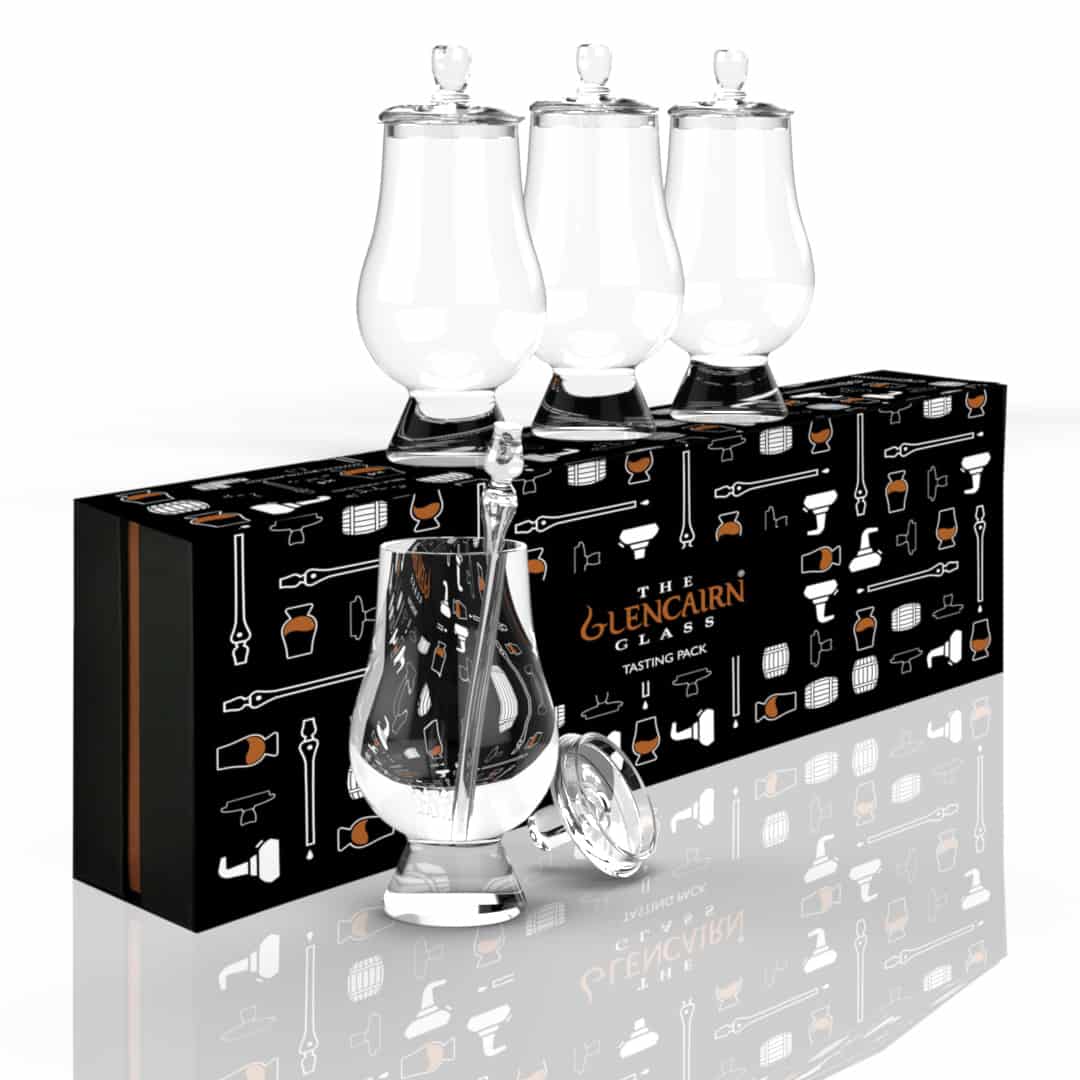
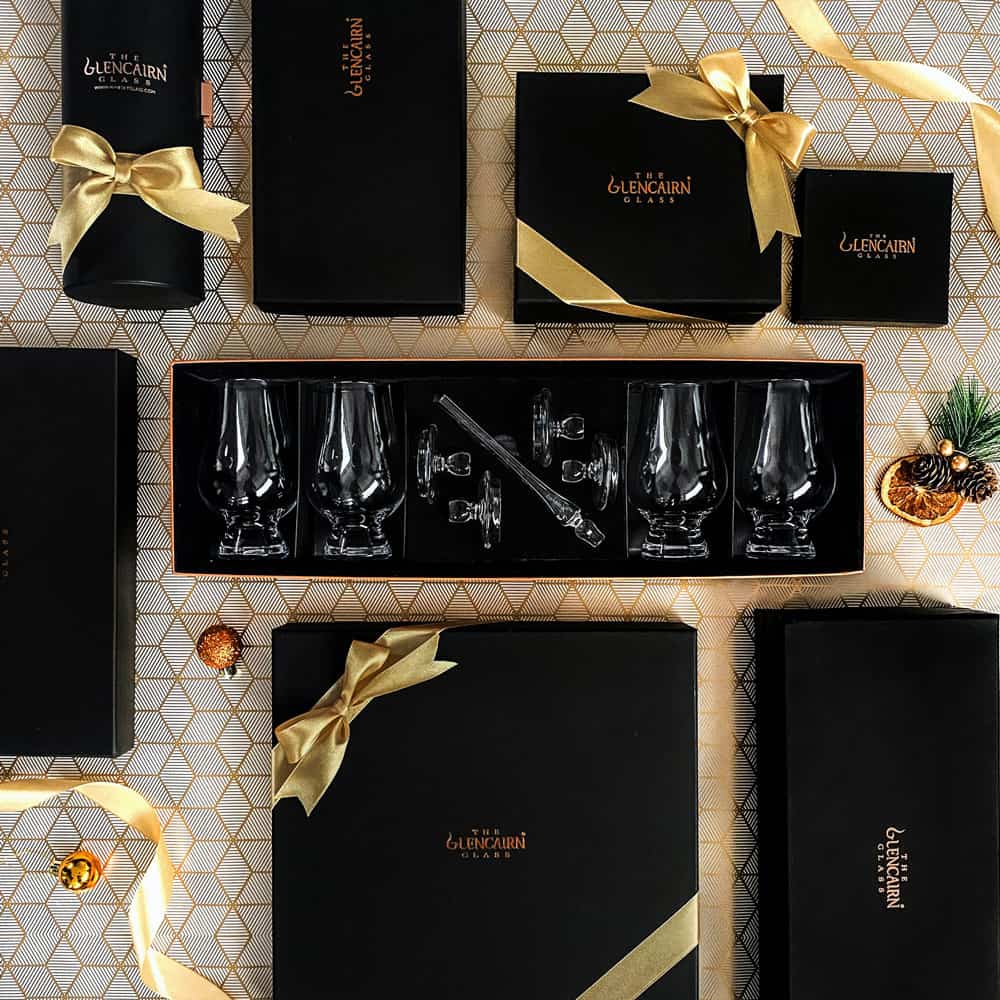
Glencairn – Whisky Tasting Pack – Crystal Glasses – Set of 4
€72,95
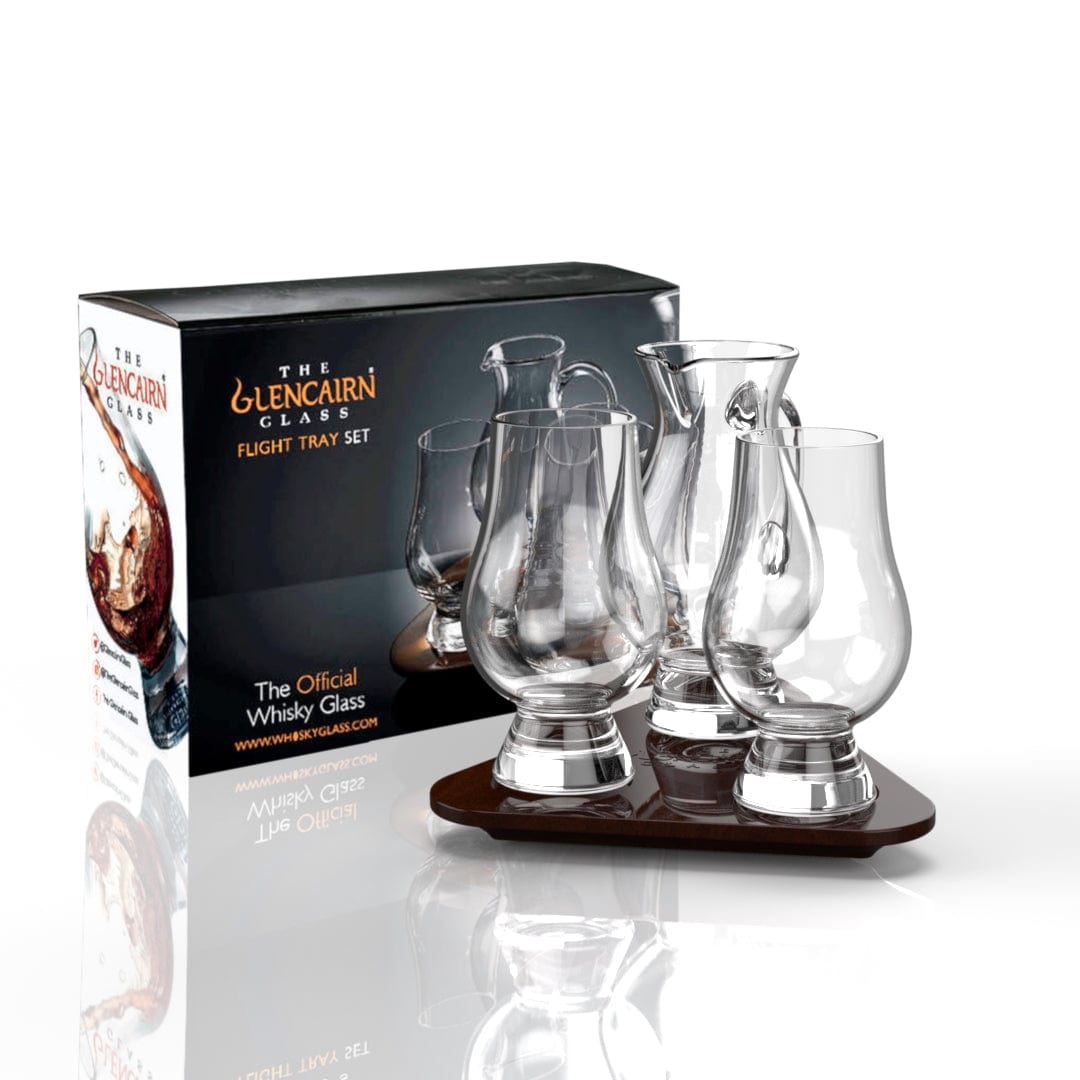
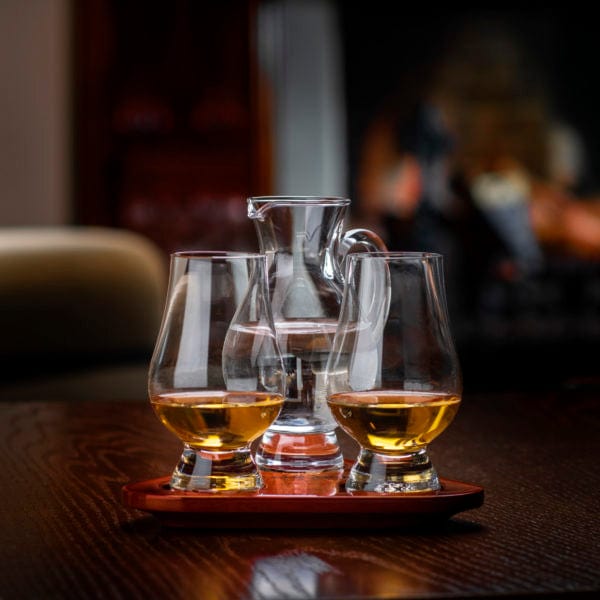
Glencairn – Flight Tray Whisky Set – Oak and Crystal – 3 Pieces
€66,95
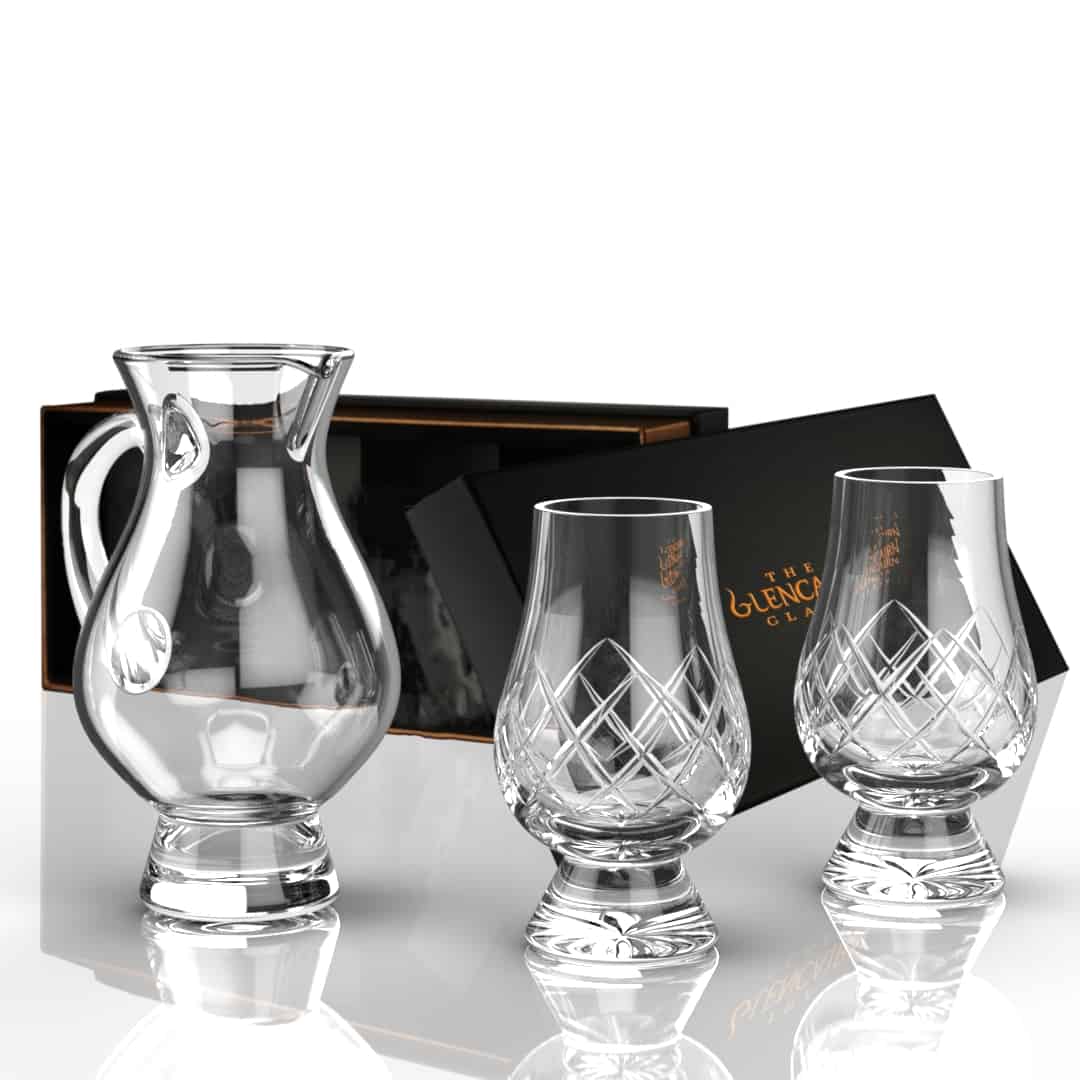
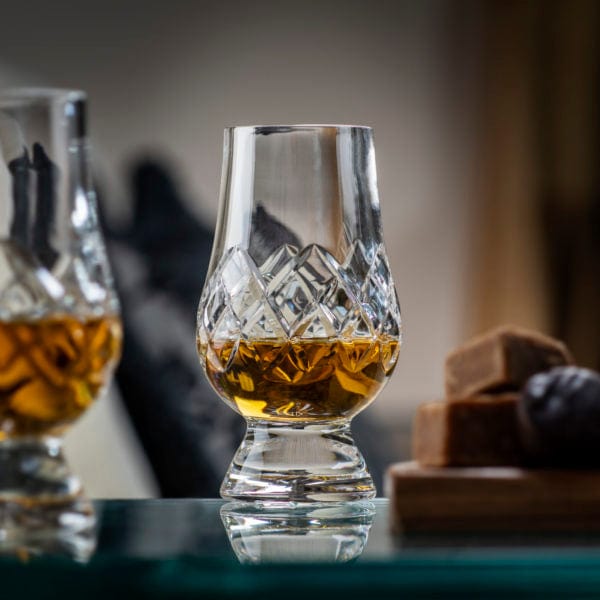
Glencairn – Water Jug Gift Set – Cut Crystal – Includes 2 Glasses
€108,95


Glencairn – Whisky Blind Tasting Set – Colored Glasses – Set of 5
€67,95
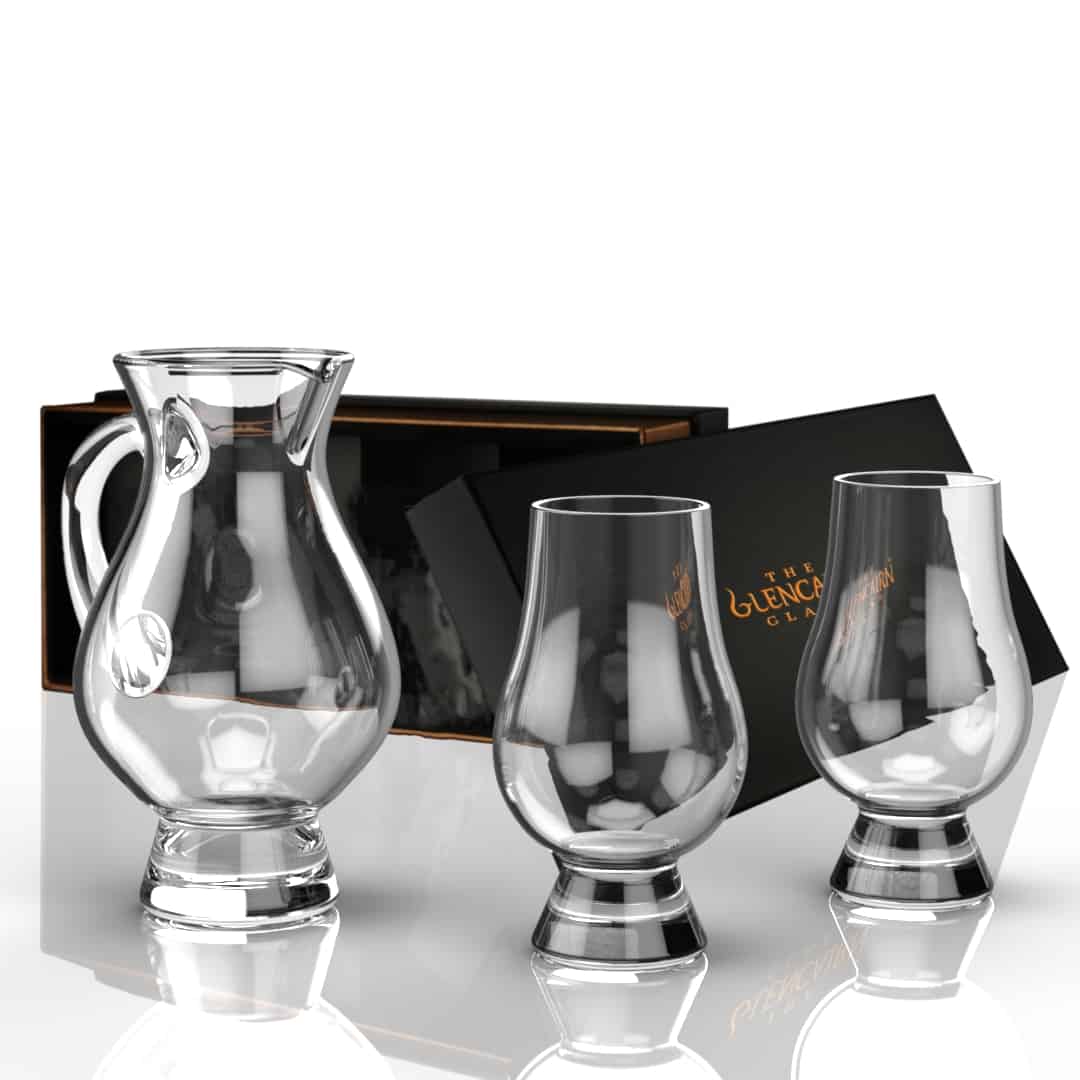
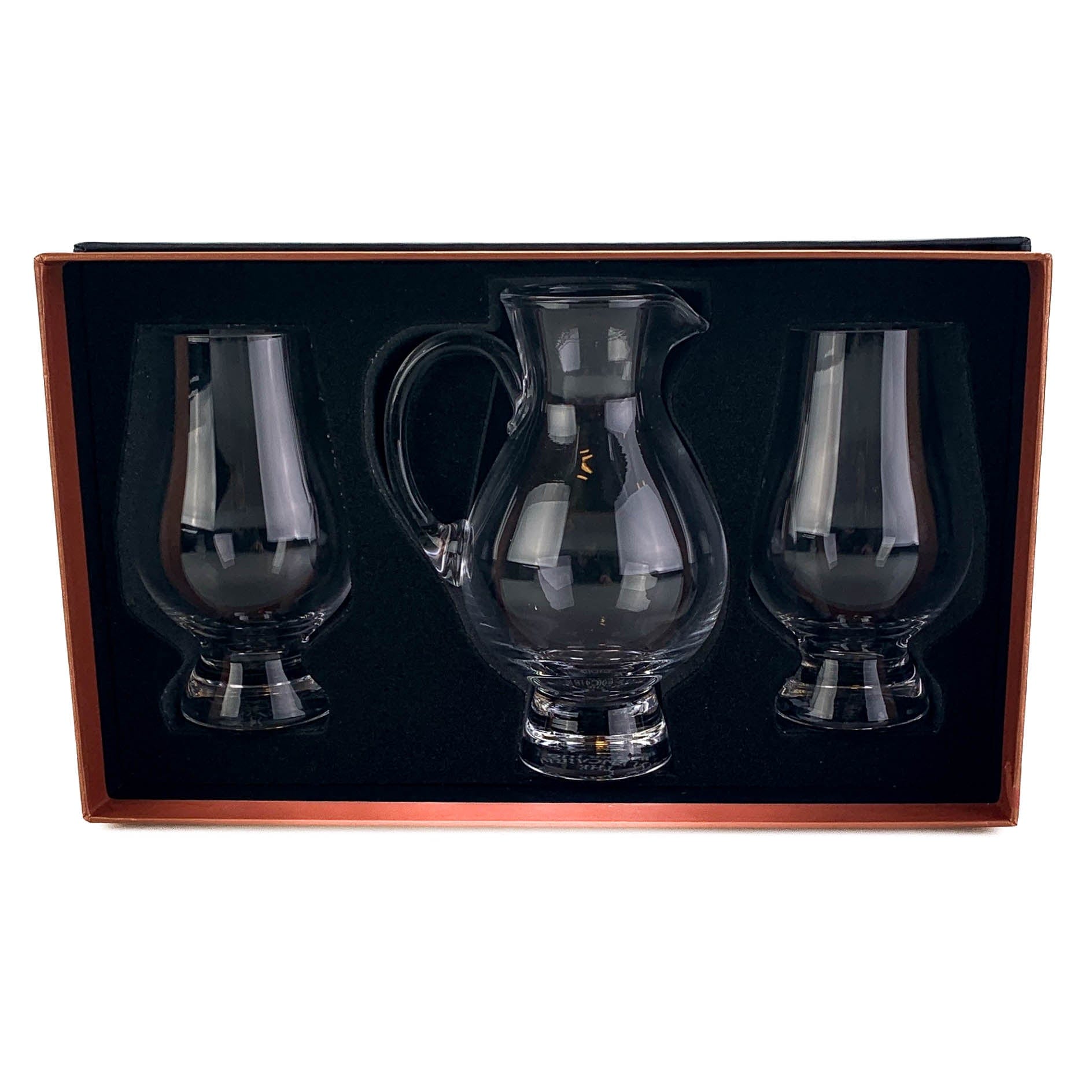
Glencairn – Water Jug Gift Set – Lead-Free Crystal – 3 Pieces
€61,95


Darach – Tasting Set – Glencairn WEE Glass and Jug – Handmade
€62,95
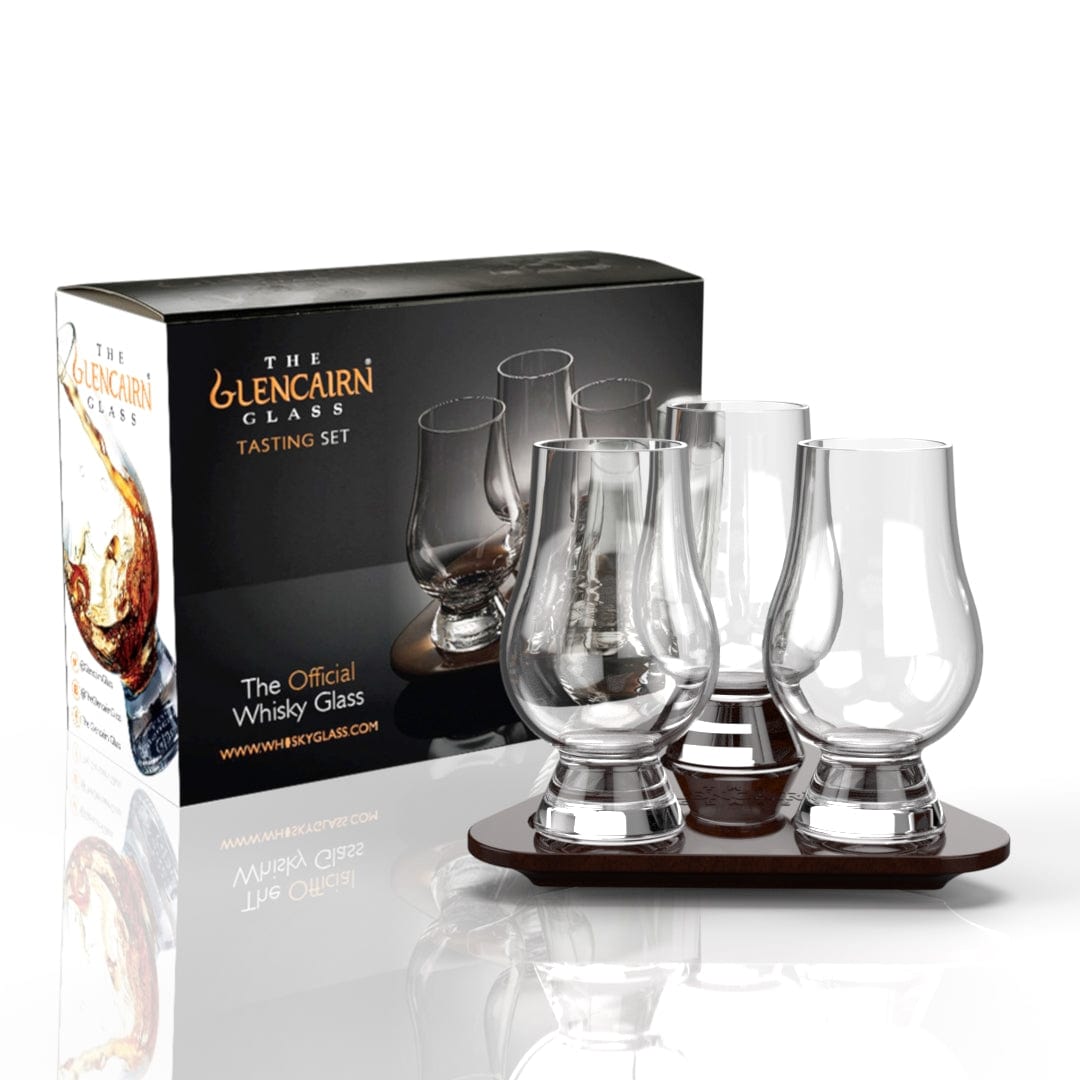
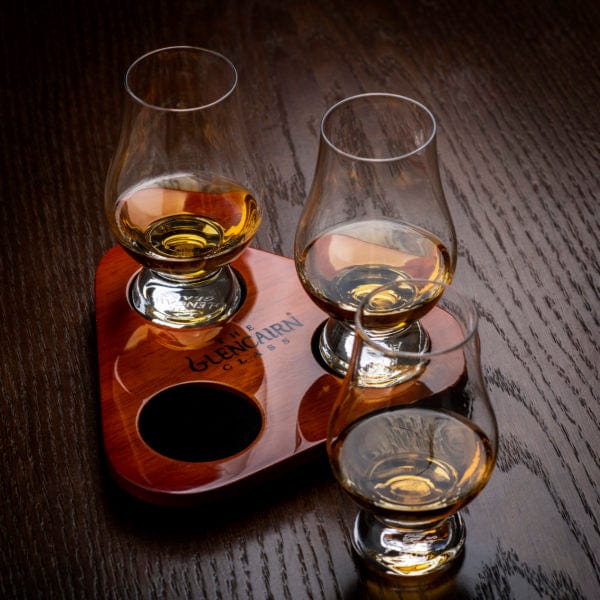
Glencairn – Whisky Tasting Set – Oak Tray – Set of 3 Glasses
€52,95
Got Questions About Whisky Tastings? We've Got You Covered!
Which whiskies should I choose for a beginner-friendly tasting?
Start with smooth and approachable drams! A great lineup could be:
Glenlivet 12 – Fruity and easy-going
Auchentoshan American Oak – A triple-distilled, soft Lowlander
Highland Park 12 – A touch of smoke without scaring people off
💡 Tip: Want a surprise element? Throw in a Redbreast 12 (Irish whiskey) – it’s sherried, silky, and unexpected!
What about a tasting for more advanced whisky lovers?
Up the complexity! Try:
Springbank 10 – A cult favorite, slightly funky, and full of character
Lagavulin 16 – Peat lovers’ heaven
GlenDronach 15 Revival – Sherry bomb deluxe
💡 Surprise factor? A Clynelish 14 – waxy, coastal, and underrated.
How many whiskies should I include in a tasting?
Aim for four to six whiskies. Three is too little, and more than six turns into a survival game rather than a tasting. Keep water and neutral snacks (like oatcakes) handy to keep palates fresh!
Does the glass really matter?
Oh, absolutely! A proper whisky glass enhances aromas and flavors. Ditch the tumbler and go for:
Standard whisky tasting glasses (150-200 ml) – Perfectly fine for most tastings.
Smaller tasting glasses (70-120 ml) – These are often used in professional tastings and whisky festivals. The compact size concentrates the aromas beautifully.
Glencairn Glass – The go-to glass with a tulip shape for maximum nosing.
Copita Glass – Used by professionals, excellent for delicate aromas.
NEAT Glass – Reduces alcohol burn in the nose, great for beginners.
💡 Fun tip: Smell your whisky first with your mouth slightly open – it helps pick up more subtle notes!
How do I assess a whisky like a pro?
Follow the "Look, Smell, Taste, Finish" method:
Look – Observe the color (but don’t judge, as cask type influences it more than age).
Smell – Give it a swirl, let the aromas rise, and use our Whisky Tasting Wheel to pinpoint notes.
Taste – Take a small sip, let it coat your mouth, and discover the layers.
Finish – Notice how long the flavors linger. A great whisky stays with you.
What’s the deal with adding water?
Adding a few drops of room-temperature water can open up hidden aromas and soften alcohol heat. Experiment with different amounts – sometimes just a tiny drop works wonders!
Should I blind-taste the whiskies?
Yes! Blind tastings remove bias and make things way more fun. Cover the bottles and number the glasses – see who can guess which is which!
Any fun ways to engage guests during a tasting?
Make it interactive! Try:
"Guess the Region" – Can they tell a smoky Islay from a fruity Speyside?
"Find the Flavor" – Using the Whisky Tasting Wheel, let guests pinpoint specific notes.
"Battle of the Drams" – Let everyone vote for their favorite.
What’s the best food pairing for whisky?
Forget the usual! Try:
Dark chocolate (especially with sherried whiskies)
Aged cheese (works wonders with smoky drams)
Dried fruit & nuts (classic with Speyside and Highland whiskies)
What should I do with leftover whisky?
Store bottles upright, away from direct sunlight, and make sure they’re sealed tight. If you really want to geek out, use argon gas to prevent oxidation.
Any must-have books or guides for whisky lovers?
Absolutely! Check out:
The Whisky Tasting Journal – Keep track of your favorites.
The Whisky Tasting Wheel – The easiest way to describe what you’re smelling and tasting.
Our in-depth Whisky Guidebooks – Learn more about casks, aging, and regions!
How do I level up my whisky knowledge?
Attend a Masterclass or start hosting your own themed tastings. Try "Battle of the Peated Whiskies" or "Sherry Bomb Showdown" to keep things exciting!
Which whiskies should I choose for a beginner-friendly tasting?
Start with smooth and approachable drams! A great lineup could be:
Glenlivet 12 – Fruity and easy-going
Auchentoshan American Oak – A triple-distilled, soft Lowlander
Highland Park 12 – A touch of smoke without scaring people off
💡 Tip: Want a surprise element? Throw in a Redbreast 12 (Irish whiskey) – it’s sherried, silky, and unexpected!
What about a tasting for more advanced whisky lovers?
Up the complexity! Try:
Springbank 10 – A cult favorite, slightly funky, and full of character
Lagavulin 16 – Peat lovers’ heaven
GlenDronach 15 Revival – Sherry bomb deluxe
💡 Surprise factor? A Clynelish 14 – waxy, coastal, and underrated.
How many whiskies should I include in a tasting?
Aim for four to six whiskies. Three is too little, and more than six turns into a survival game rather than a tasting. Keep water and neutral snacks (like oatcakes) handy to keep palates fresh!
Does the glass really matter?
Oh, absolutely! A proper whisky glass enhances aromas and flavors. Ditch the tumbler and go for:
Standard whisky tasting glasses (150-200 ml) – Perfectly fine for most tastings.
Smaller tasting glasses (70-120 ml) – These are often used in professional tastings and whisky festivals. The compact size concentrates the aromas beautifully.
Glencairn Glass – The go-to glass with a tulip shape for maximum nosing.
Copita Glass – Used by professionals, excellent for delicate aromas.
NEAT Glass – Reduces alcohol burn in the nose, great for beginners.
💡 Fun tip: Smell your whisky first with your mouth slightly open – it helps pick up more subtle notes!
How do I assess a whisky like a pro?
Follow the "Look, Smell, Taste, Finish" method:
Look – Observe the color (but don’t judge, as cask type influences it more than age).
Smell – Give it a swirl, let the aromas rise, and use our Whisky Tasting Wheel to pinpoint notes.
Taste – Take a small sip, let it coat your mouth, and discover the layers.
Finish – Notice how long the flavors linger. A great whisky stays with you.
What’s the deal with adding water?
Adding a few drops of room-temperature water can open up hidden aromas and soften alcohol heat. Experiment with different amounts – sometimes just a tiny drop works wonders!
Should I blind-taste the whiskies?
Yes! Blind tastings remove bias and make things way more fun. Cover the bottles and number the glasses – see who can guess which is which!
Any fun ways to engage guests during a tasting?
Make it interactive! Try:
"Guess the Region" – Can they tell a smoky Islay from a fruity Speyside?
"Find the Flavor" – Using the Whisky Tasting Wheel, let guests pinpoint specific notes.
"Battle of the Drams" – Let everyone vote for their favorite.
What’s the best food pairing for whisky?
Forget the usual! Try:
Dark chocolate (especially with sherried whiskies)
Aged cheese (works wonders with smoky drams)
Dried fruit & nuts (classic with Speyside and Highland whiskies)
What should I do with leftover whisky?
Store bottles upright, away from direct sunlight, and make sure they’re sealed tight. If you really want to geek out, use argon gas to prevent oxidation.
Any must-have books or guides for whisky lovers?
Absolutely! Check out:
The Whisky Tasting Journal – Keep track of your favorites.
The Whisky Tasting Wheel – The easiest way to describe what you’re smelling and tasting.
Our in-depth Whisky Guidebooks – Learn more about casks, aging, and regions!
How do I level up my whisky knowledge?
Attend a Masterclass or start hosting your own themed tastings. Try "Battle of the Peated Whiskies" or "Sherry Bomb Showdown" to keep things exciting!
The Tasting Essentials – What You’ll Find in Our Shop
🥃 Tasting Glasses
Start with the classics. We stock everything from the world-famous Glencairn Glass to elegant nosing glasses and the innovative NEAT Glass. All designed to help you detect the subtle layers and complexities in your whisky.
💧 Pipettes & Water Droppers
Sometimes, a single drop of water reveals a completely different whisky. Our stylish glass pipettes, droppers, and water sets give you the precision and control you need to fine-tune your dram.
📓 Whisky Tasting Books & Notebooks
Want to keep track of your tasting notes? Dive into our collection of whisky books and tasting journals. Whether you're looking for educational reads or a beautiful logbook for your notes, these are perfect for anyone who wants to taste mindfully – and remember it later.
📋 Tasting Mats & Presentation Tools
Planning a tasting night? Our reusable tasting placemats, presentation trays, and glass markers help you create a professional set-up, whether it’s for your local whisky club or just your curious neighbour.
Hosting a Tasting? You’re in the Right Place.
At Mood4Whisky, we believe whisky tasting should be accessible, fun and just a bit refined. Whether you’re going solo or organising an evening with friends, our tools help you taste, compare, and enjoy – with confidence and class.
Perfect for personal use, gifts, or full-on whisky masterclasses.
Why Mood4Whisky?
We’re more than just a webshop – we’re your whisky wingman.
No long delivery times, no mystery suppliers, no plastic nonsense.
Just the good stuff, curated by real whisky lovers.
✔ Fast shipping from our own warehouse
✔ Europe’s best selection of whisky tasting gear
✔ Premium brands like Glencairn, Darach & Final Touch
✔ Free returns if it’s not the right fit
✔ Thousands of satisfied whisky fans (we see you, five-star reviewers)
Mood4Whisky – Your Tasting Journey Starts Here
Whisky is personal. Complex. A little mysterious.
Our tasting accessories help you explore, learn and share the joy of whisky – one sip at a time.
Shop now and take your whisky tastings to the next level.




